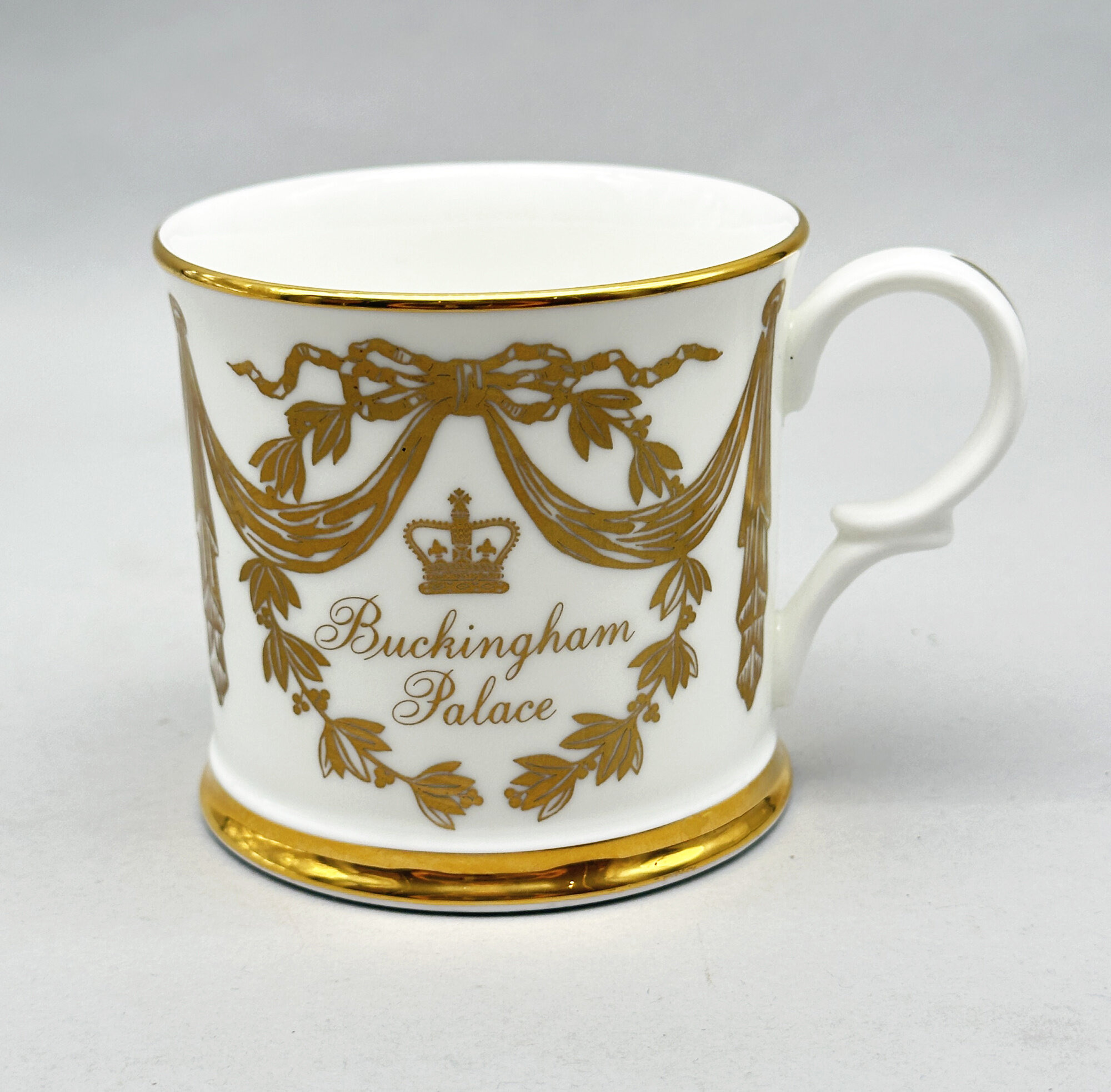
Porcelain Mug : Buckingham Palace 1997
Price: £10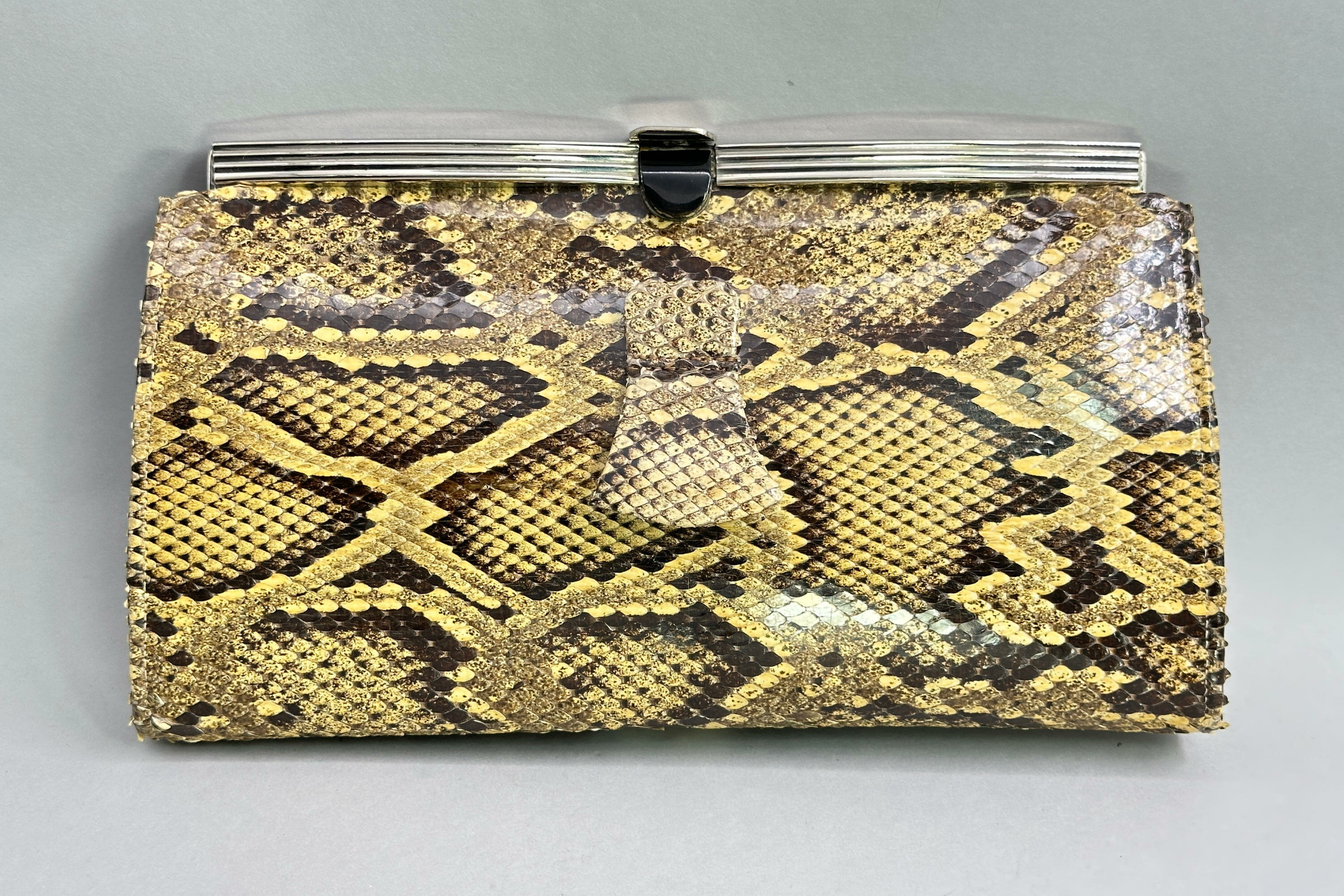
Art Deco Python Clutch
Price: £85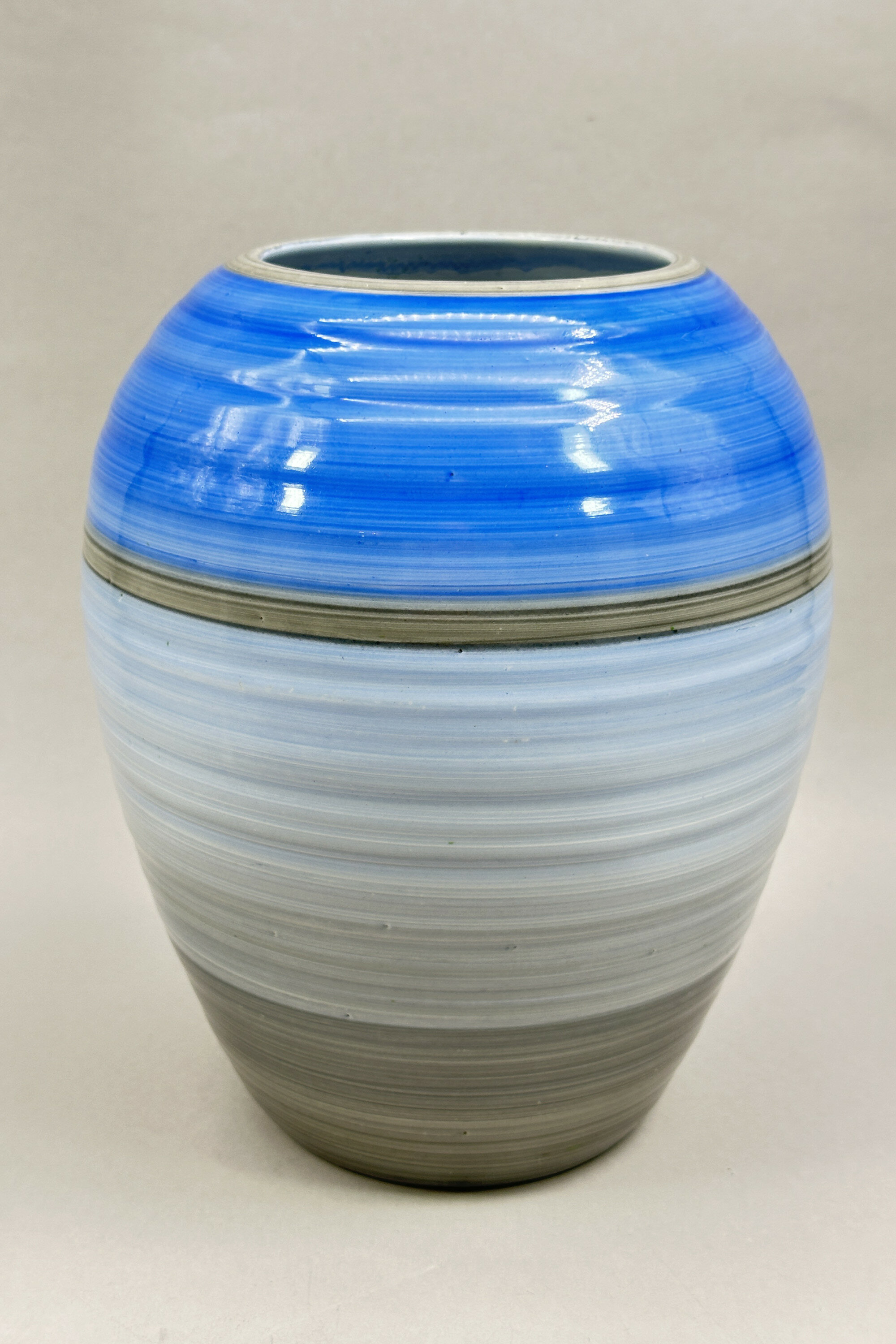
Large Shelley Harmony Ware Vase glazed in blue and grey, 1930s
Price: £75Shelley Potteries, situated in Staffordshire, was originally known as Wileman & Co. which had also traded under the name ‘The Foley Potteries’. The first Shelley to join the company was Joseph Ball Shelley in 1862, and it remained a Shelley family business until 1966, when it was taken over by Allied English Potteries. Joseph’s son Percy employed first the designer Frederick Rhead then Walter Slater who had worked with Doulton. It was Walter Slater’s son, Eric, who initiated the ‘Harmony’ range in 1932, at first with a series of banded designs as here and then with drip ware patterns which became enormously popular. Harmony ware was produced in a wide variety of colours and shapes, the plain ovoid form being typical and reflecting the Art Deco styles of the period, but this example is exceptionally large with a more unusual range of colourings.
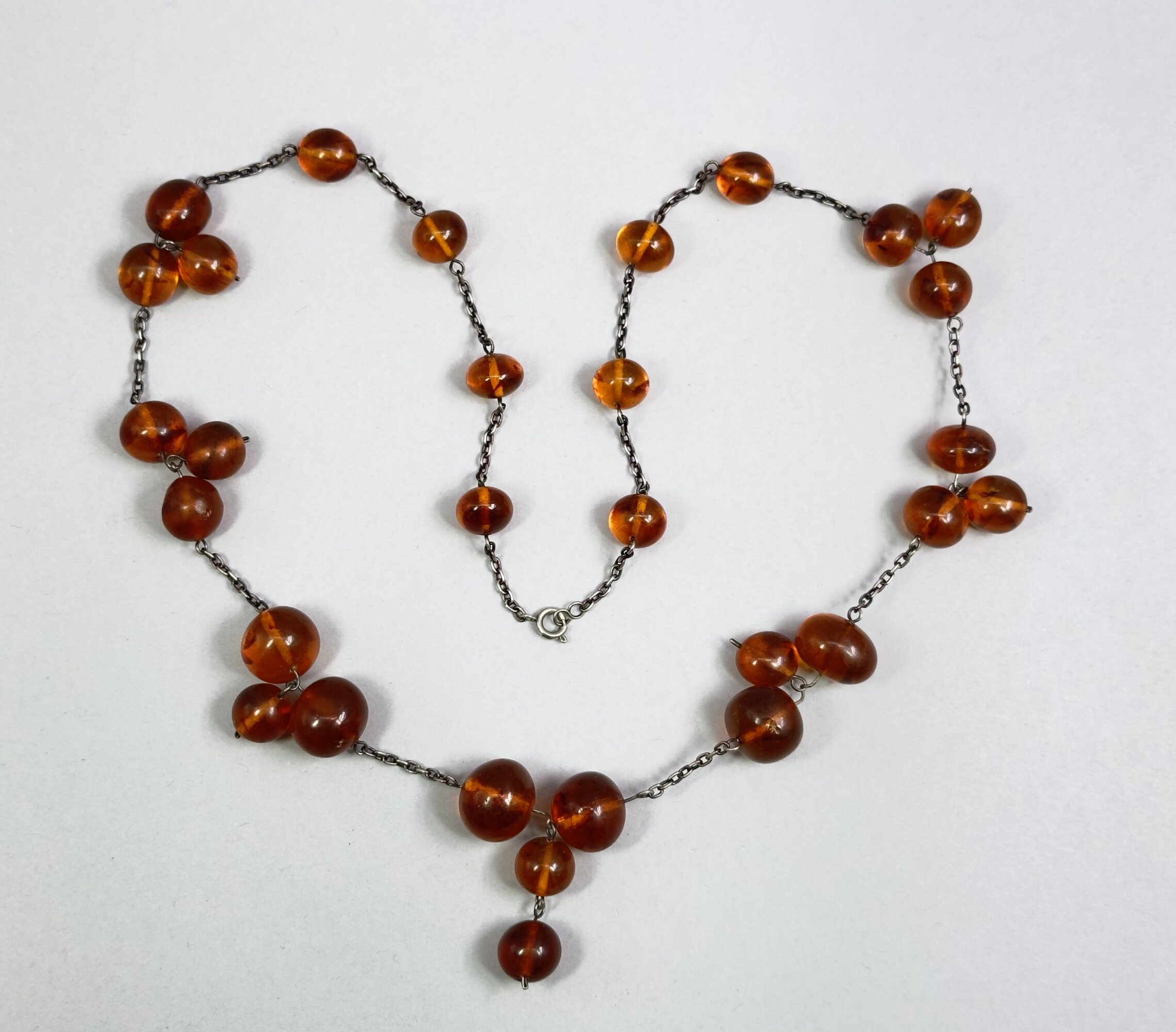
Amber statement necklace with round drops c1960
Price: £50
Charming small amber pendant brooch set as an owl c2000
Price: £15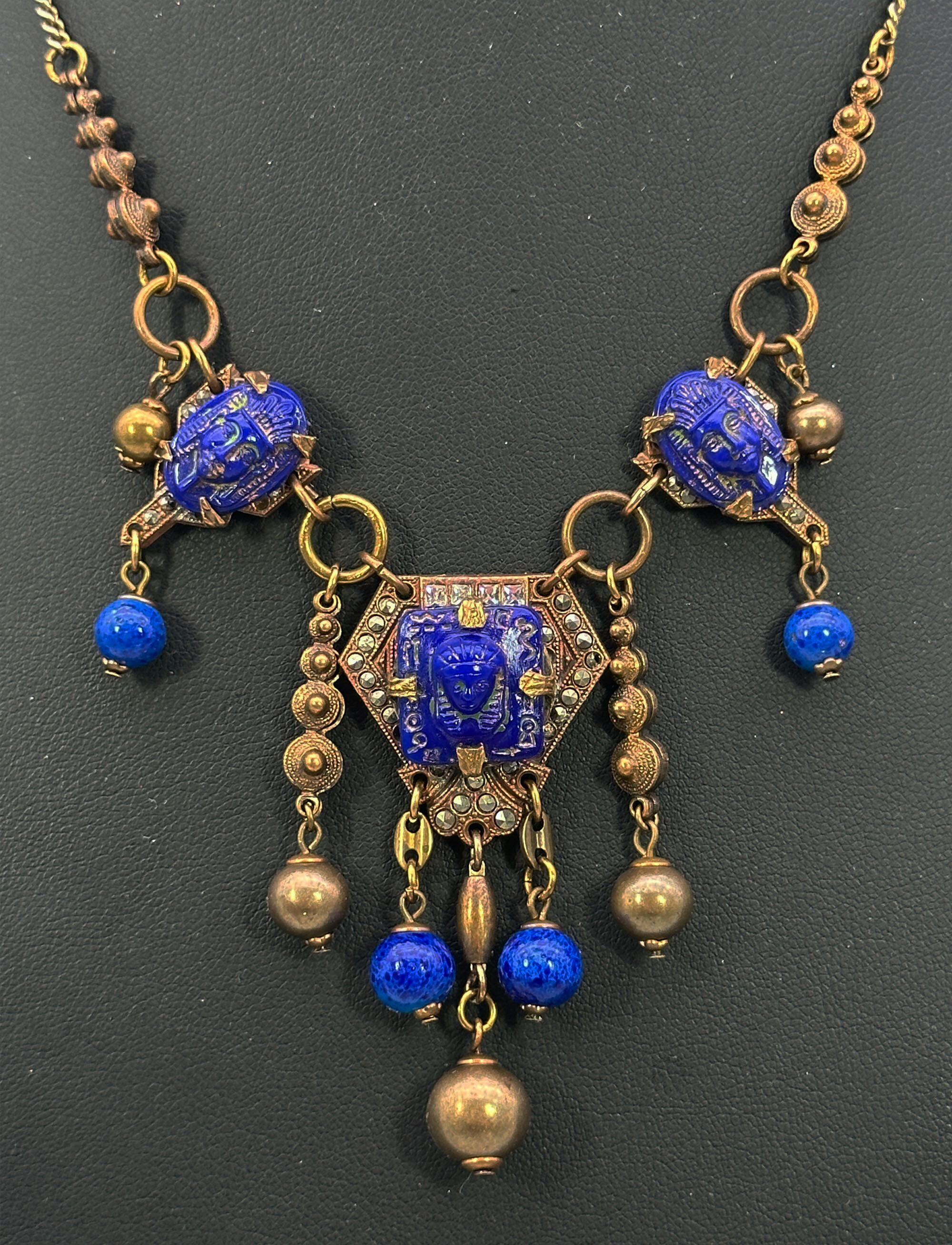
Neiger Brothers necklace with Egyptian Revival glass plaques c1930
Price: £225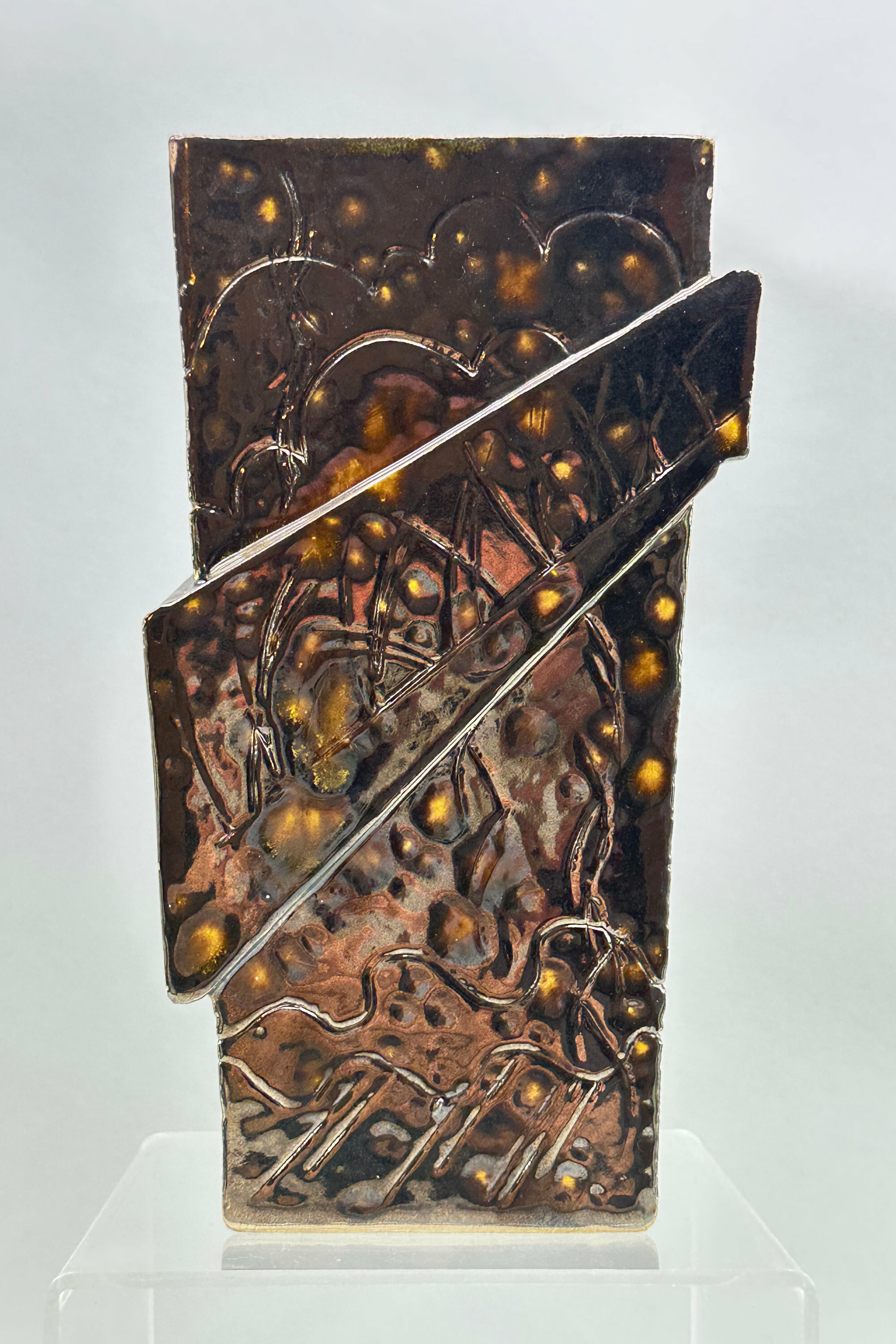
Art Deco Style brown lustre glaze triangular form Vase, signed, C20th
Price: £35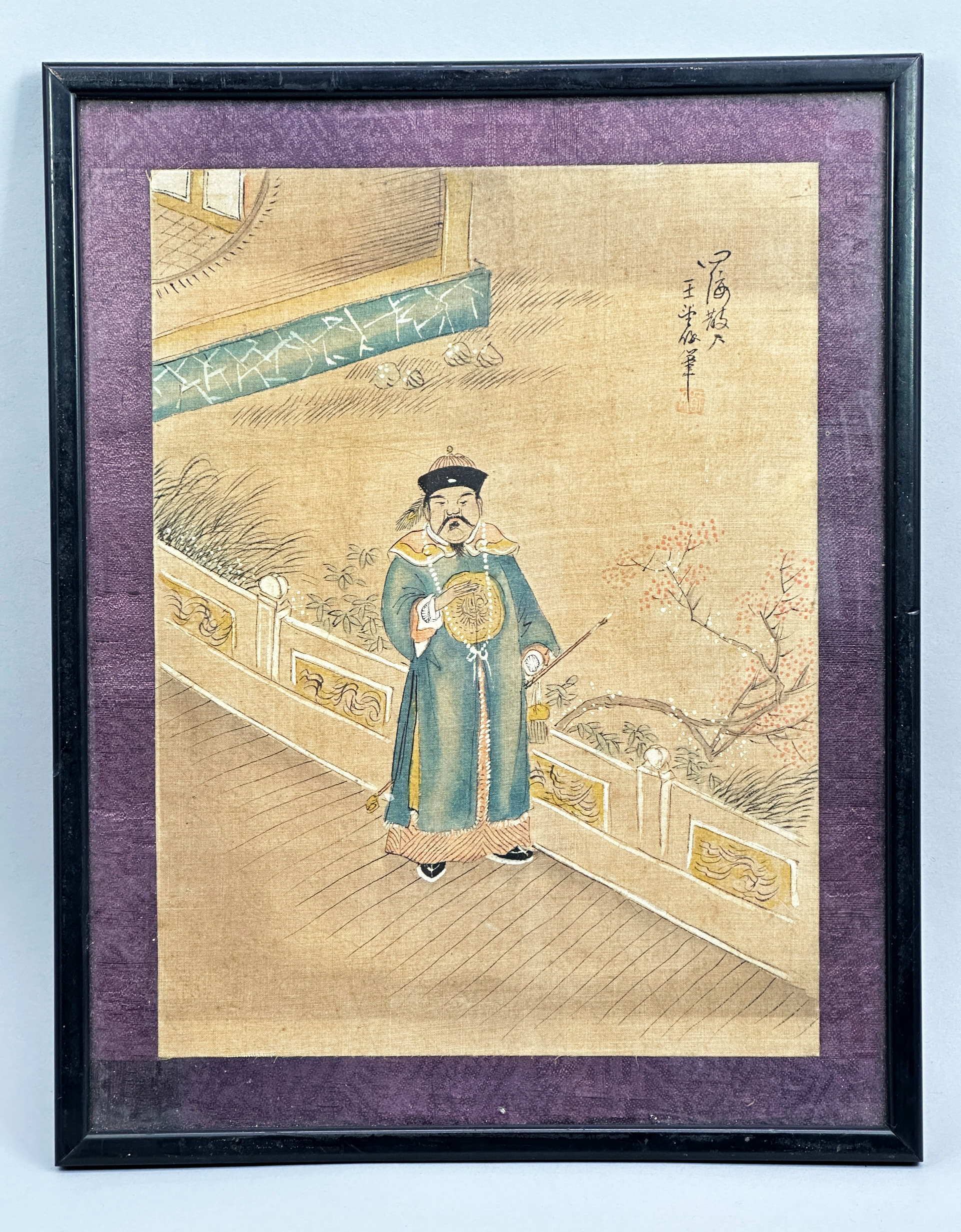
Framed Chinese Painting of a Court Official, C20th
Price: £45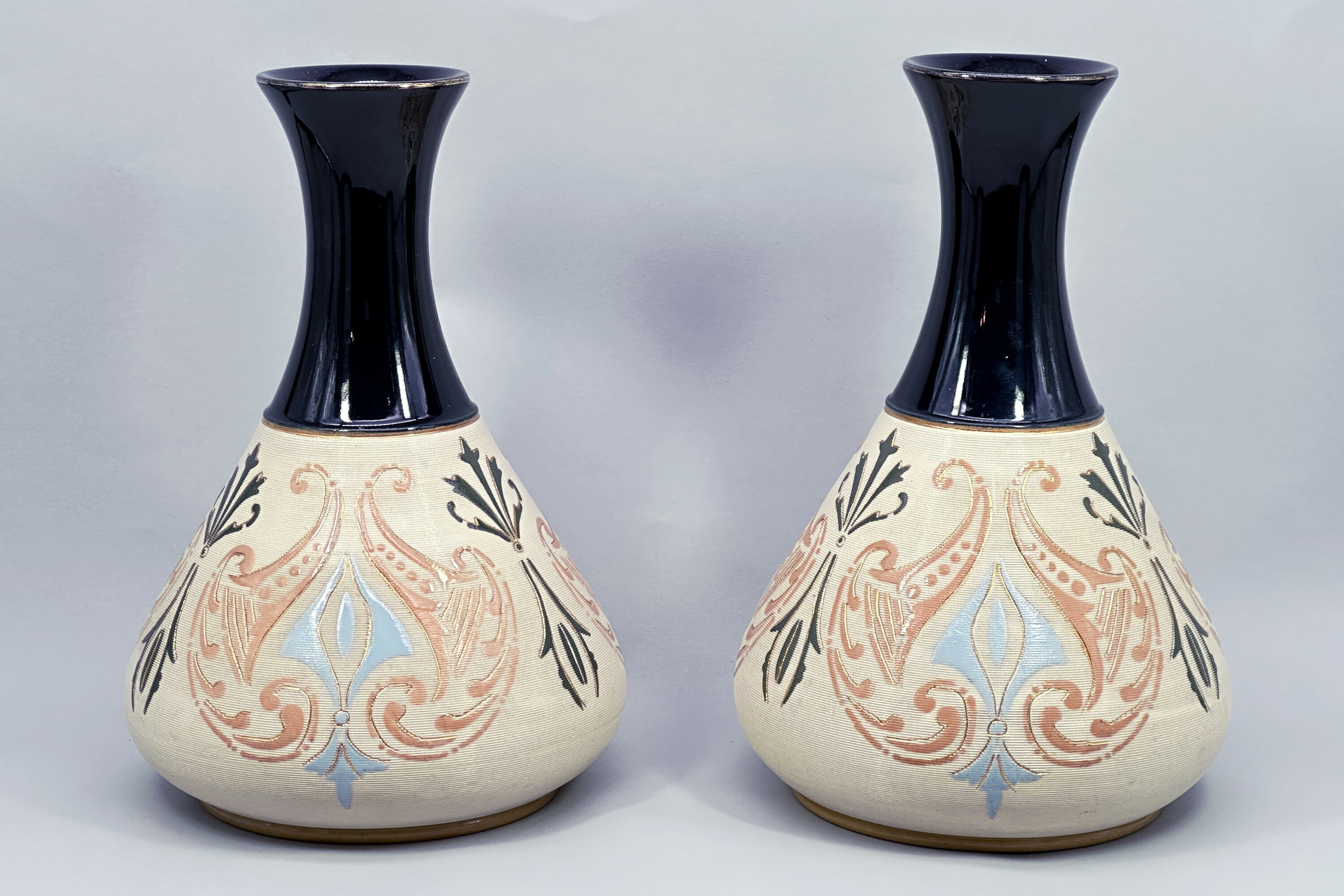
Pair of Lovatt and Lovatt Earthenware Vases, early C20th
Price: £95The Langley Mill Pottery was located in Langley Mill, Derbyshire on the Derbyshire – Nottinghamshire border. From its establishment in 1865 to its final closure in 1982, it went through five distinct periods of ownership, producing a wide range of stoneware ranging from utilitarian items and to high quality art pottery. This pair of vases dates from the third company that traded there, Lovatt and Lovatt. The Lovatt family had entered into partnership with the owner of the founding business at Langley Mill, James Calvert. From 1895 the business was in sole control of the Lovatt family and traded as ‘Lovatt and Lovatt’ until 1935. The early years of the twentieth century proved to be something of a zenith for them and a wide range of art pottery pieces were made which enjoyed great popularity. Production techniques were streamlined without a reduction in quality and in 1905, leadless glazes were introduced. These are proudly announced on the base of this pair of vases which are a fine example of the Lovatt and Lovatt style and probably date to 1913, indicated by the impressed numbers for that year.
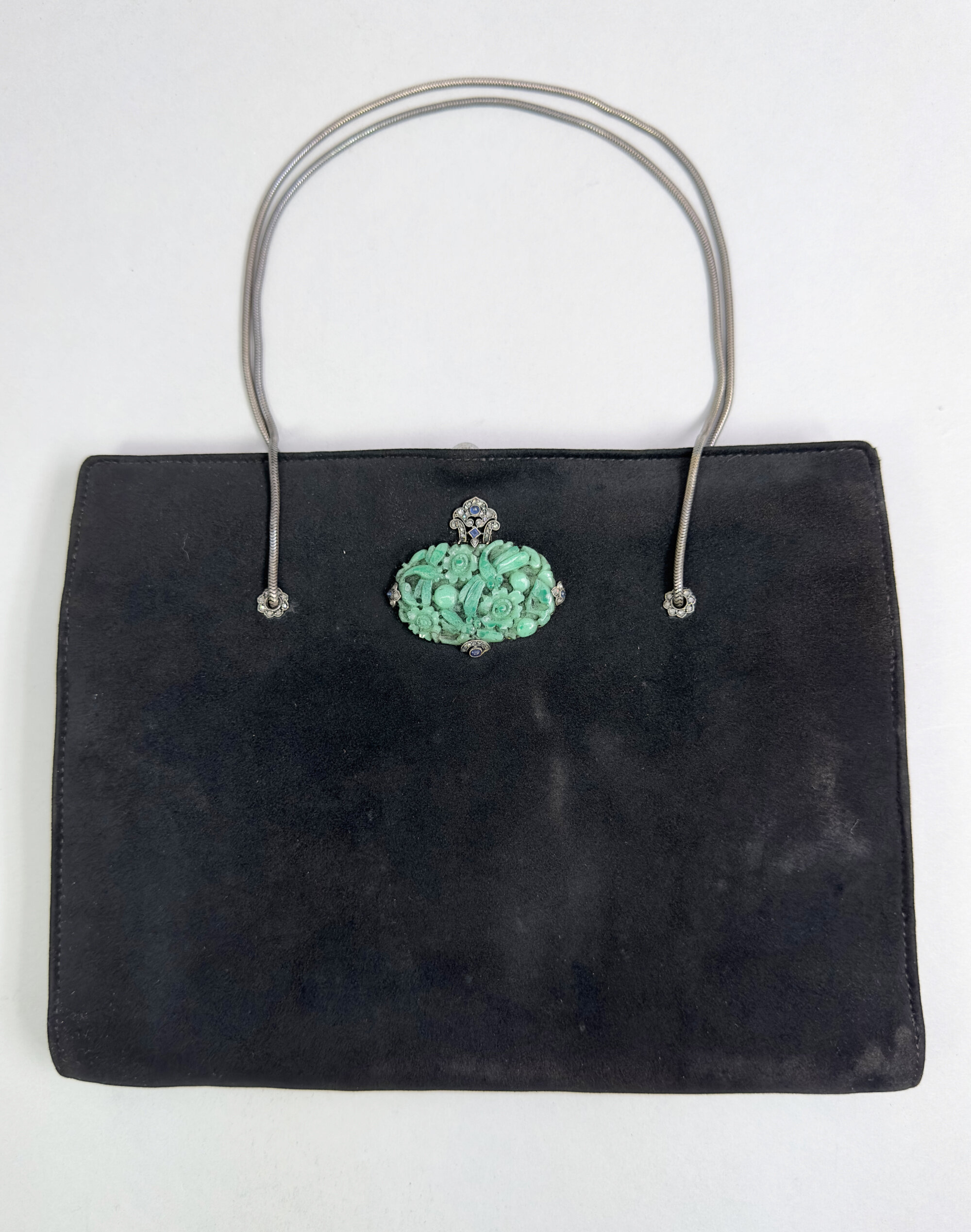
French Art Deco Clutch bag with faux jade insert
Price: £65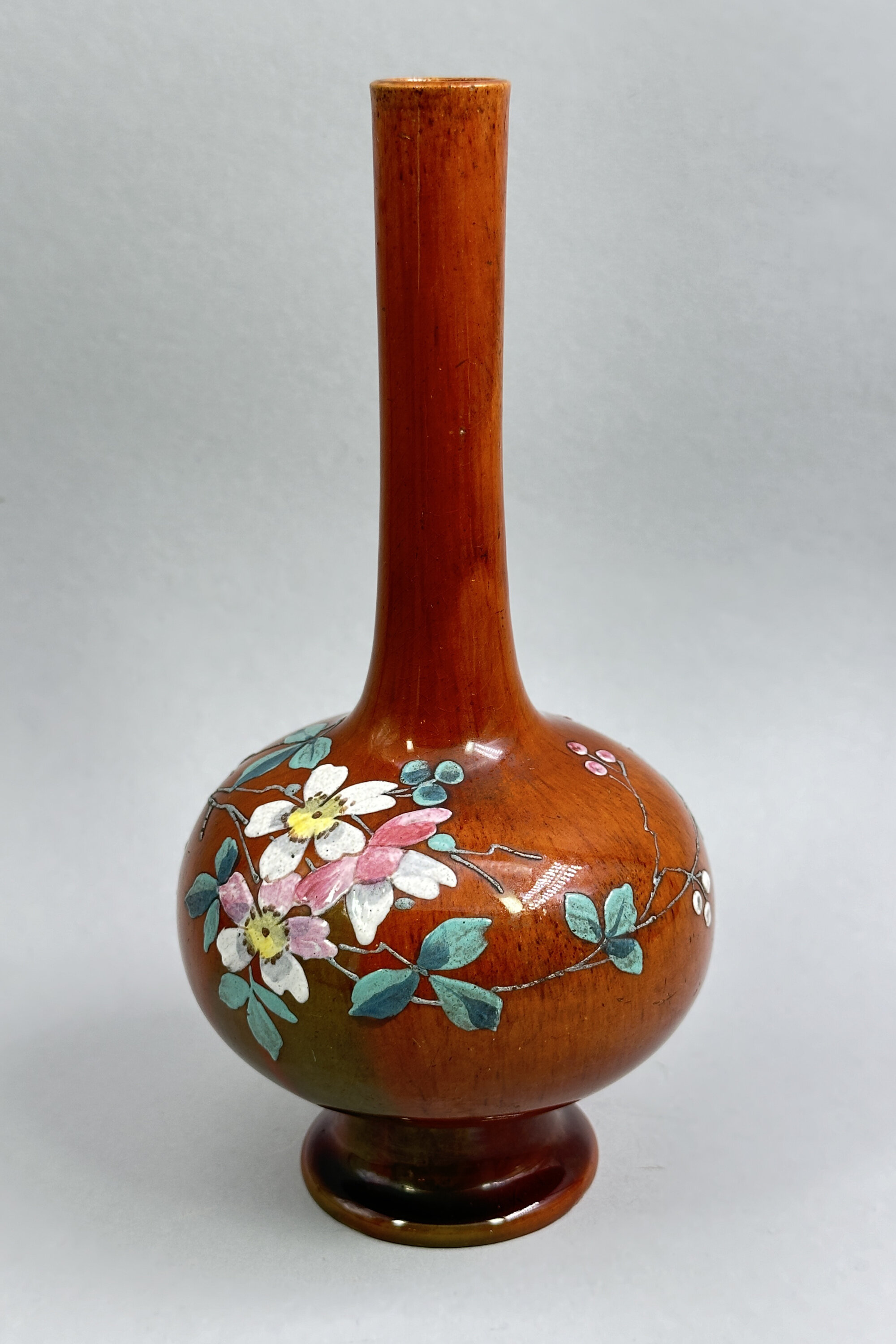
Terracotta Glazed Bottle Vase with floral enamel decoration, Watcombe Pottery, circa 1900
Price: £45Pieces combining glazed terracotta with polychrome enameling were one of the designs produced by the well known Watcombe pottery based in Devon. Production commenced in the mid 1860s when a fine red Devon clay was discovered in the grounds of Watcombe House near Torquay, prompting its then owner G. P. Allen to establish the Watcombe Terracotta Clay Company off Teignmouth Road, St. Marychurch in 1869. Classical styles of the period like terracotta busts, figures, urns and jugs were produced first, followed by terracotta glazed pieces some in the style of the famous designer Christopher Dresser. Not all of the pieces were marked and the appearance of ‘Watcombe Porcelain’ on some of their wares seems to post date the first years of production. Various mergers followed and the range of designs developed, adapting to changing tastes, but finally the business was forced to close its doors in 1962.
While the decoration is typical of Watcombe, the shape is typical of Dresser and also loosely follows a Chinese shape as did so many of his pieces. Allowing for the fact that the Devon potters introduced their own individual ‘twist’, one example of the Dresser prototype for this piece is included in the collection held by the Metropolitan Museum in New York. Watcombe, in common with other potteries at the time, aimed to produce pieces which, while they followed the ‘best’ designs were more accessible to a general audience. This vase is in no way inferior to the ‘real thing’ and maintains a charm of its own.
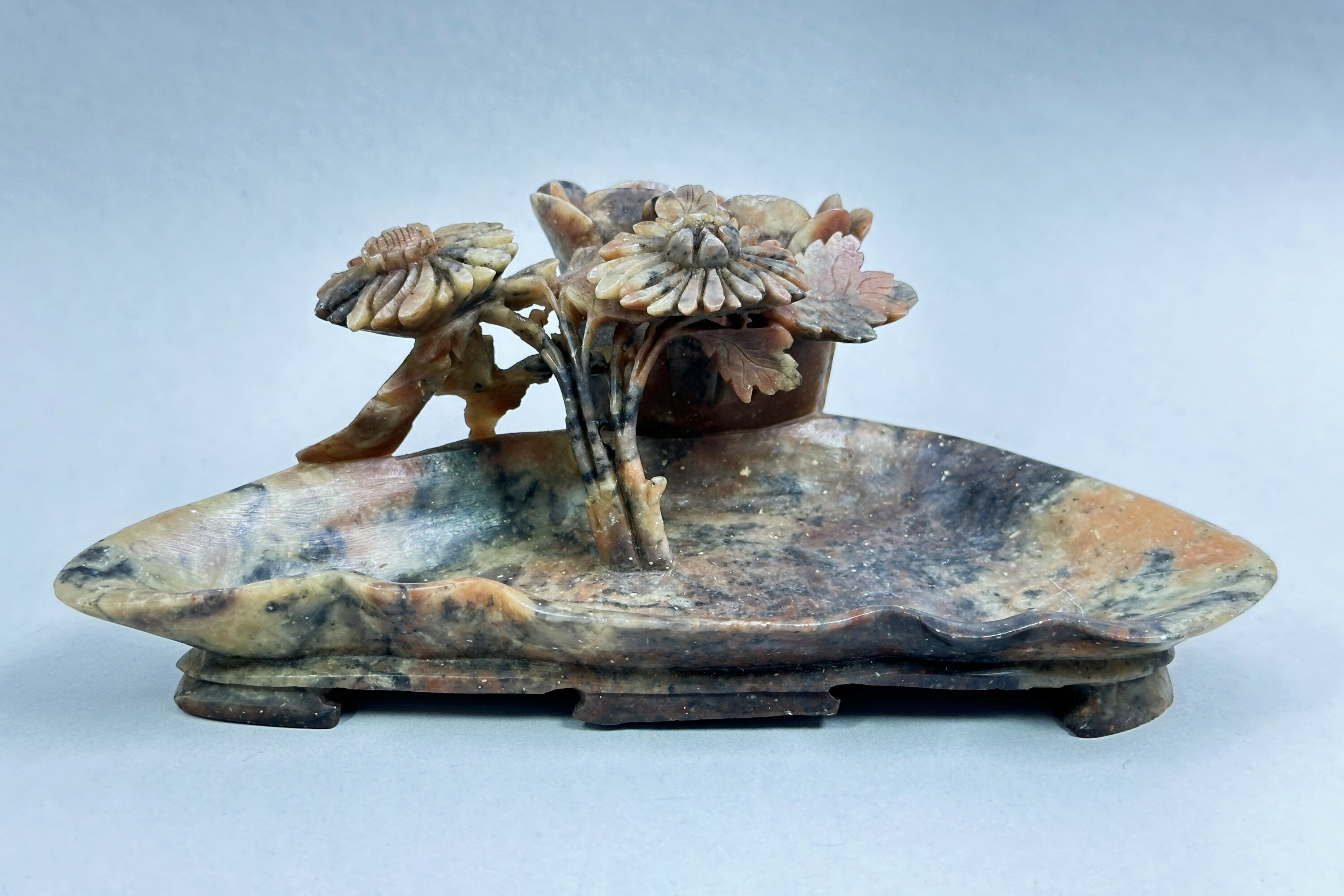
Chinese Soapstone Brushwasher with flowering lotus, early C20th
Price: £95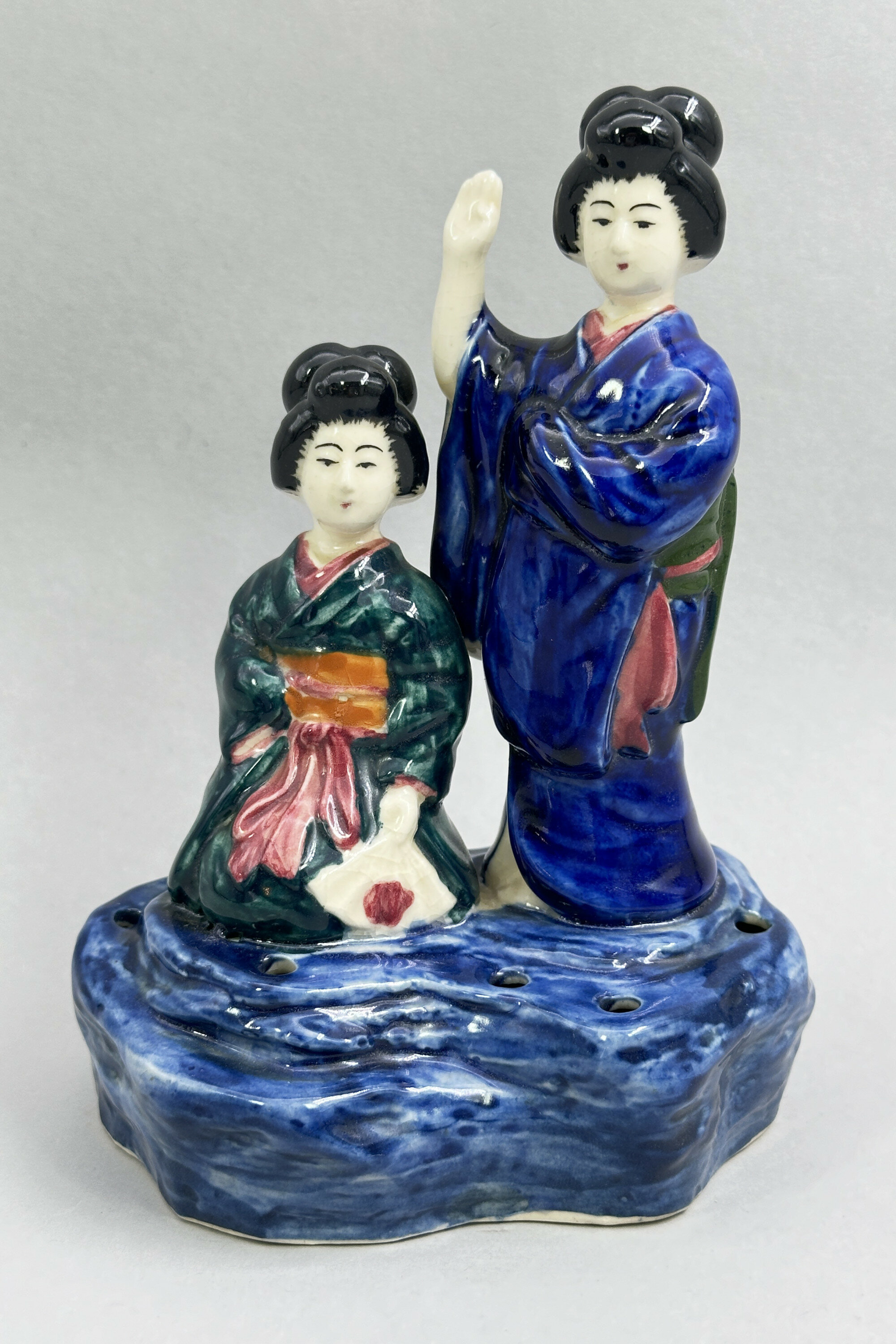
Japanese Ceramic Figural Group of two Geisha, late C19th
Price: £25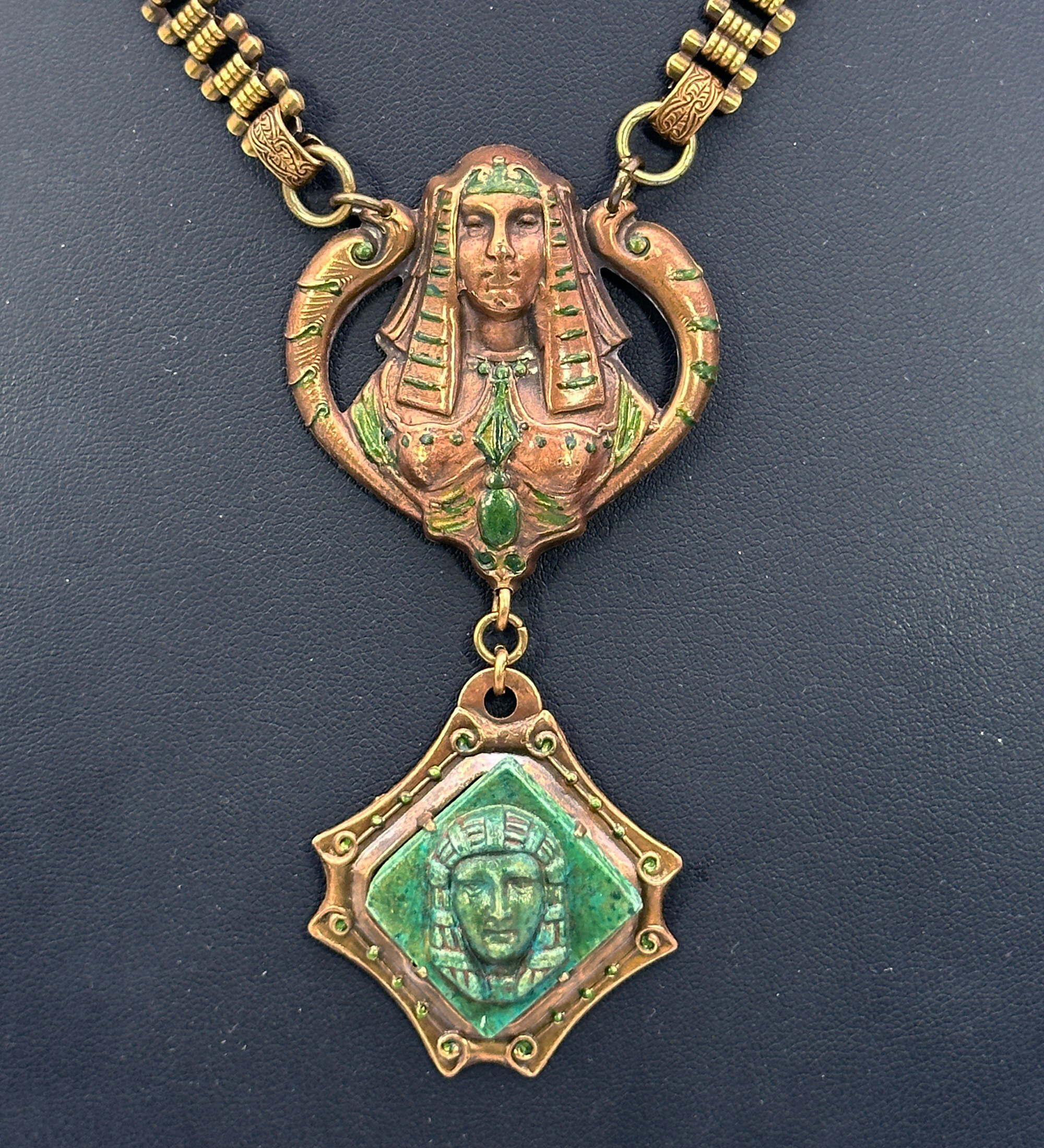
Early Neiger Brothers book chain necklace c1910
Price: £325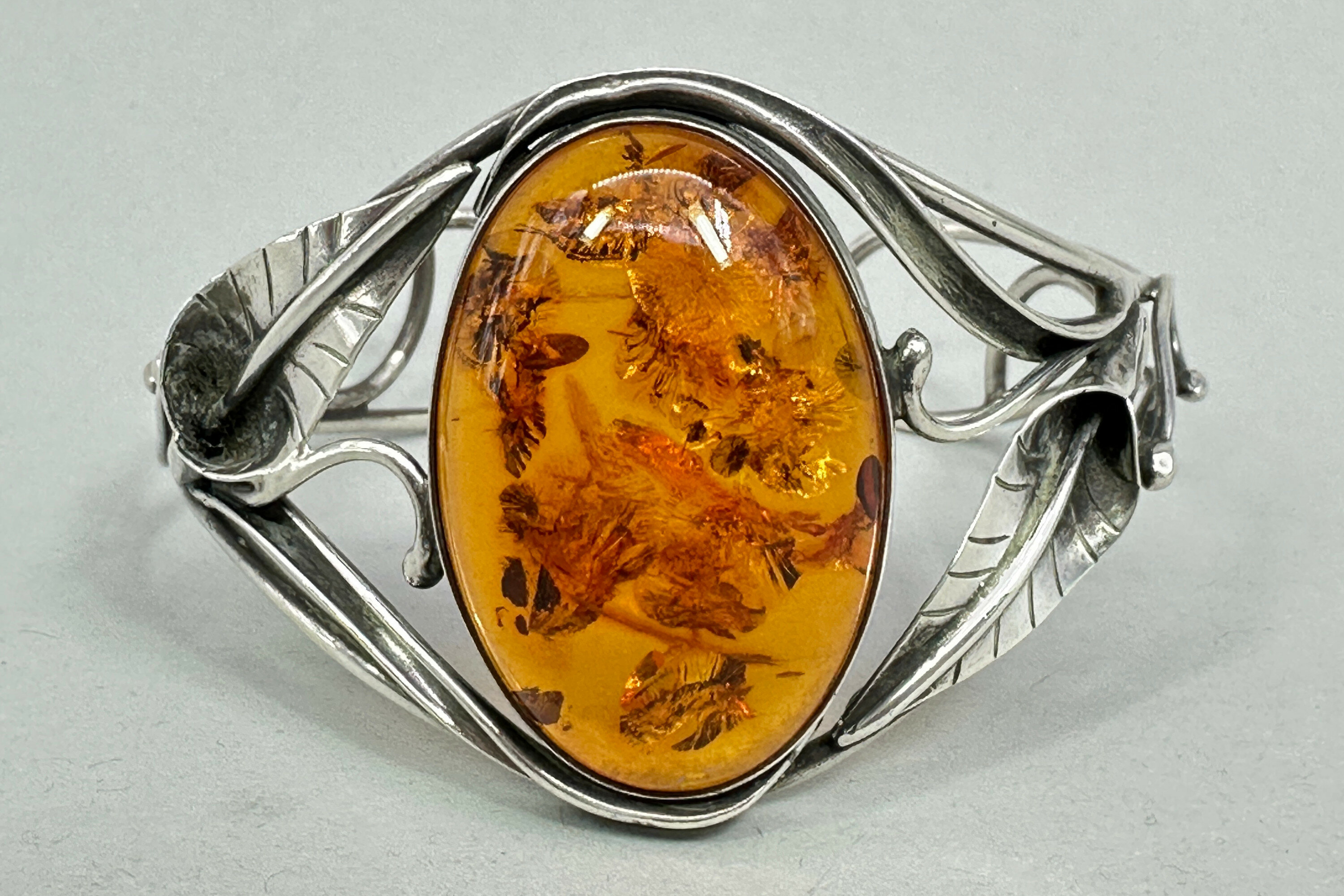
Large amber cabochon cuff Bracelet, c1970
Price: £95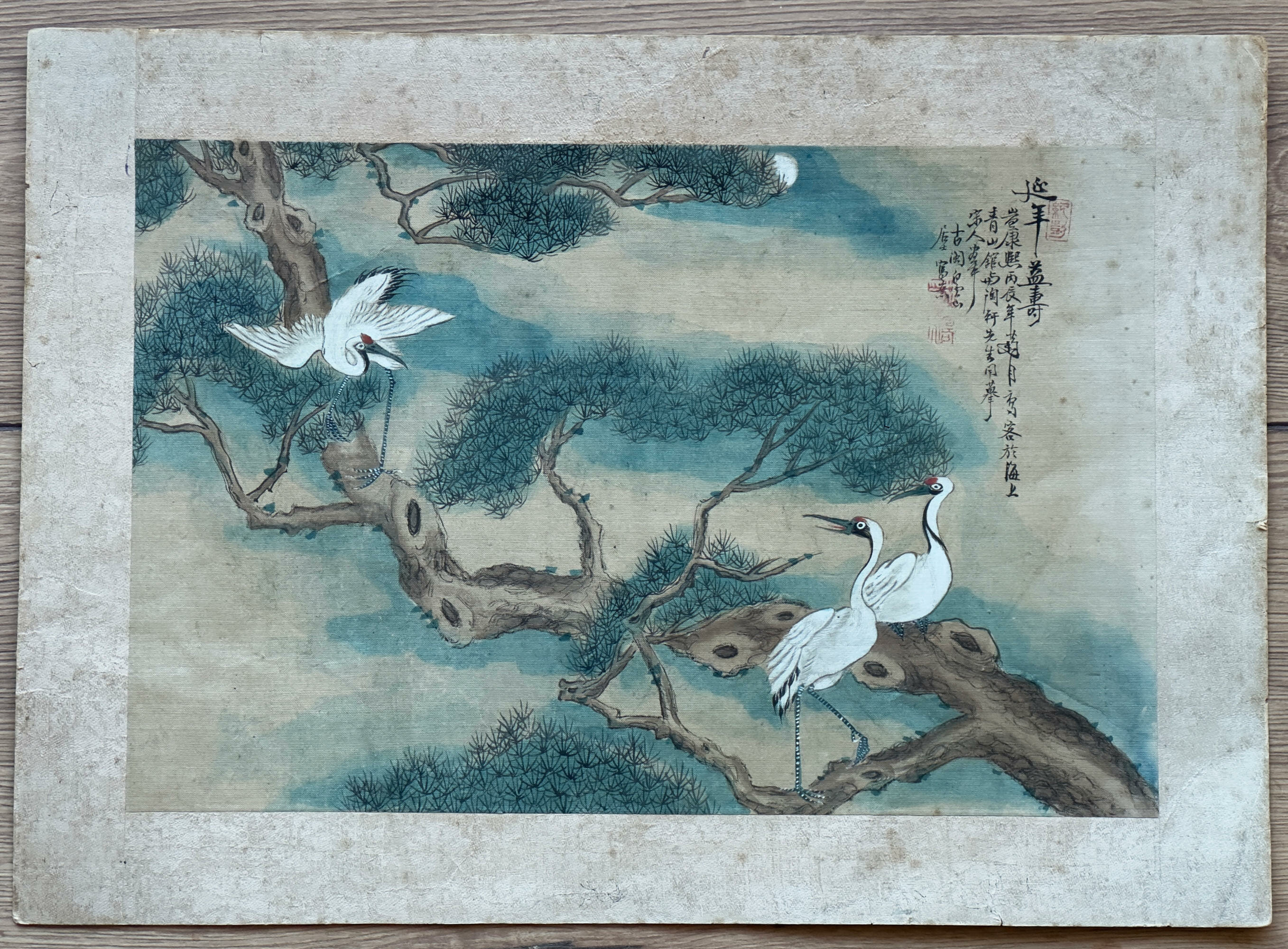
Chinese painting on Silk, Storks and Pine, circa 1900
Price: £25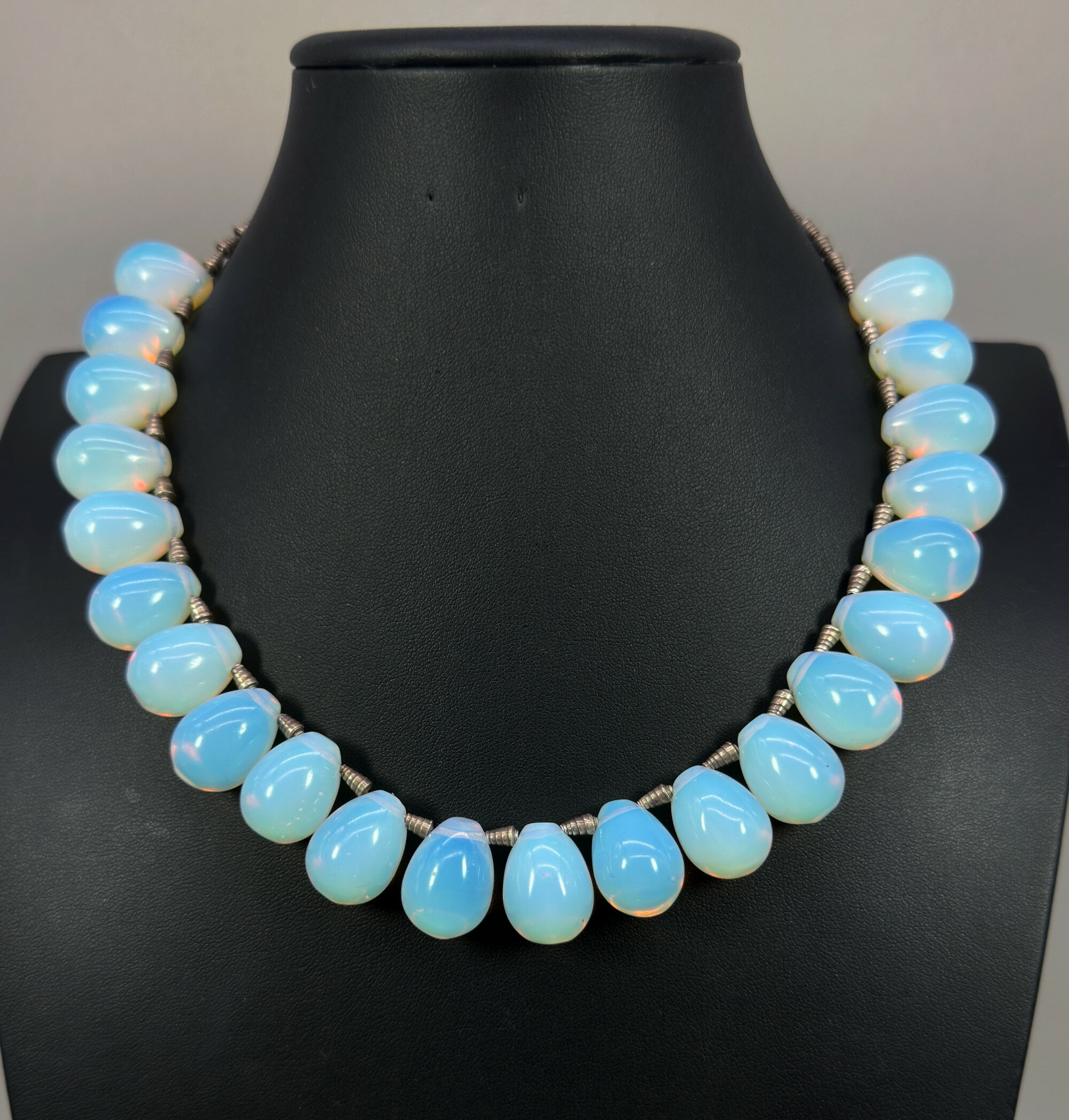
Art Deco opaline glass necklace 1930s
Price: £125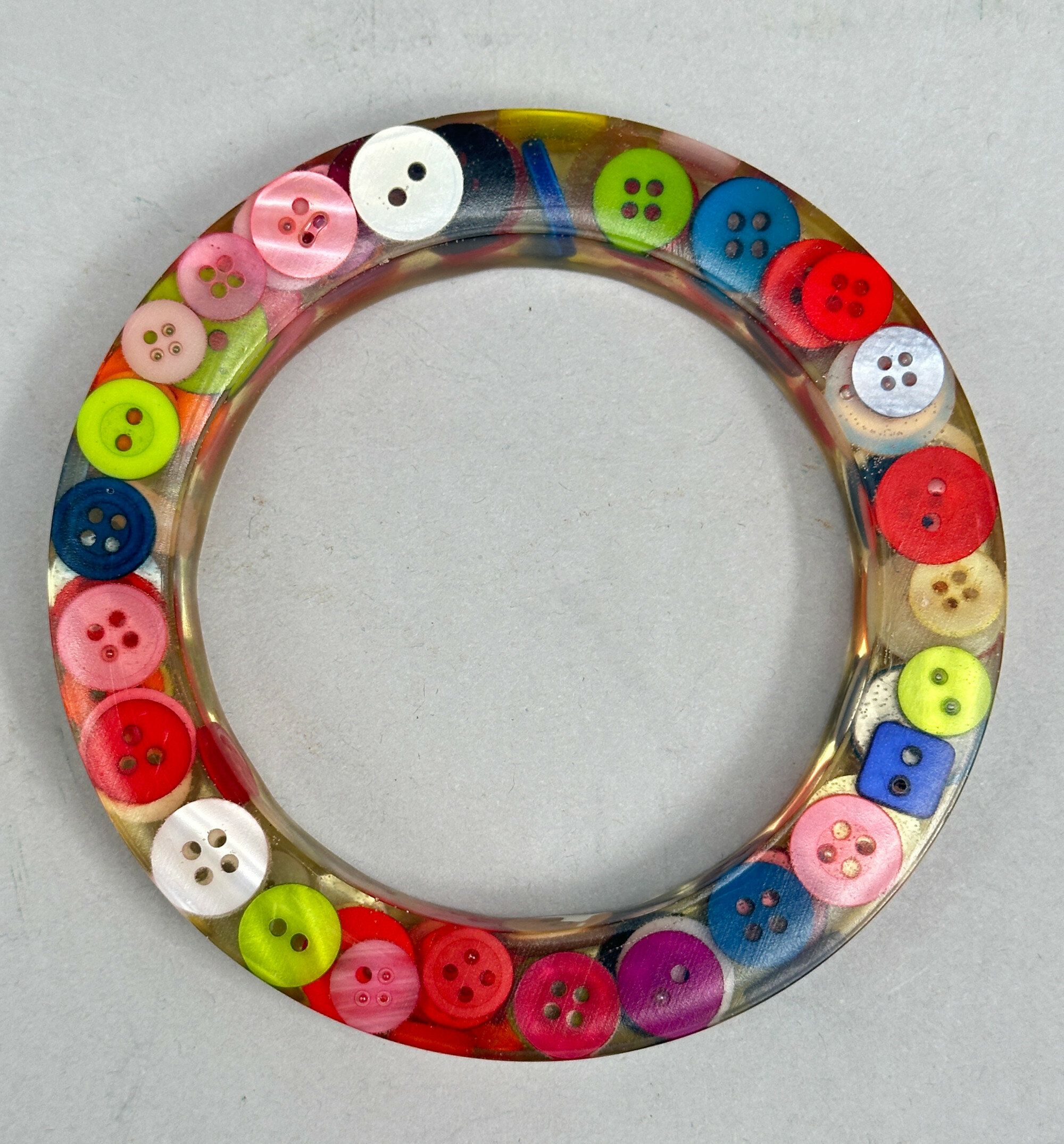
Fun 1970s button bangle
Price: £25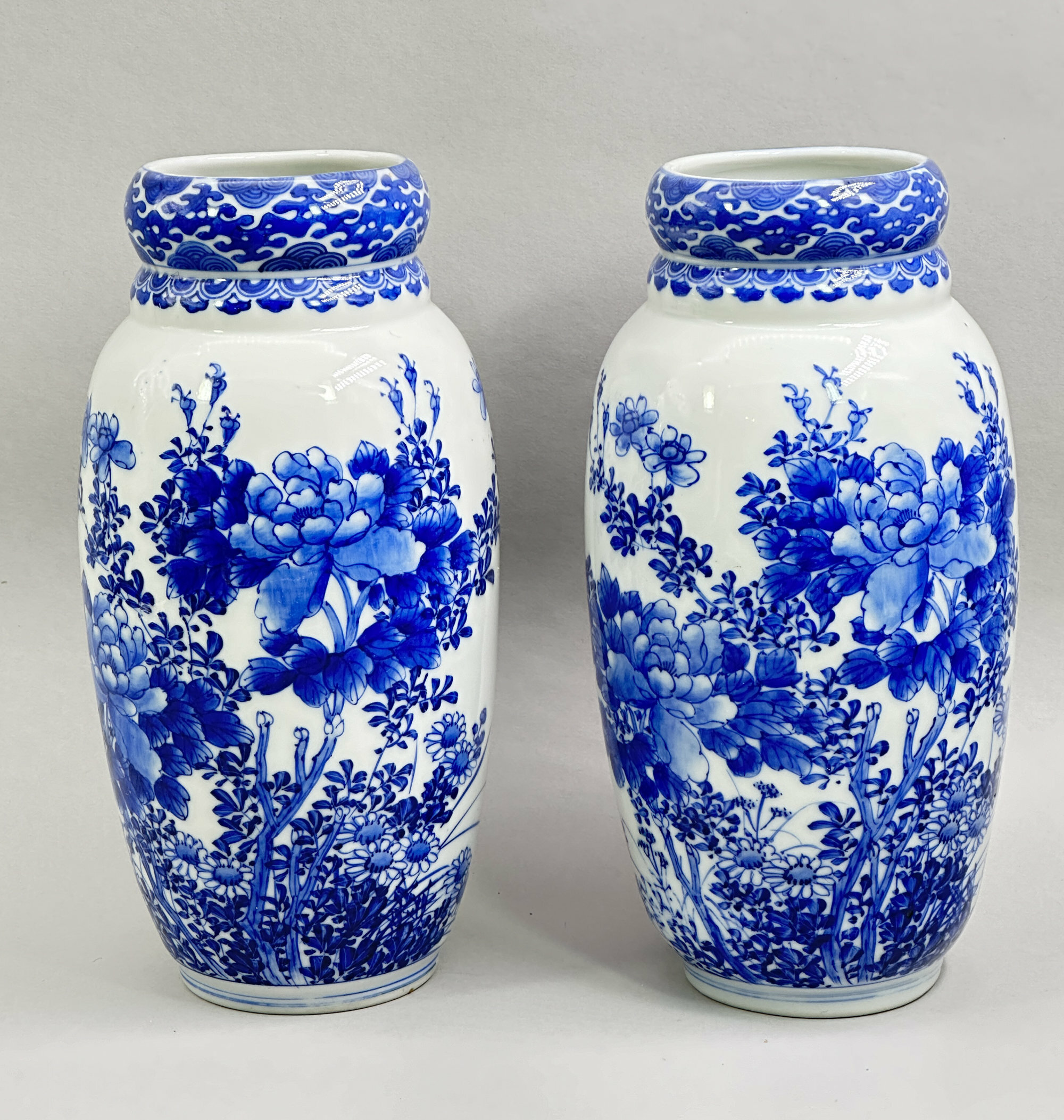
Pair of Japanese Blue and White Seto Ware Vases, early C20th
Price: £240The finely drawn brushwork here and the distinctive bright blue are characteristics of pieces made at Seto in Japan in the 19th and early 20th centuries. The city of Seto is located in the Aichi Prefecture and was the location of one of the Six Ancient Kilns of Japan. Pottery was produced there from the 13th century onwards. The kilns took part in the export of decorative wares to the West from the second half of the nineteenth century onwards producing a wide variety of forms, in particular pairs of vases, but with a speciality in flat plaques and table tops, for which they gained something of a monopoly. Their pieces are usually marked, to include the characters for Seto, and this pair of vases may have originally been signed themselves but with the marks partially obliterated in the firing process. The quality here matches anything else produced by the factories but the light weight and thinly potted body suggests a dating to the early 20th century rather than before, probably during the Taisho period (1912-1926). Nevertheless the skill in craftsmanship is obvious and contributes to a highly attractive pair of ornaments for a contemporary interior.
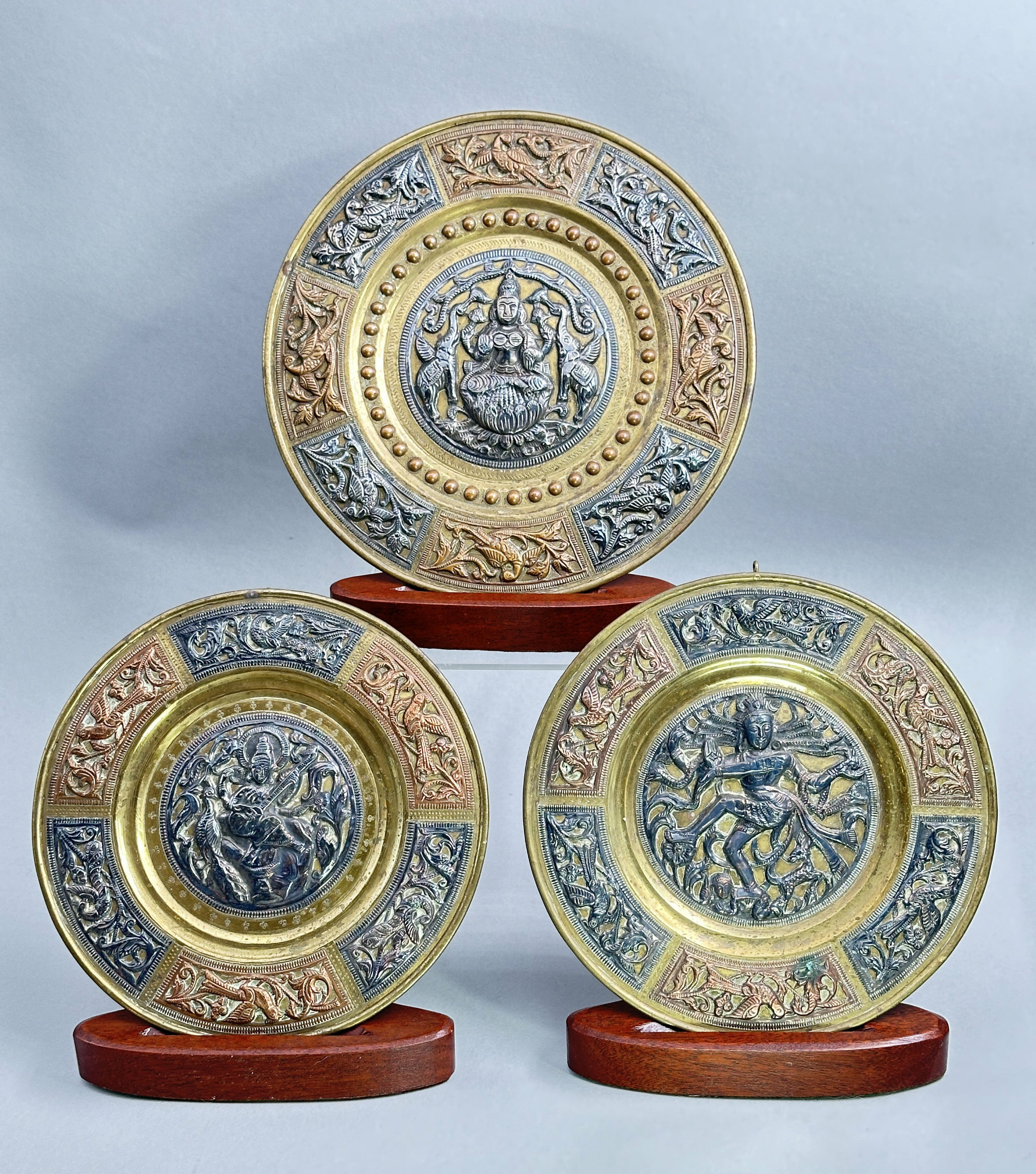
Three Indian Brass hanging plates, Thanjavur, C20th
Price: £55The style of decoration here is typical of the art brass hanging plaques produced by the metalworkers of Thanjavur, formerly known as Tanjore, from the late eighteenth century onwards. A Tanjore Art Plate consists of three components: the base plate (brass), a circular central relief panel of a deity worked in silver surrounded by relief panels in copper and silver often depicting flowers. Various deities are depicted here including the well known many armed Shiva. All the reliefs have milled borders but the wells are finished differently, some with engraved designs and one with circular bosses. Dating is probably to the mid C20th but the style of these pieces was continuous and relatively unchanging so an earlier period of manufacture is quite possible.
NB Stands for display purposes only and not included
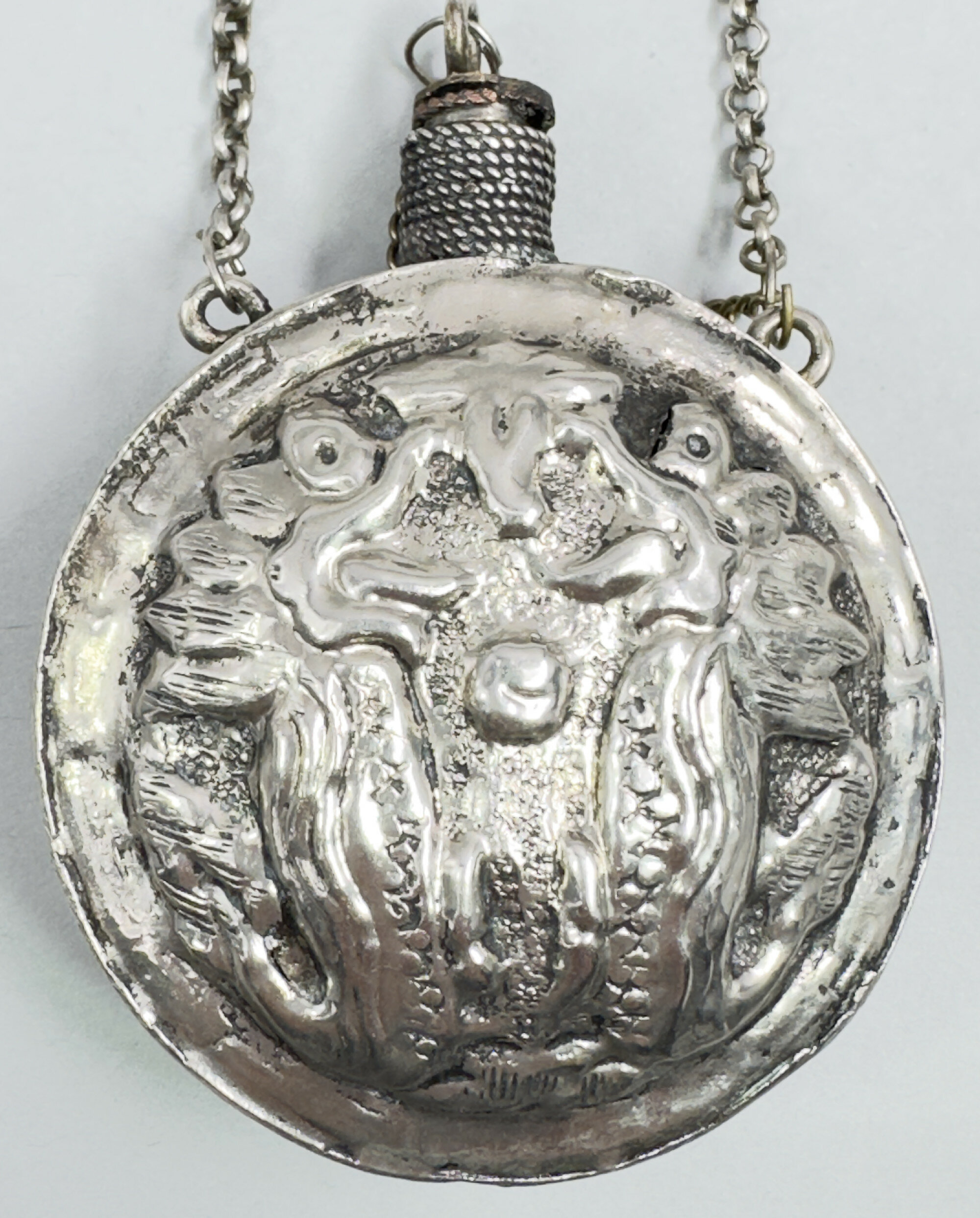
Silver plate Perfume Bottle with attached Stopper and Chain, Burmese late C19th
Price: £45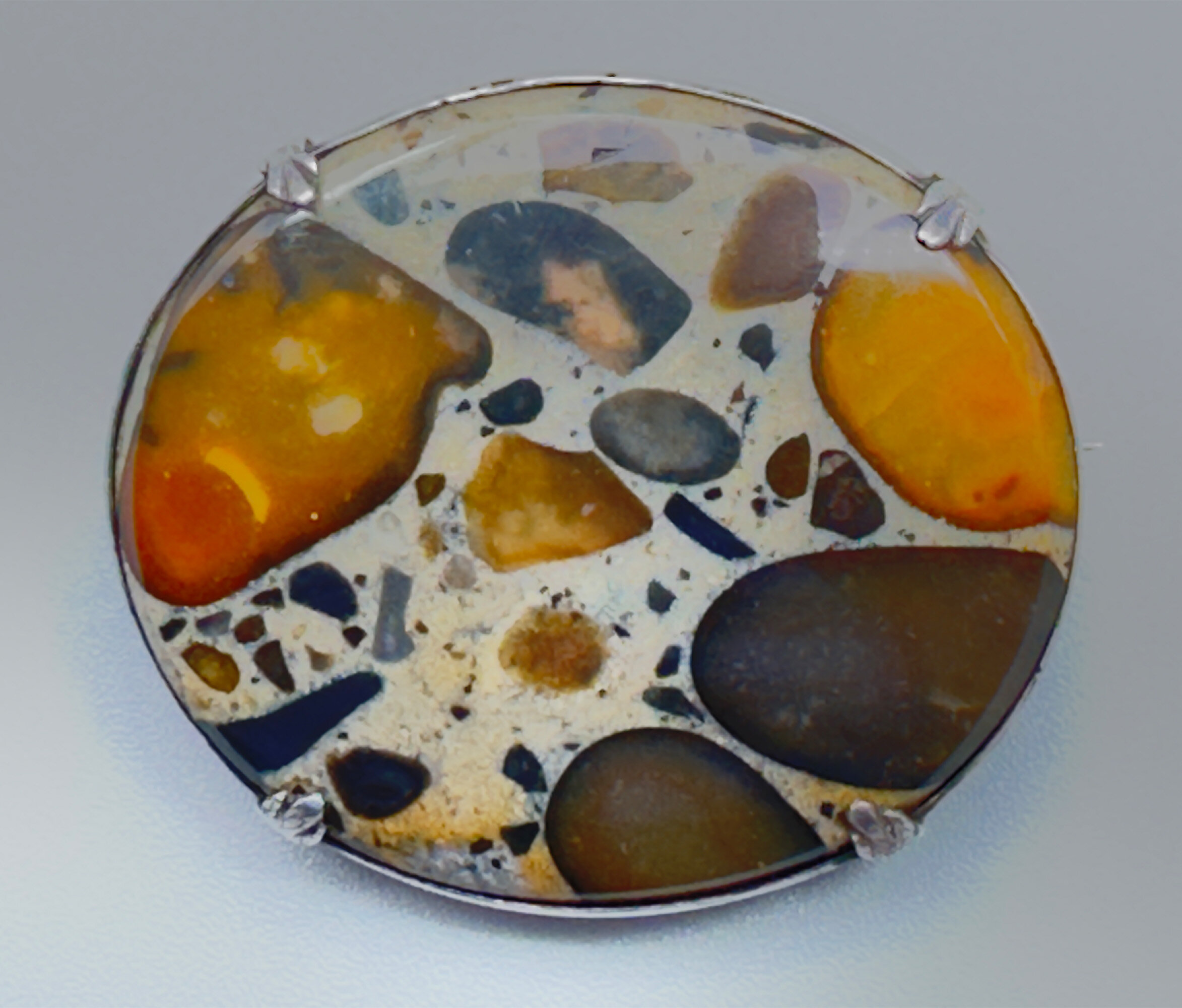
Hertfordshire puddingstone Brooch c1940
Price: £35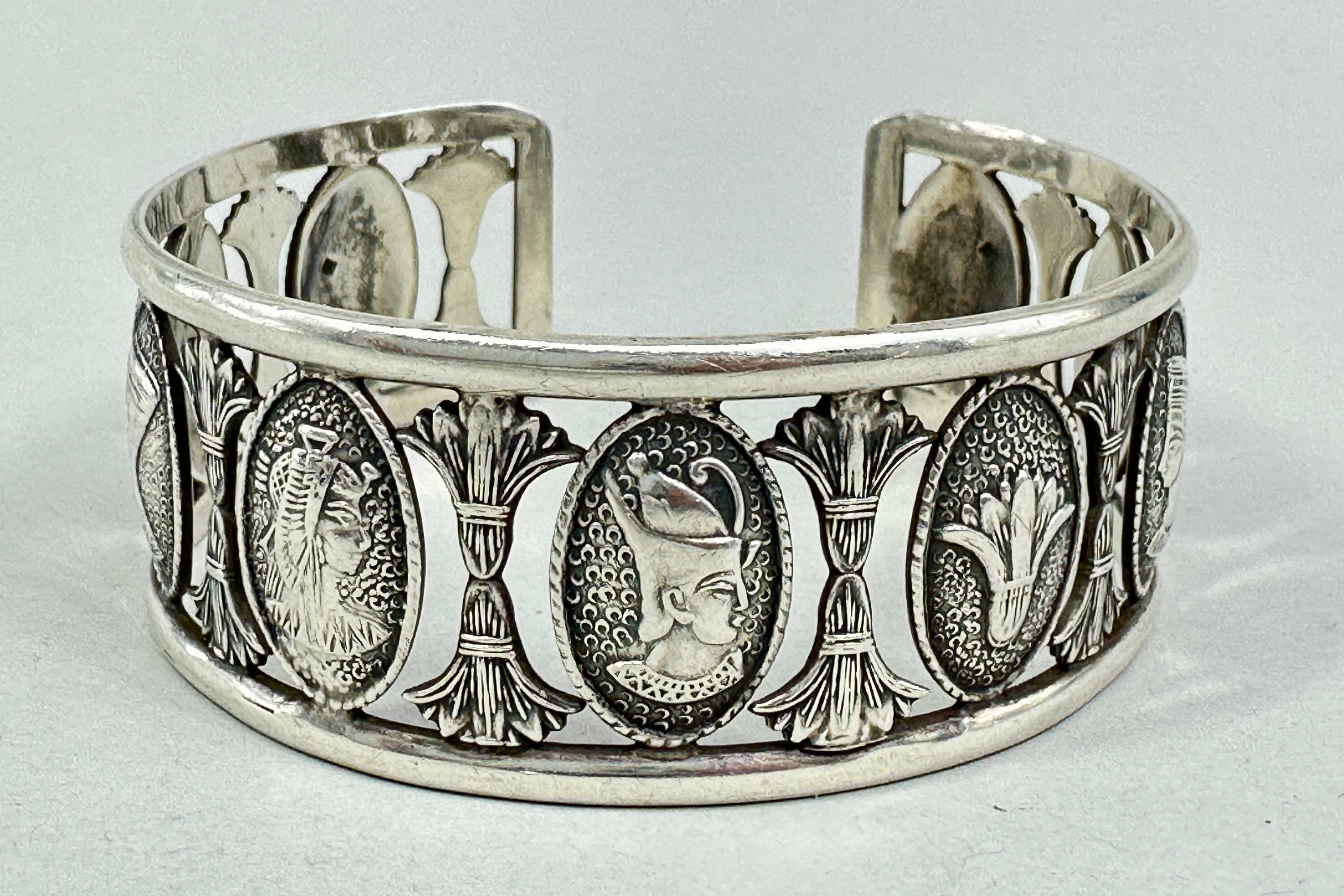
Egyptian silver cuff bangle with portait plaques of Pharoahs
Price: £85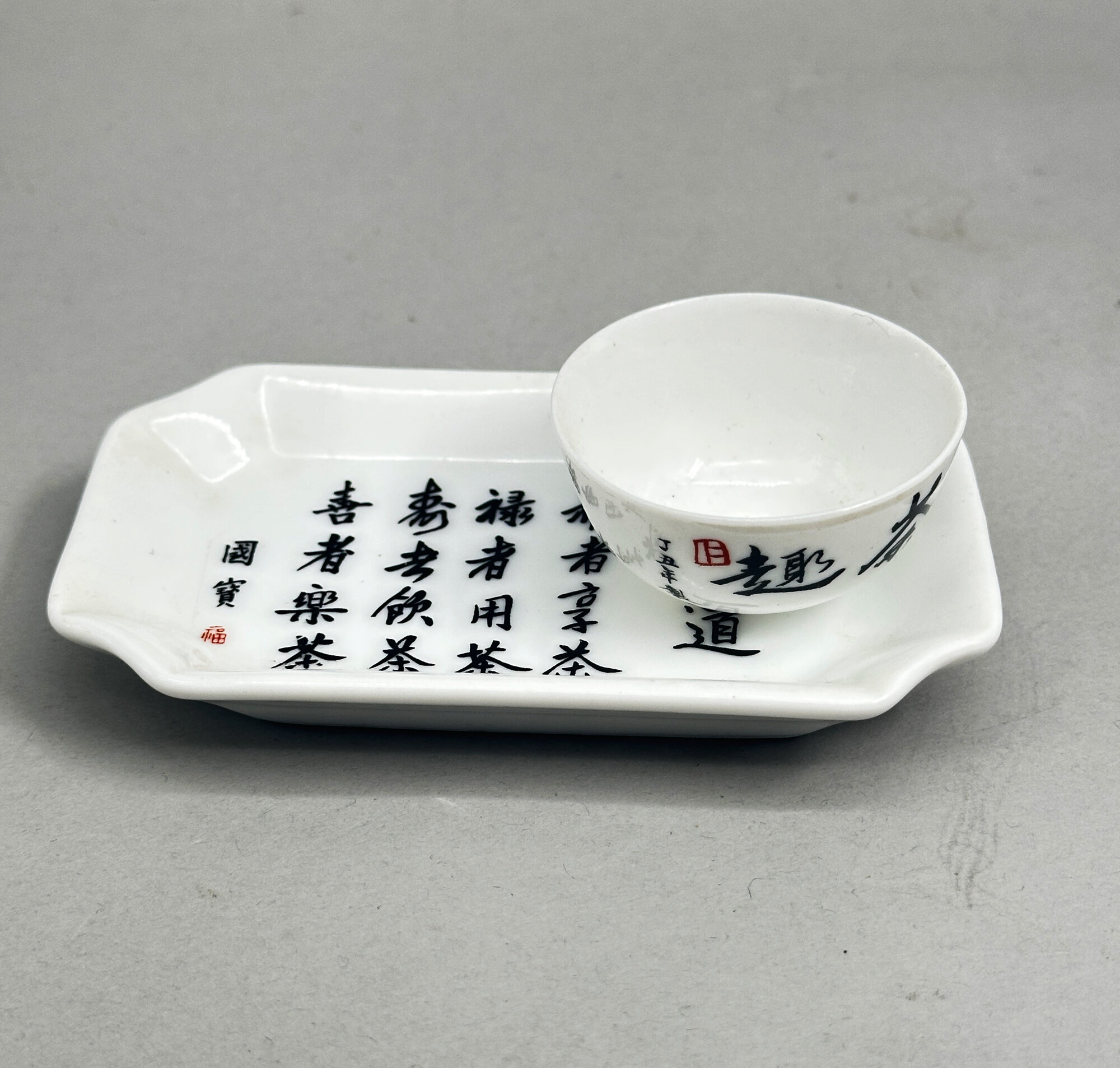
Chinese Porcelain Teabowl and Spoon Tray with calligraphy insciptions, 1997
Price: £15
Pair of Gilt Metal and Onyx Scales, probably French, C20th
Price: £55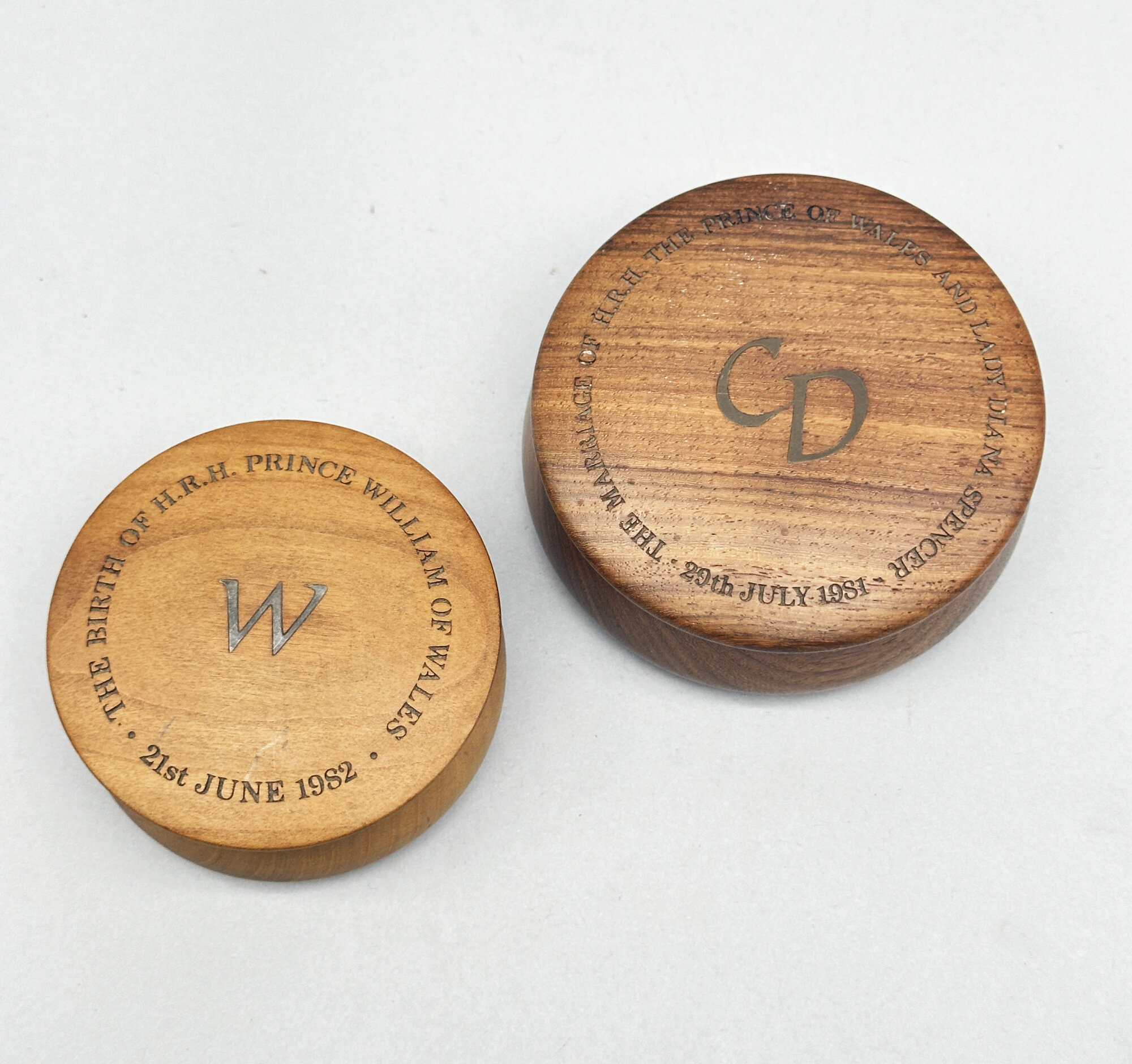
Two Wood Boxes : Marriage of Charles and Diana, Birth of Prince William, late C20th
Price: £15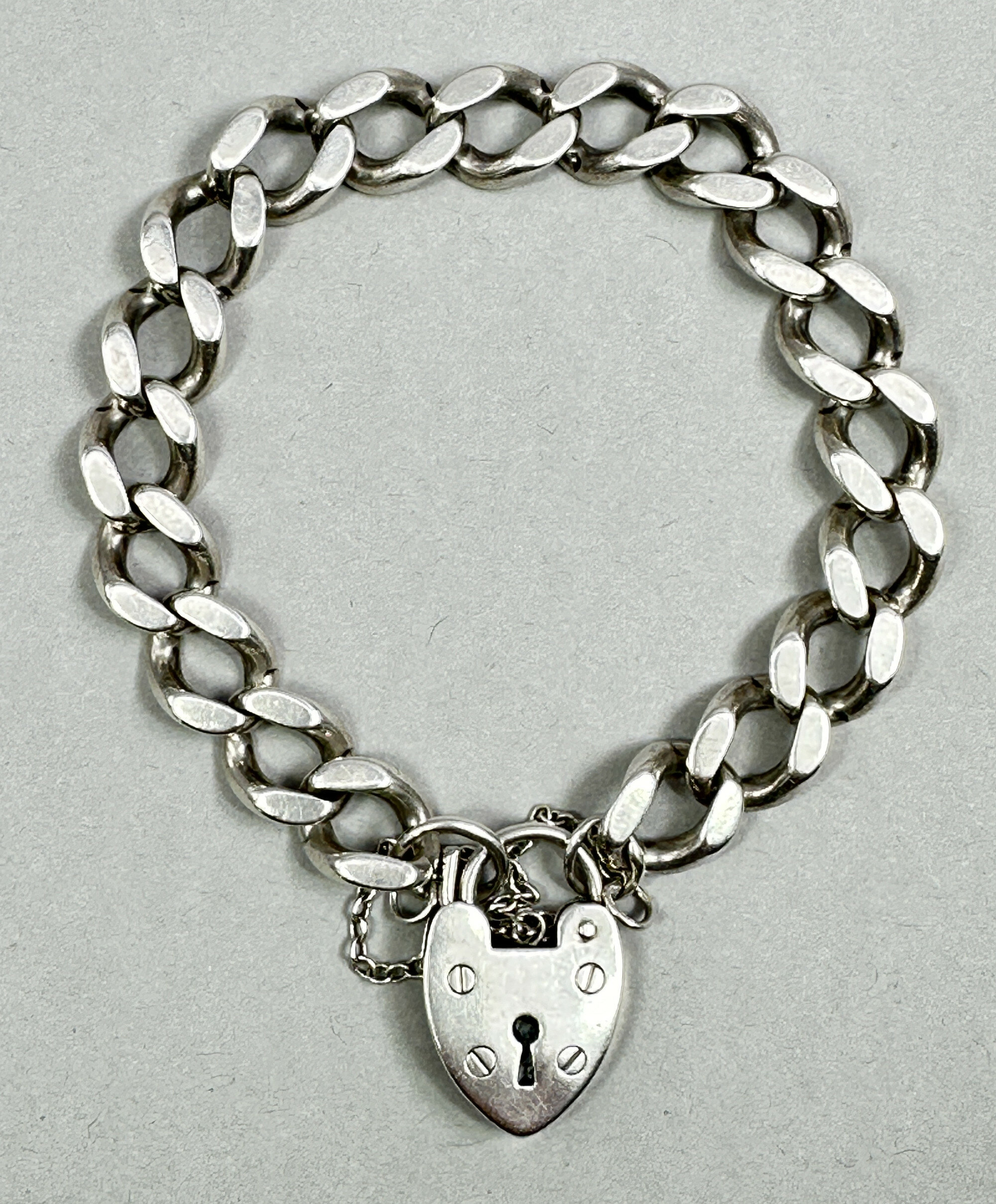
Curb link pad lock bracelet, London 1977
Price: £85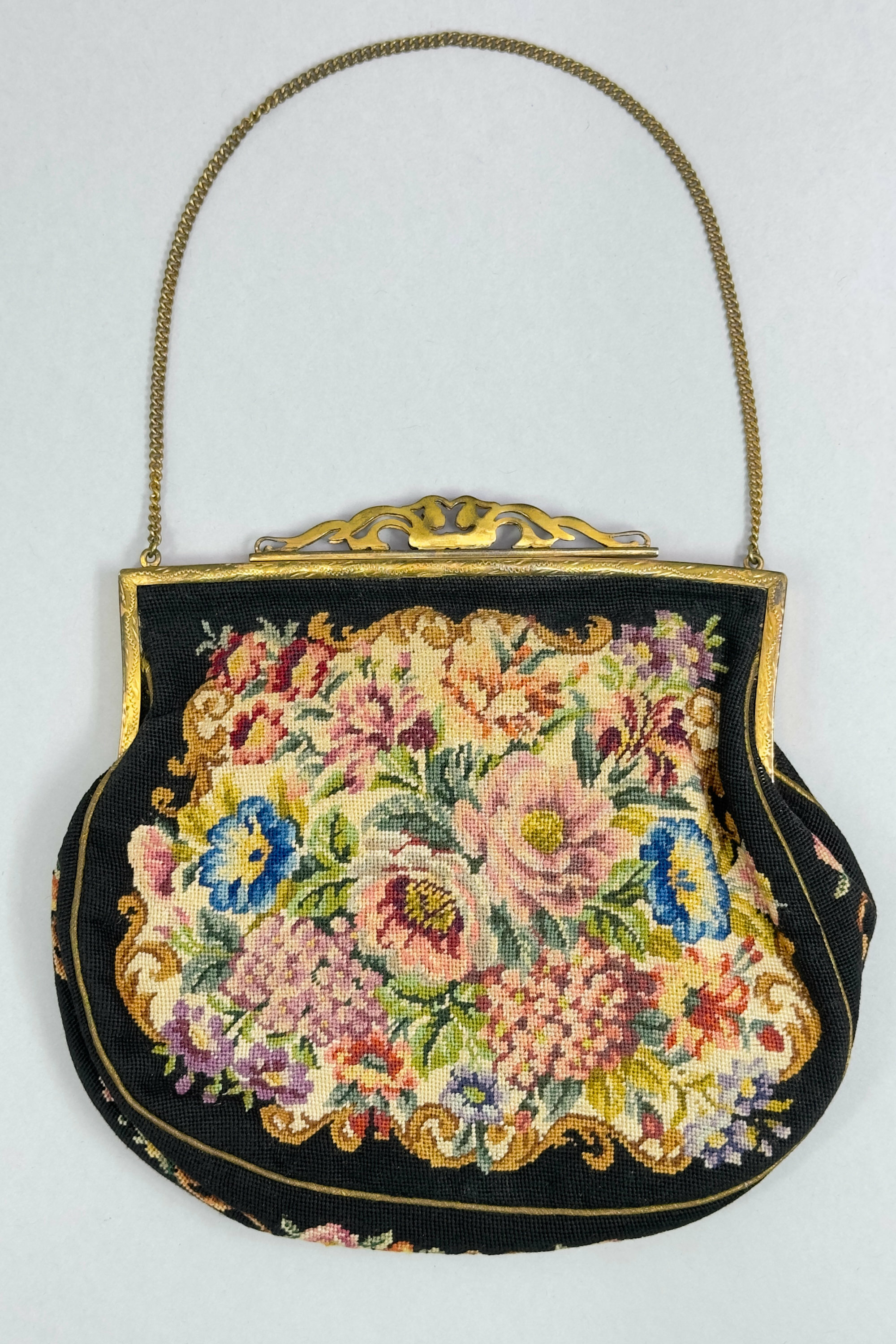
Vintage Petit Point Tapestry Bag, Austria, 1920s
Price: £15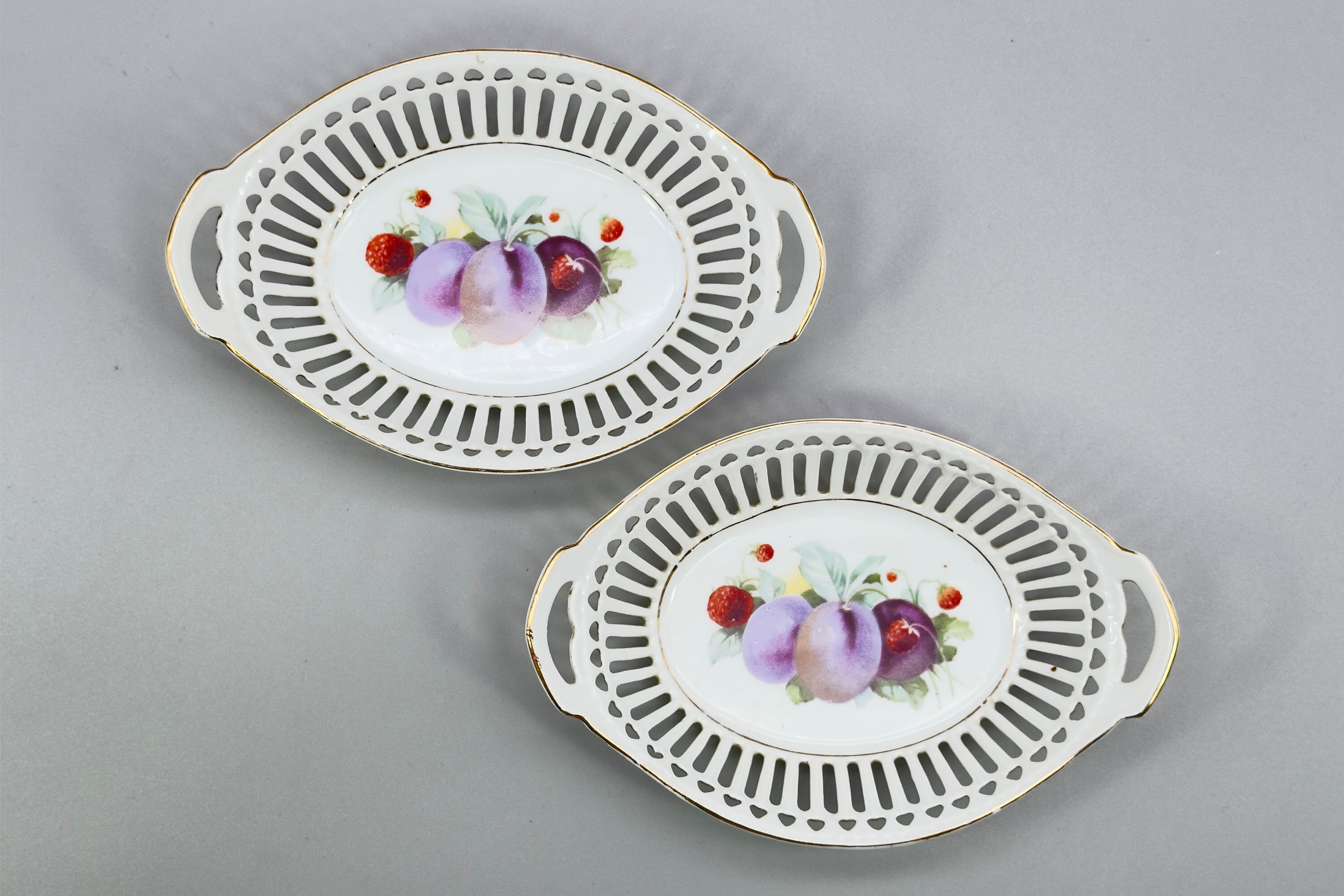
Pair of continental style openwork border Dishes, probably Chinese C20th
Price: £20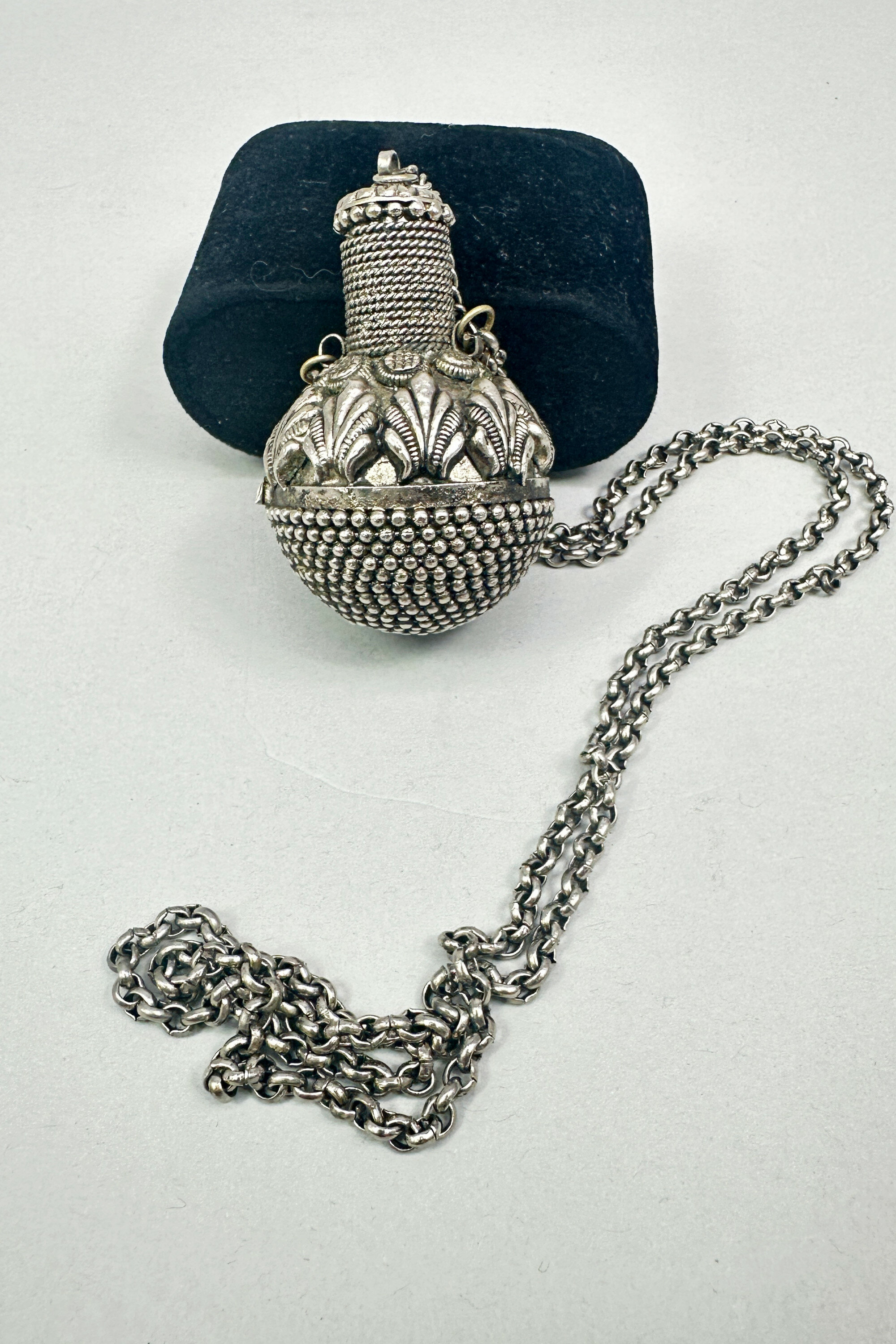
Silver metal Perfume Bottle Necklace, probably Indian early C20th
Price: £55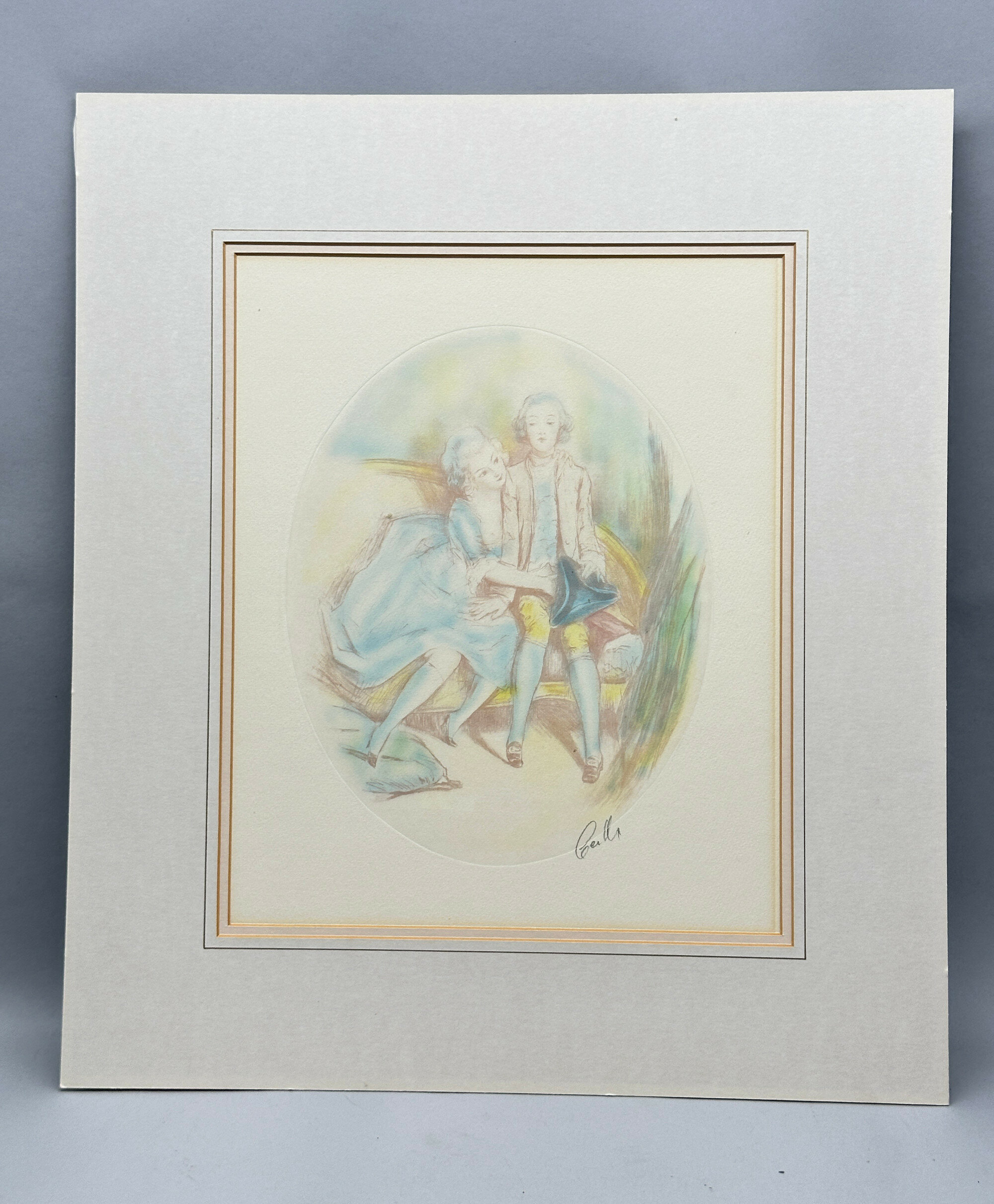
Mounted aquatint engraving of a Courting Couple, signed, probably French C20th
Price: £45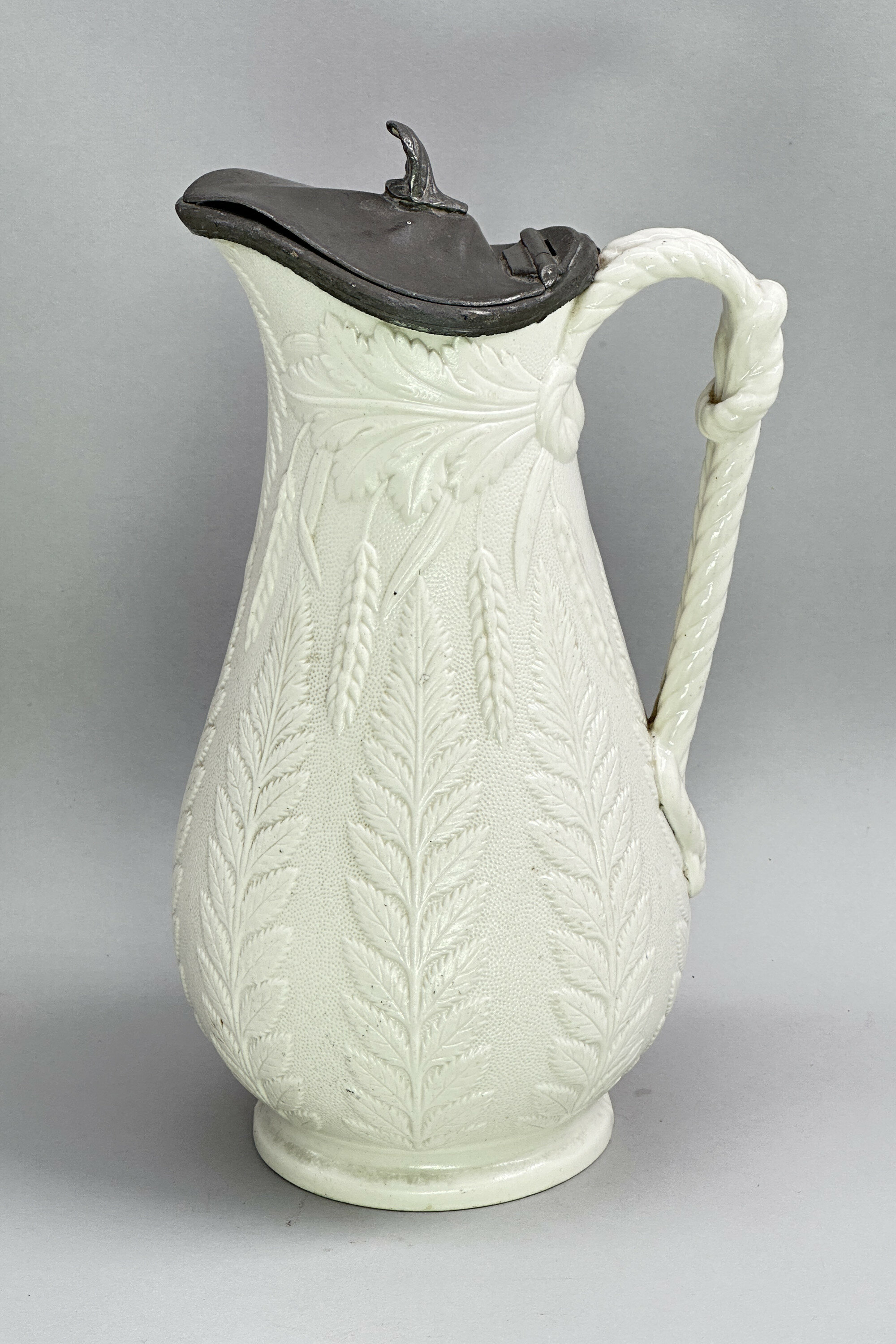
Antique English Staffordshire pitcher, William Brownfield and Sons, circa 1860.
Price: £55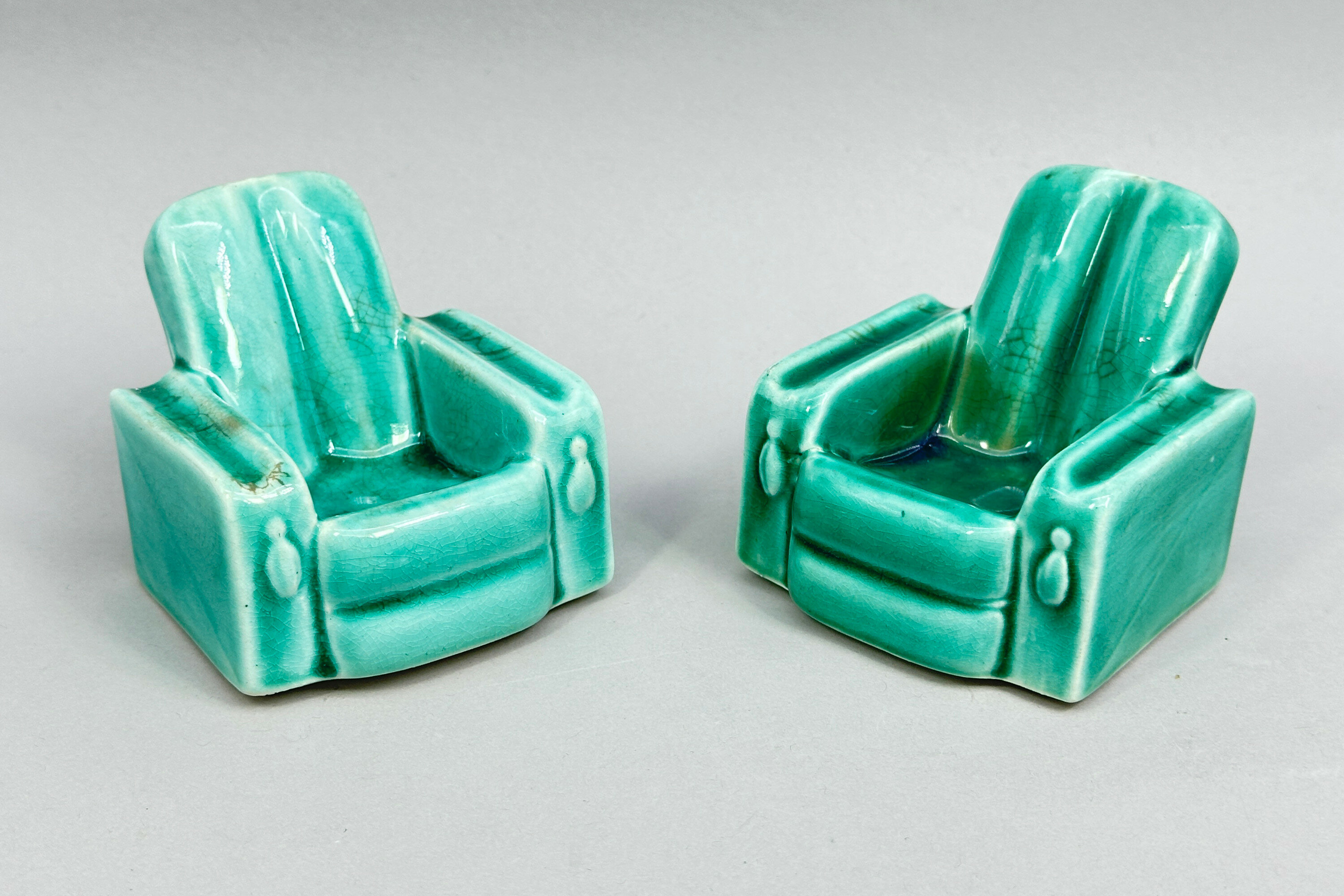
Pair of Vintage Art Deco style armchair Pipe Rests, English c1930
Price: £55
Chinese lace agate earrings and necklace suite
Price: £50
Chinoiserie necklace with peking glass plaques c1960
Price: £45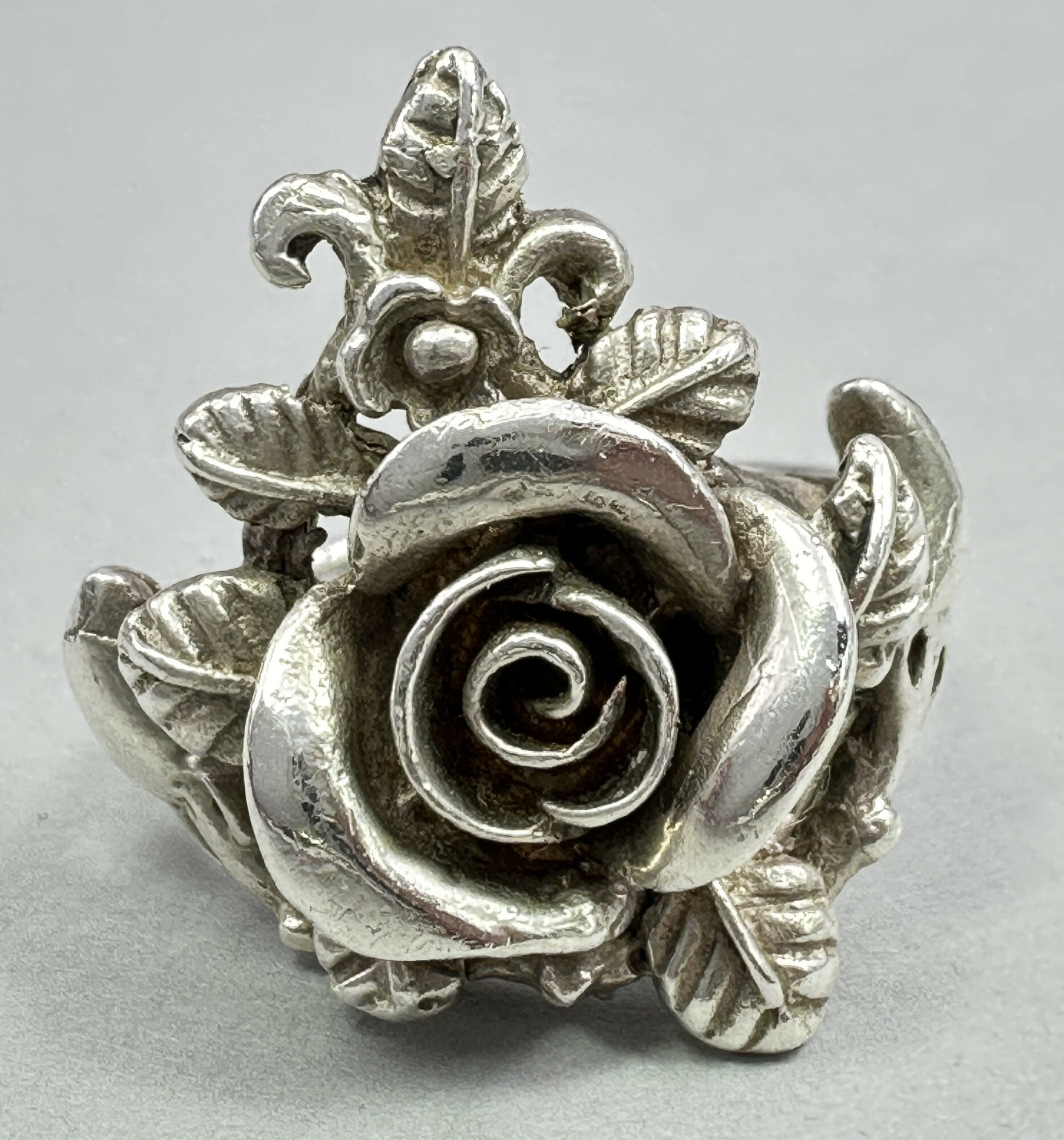
Silver rose ring, 20th century
Price: £35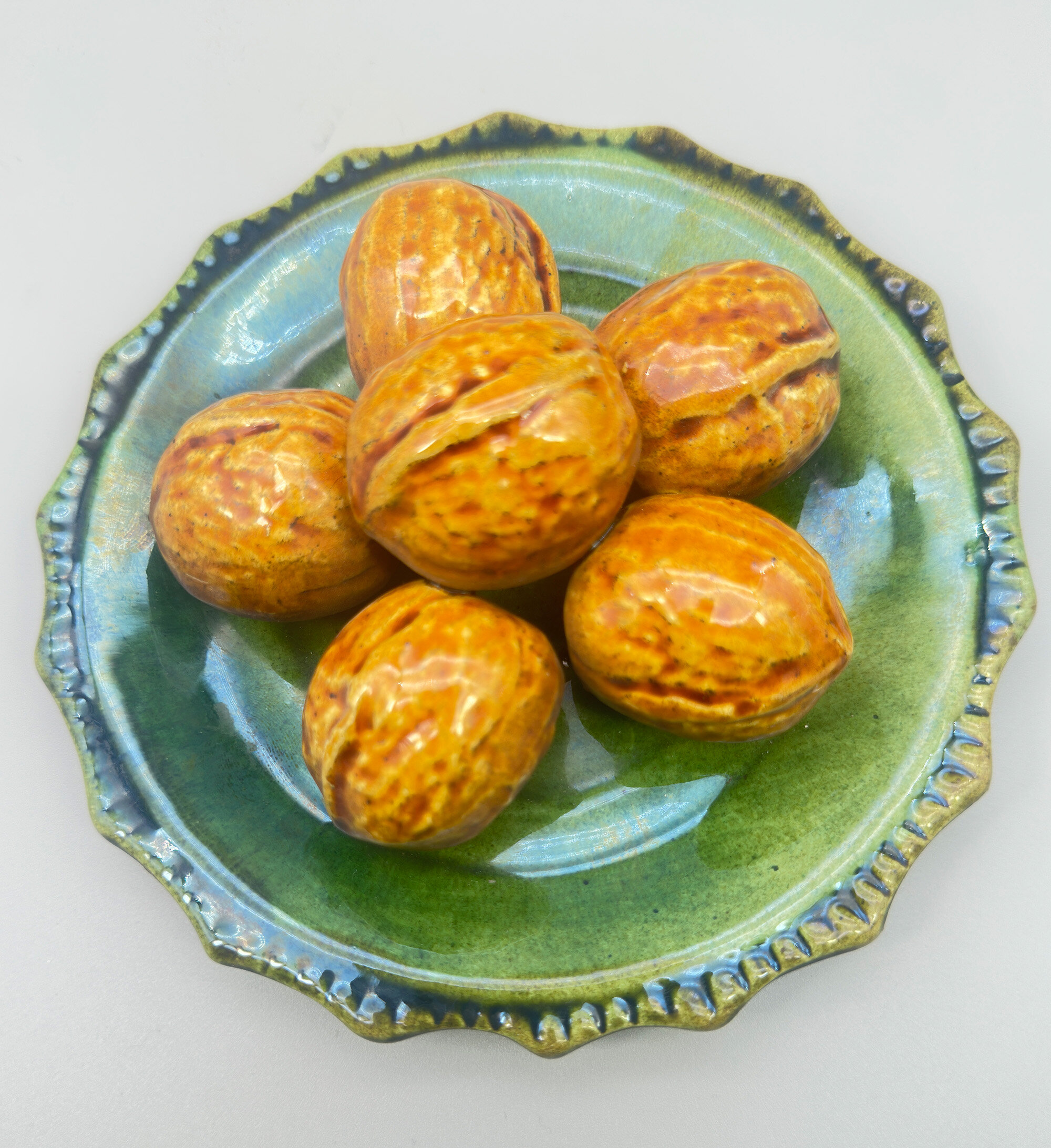
Majolica palissy style Walnut Dish, Roque Gaeiras, Portugal, second half C20th
Price: £45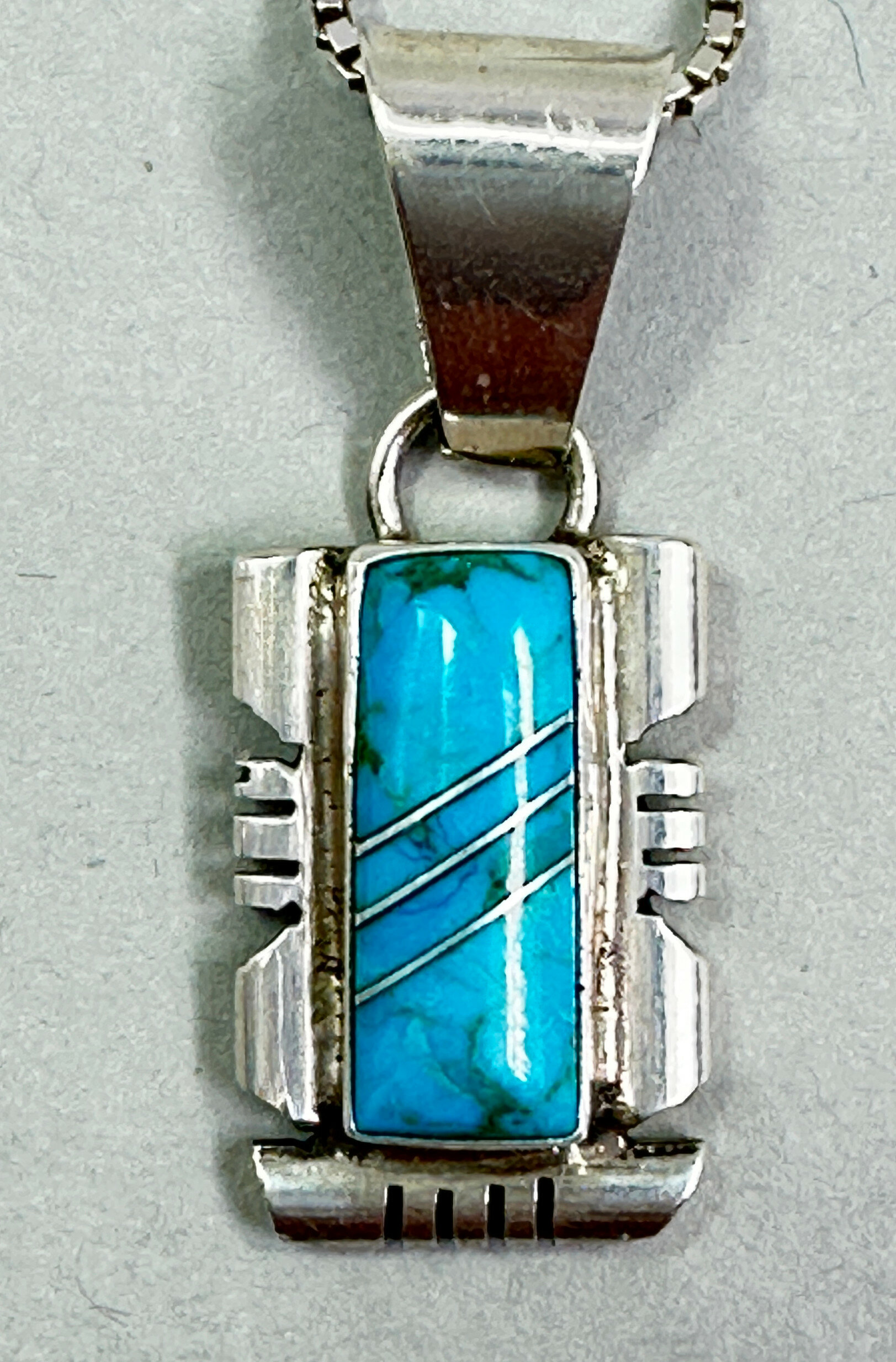
Zuni turquoise silver pendant Necklace, modern
Price: £35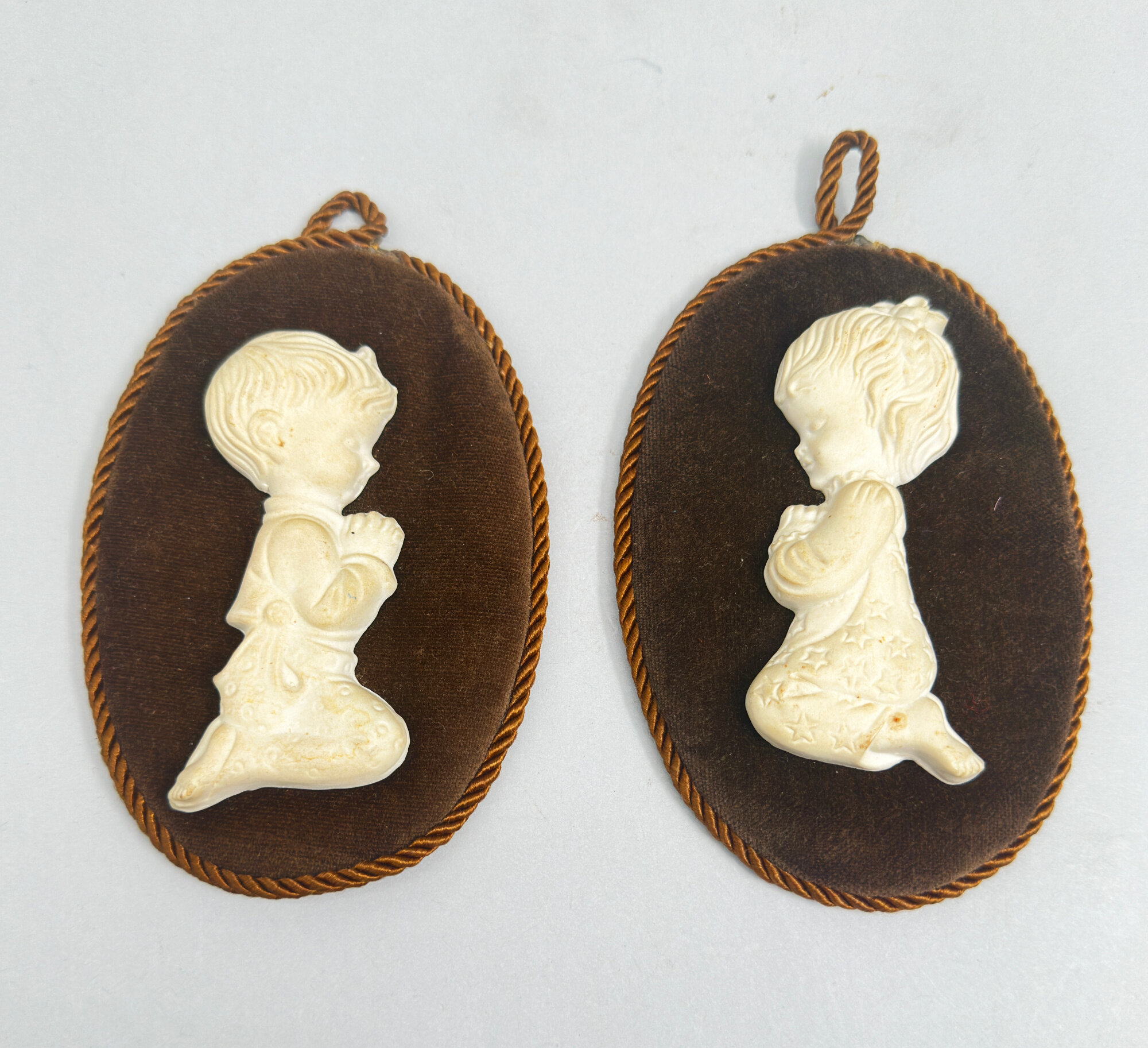
Pair of Capodimonte ceramic Wall Hanging Plaques, boy and girl praying, Italian 1960s
Price: £25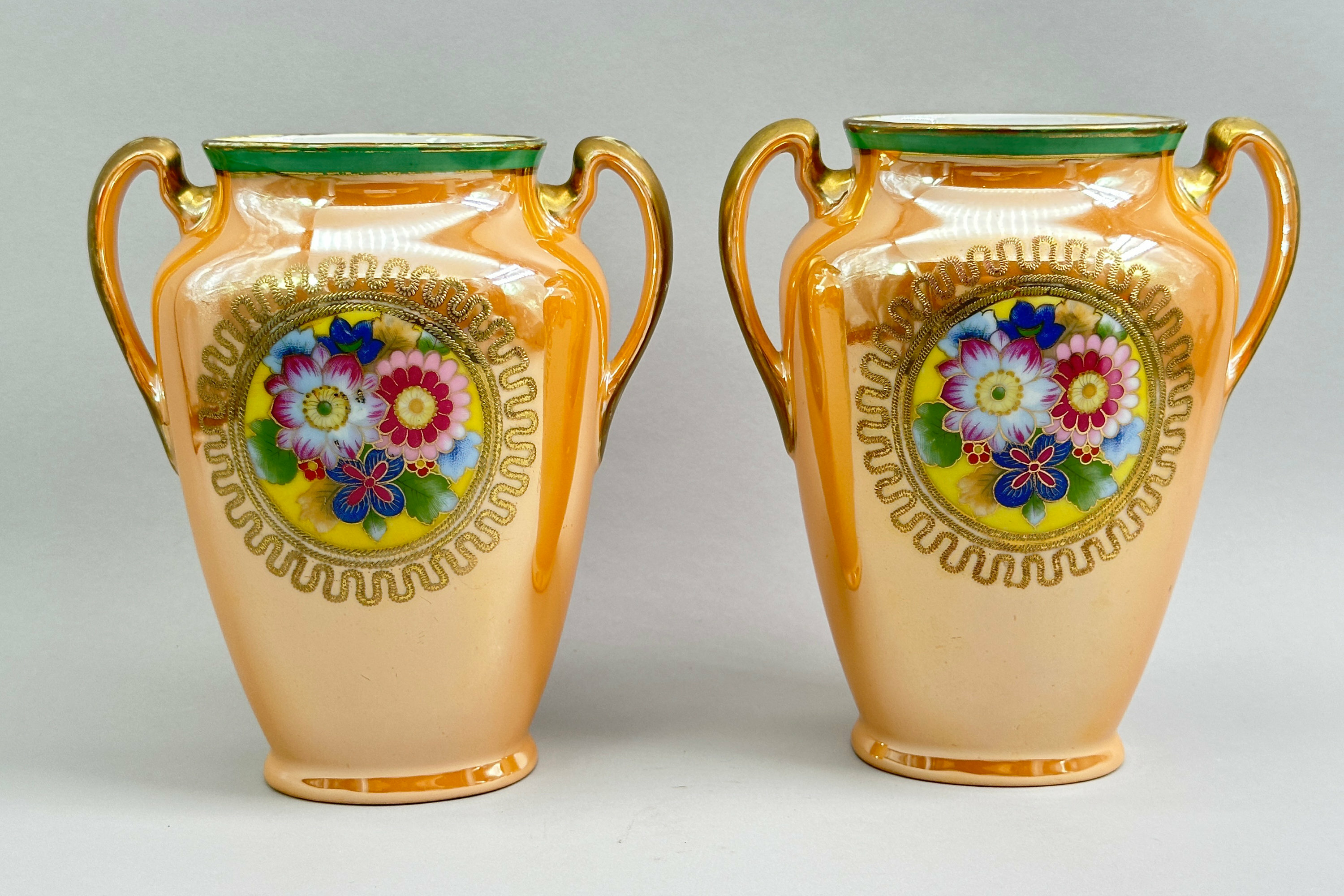
Pair of Japanese Noritake Vases, early C20th
Price: £35The Noritake compnay was set up by the Morimura family at Noritake near Nagoya in the early twentieth century. Called at first 'Nippon Toki Kaisha Ltd' on its founding in 1904, the business soon changed its name to 'Noritake' and began the manufacture of porcelains for the domestic and export markets. The mark seen here is interesting. It comprises a 'Komaru' symbol, crowned with "Noritake" and with the mark 'Made In Japan'. The centre symbol said to be taken from the Japanese character "Komaru", meaning "overcoming difficulties". According to the Noritake company tradition this mark was designed when contact with the different culture of the west early in the 20th century caused problems of adaptation. It is also known as the 'tree crest mark' which is the clan crest of the Morimura family. This mark is said to have been registered in London for the UK market by 1908. The curled up ends of the Komaru symbol seen here distinguish this mark from later versions and allow a dating of this piece to the early twentieth century.
Noritake porcelain became synonymous with finely potted tea and breakfast services made in great quantities for export. These vases are a rather more unusual production and show the factory capable of producing high quality pieces with decorative potential.
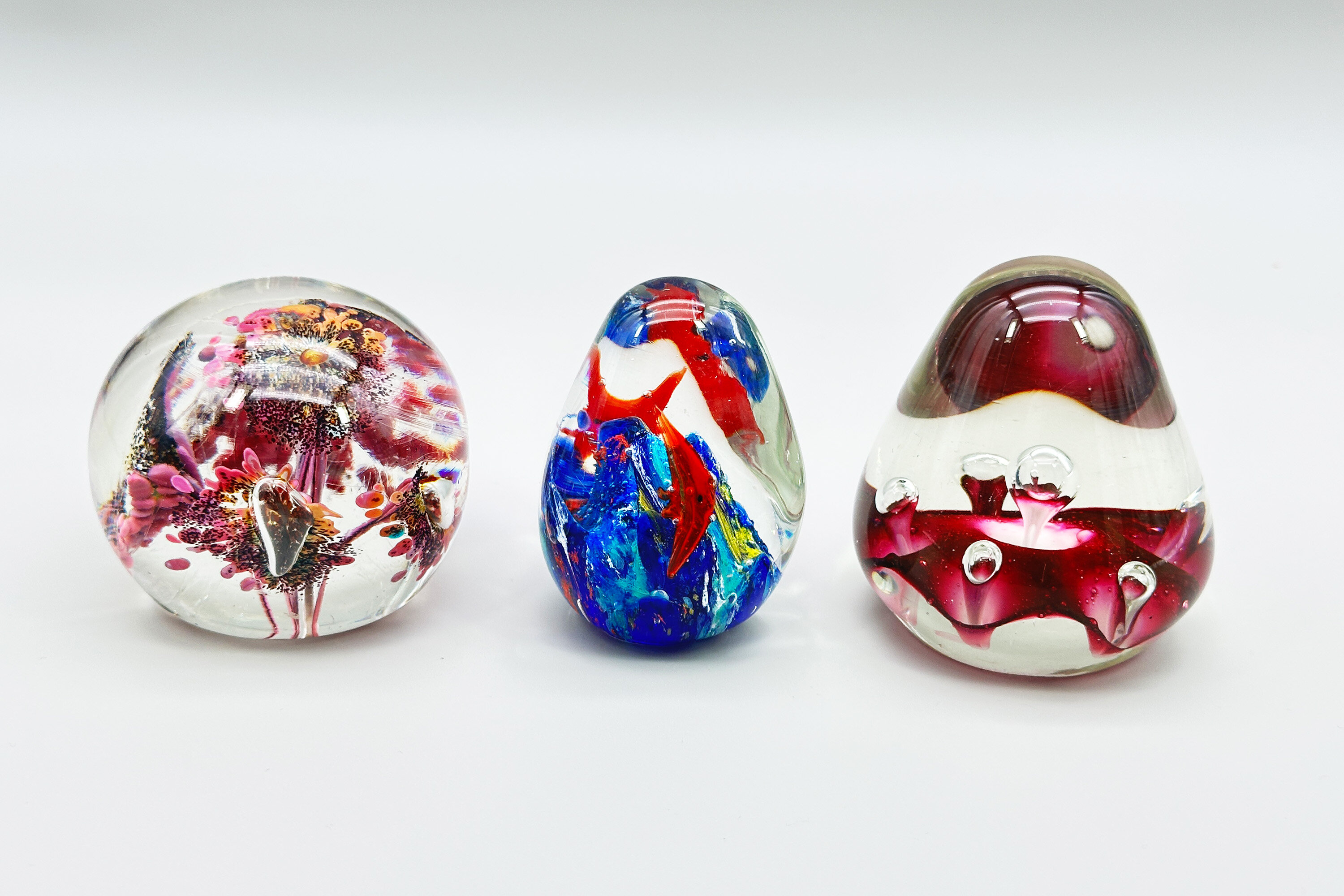
Three Art Glass Paperweights, late C20th
Price: £75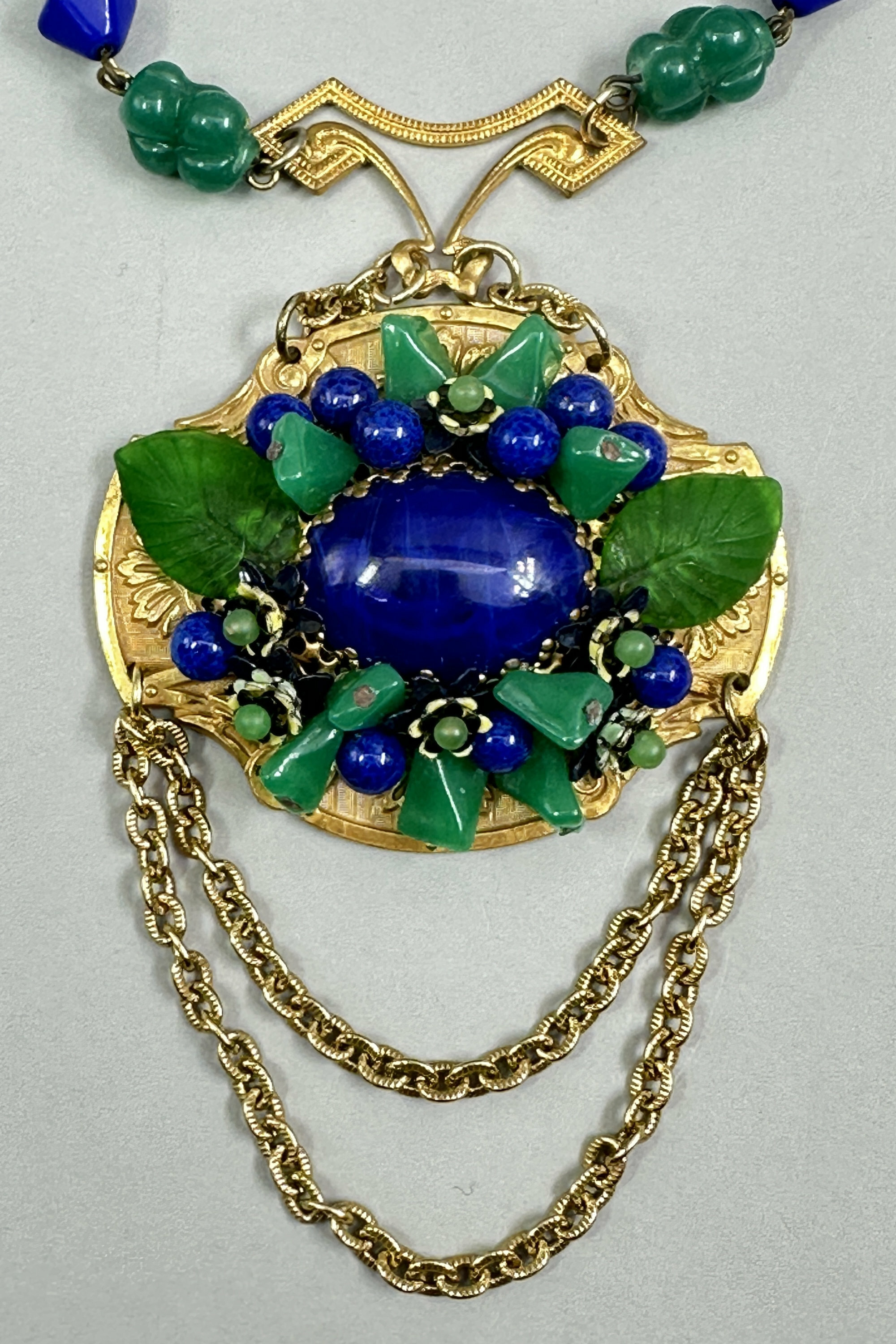
Regency style statement necklace c1950
Price: £125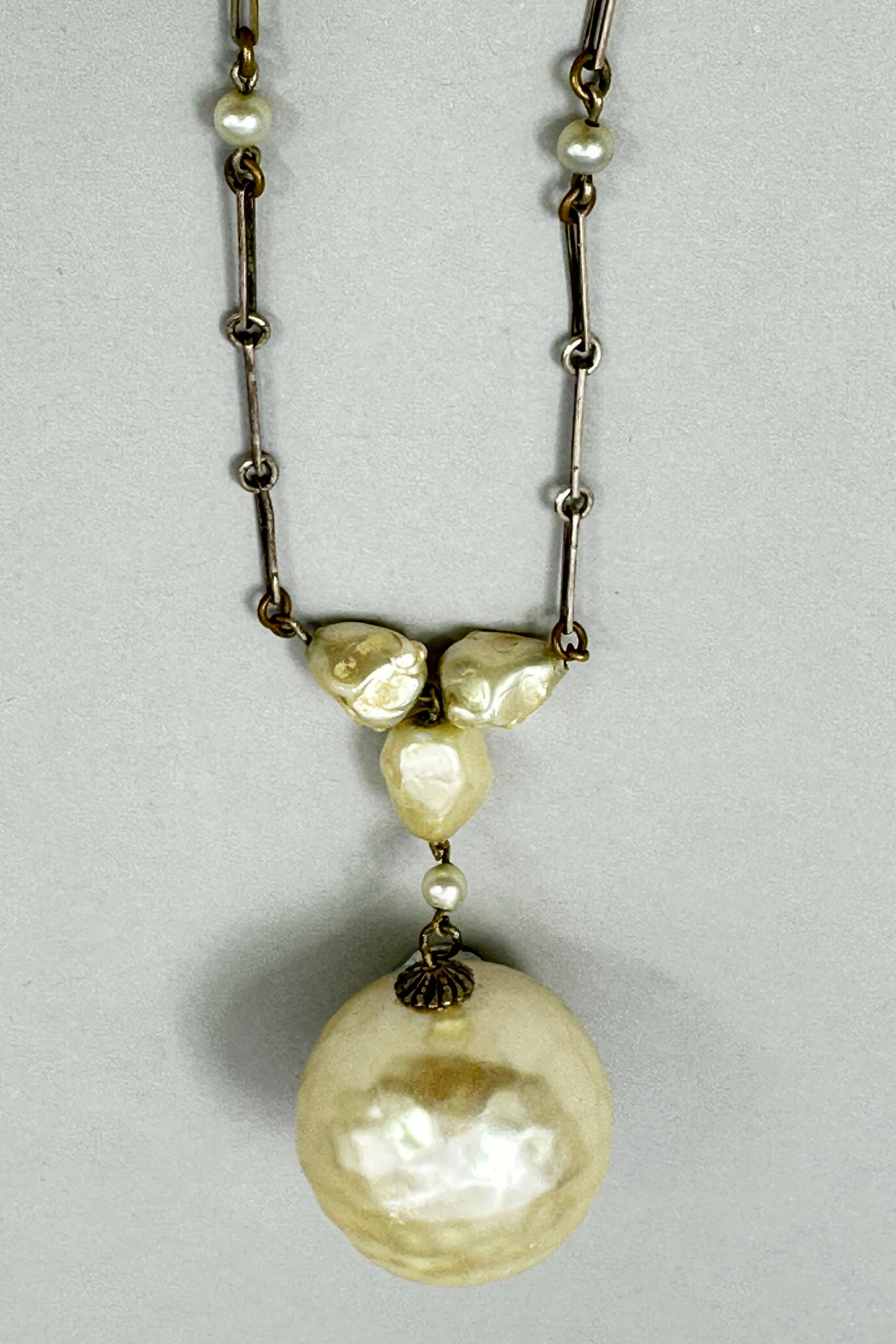
Faux pearl necklace c1910
Price: £15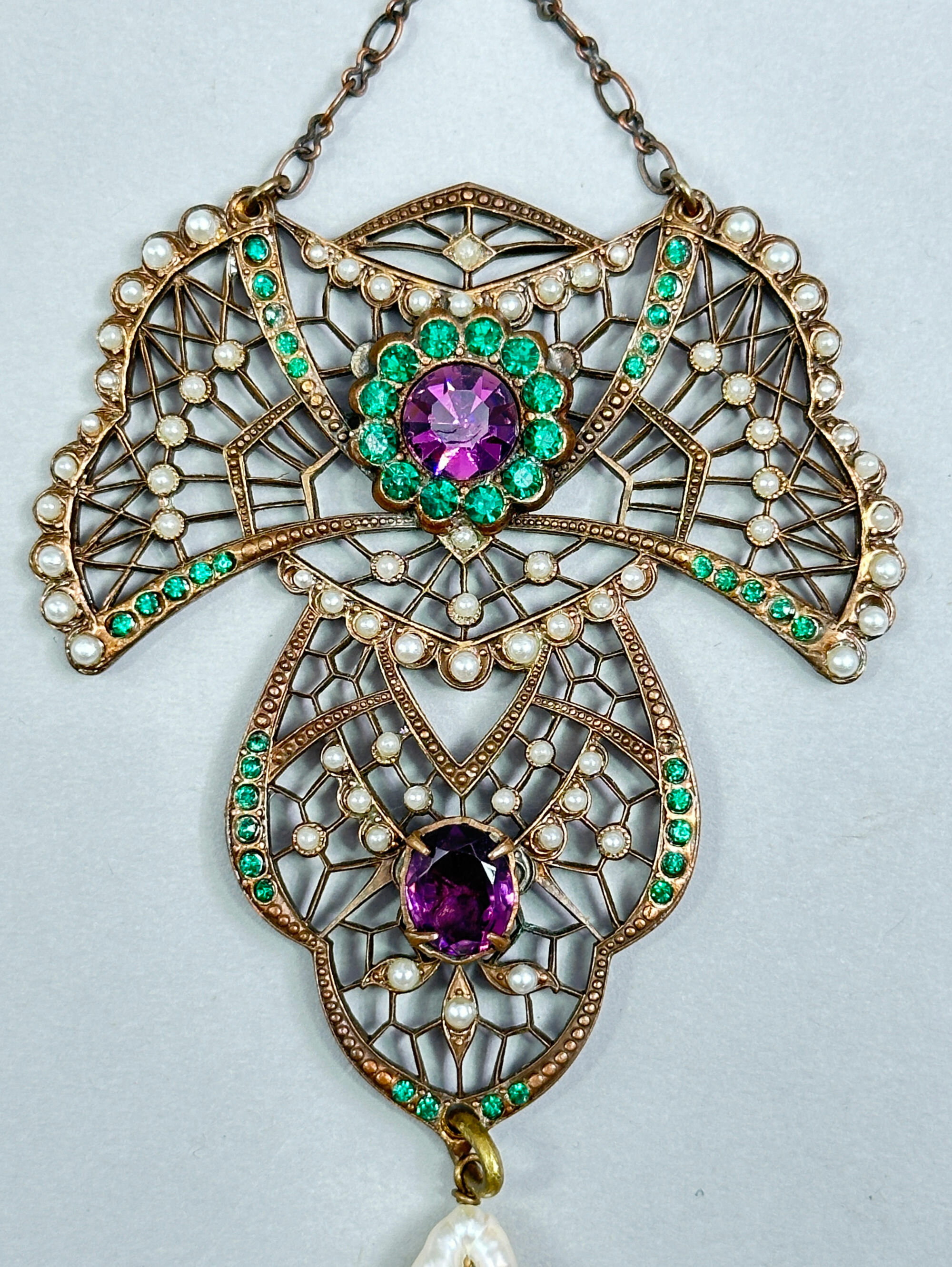
Art Deco statement necklace with real pearls and paste stones c1920
Price: £50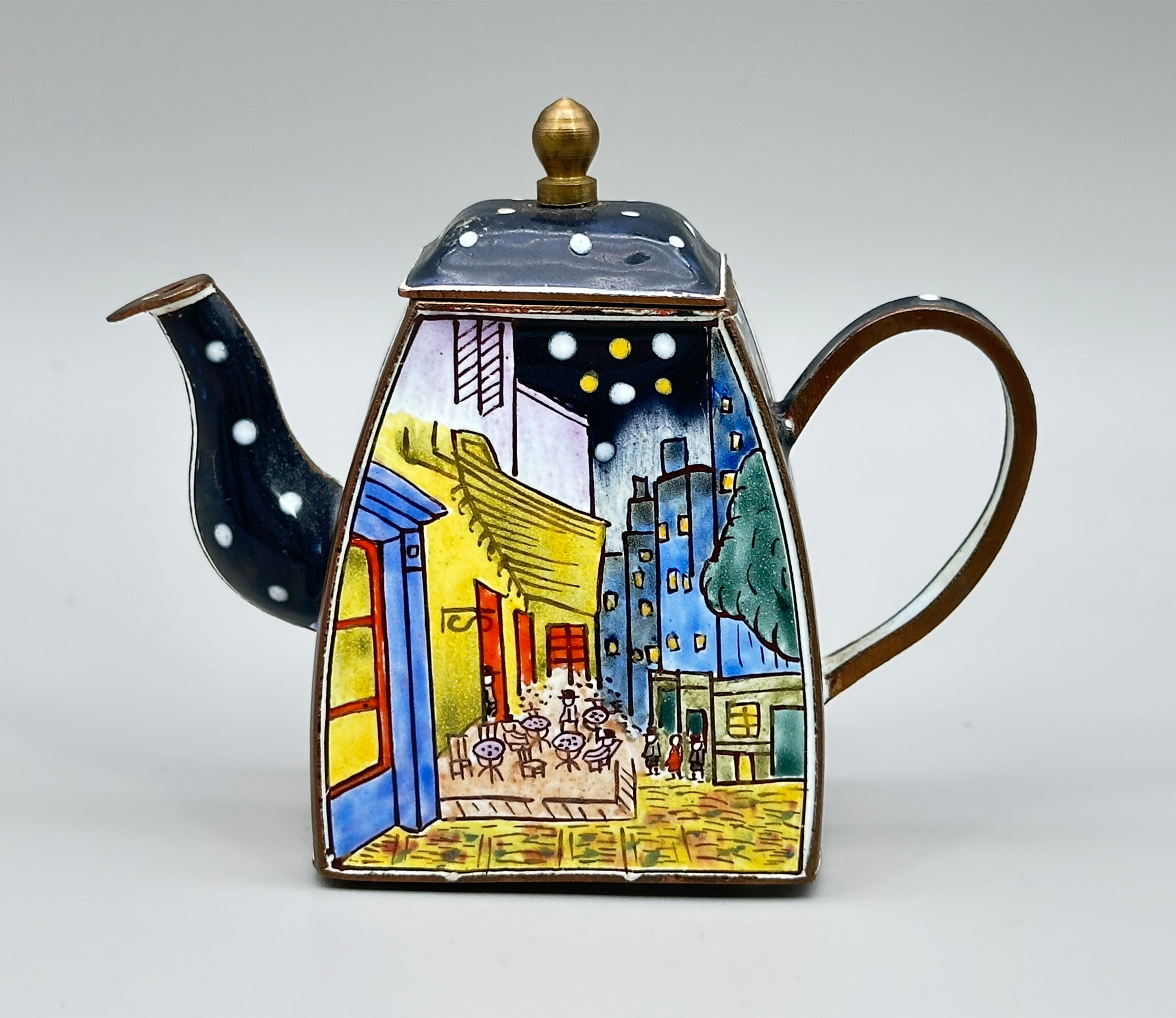
Trade+Aid Teapot, Van Gogh Café Scene, UK 1990s
Price: £25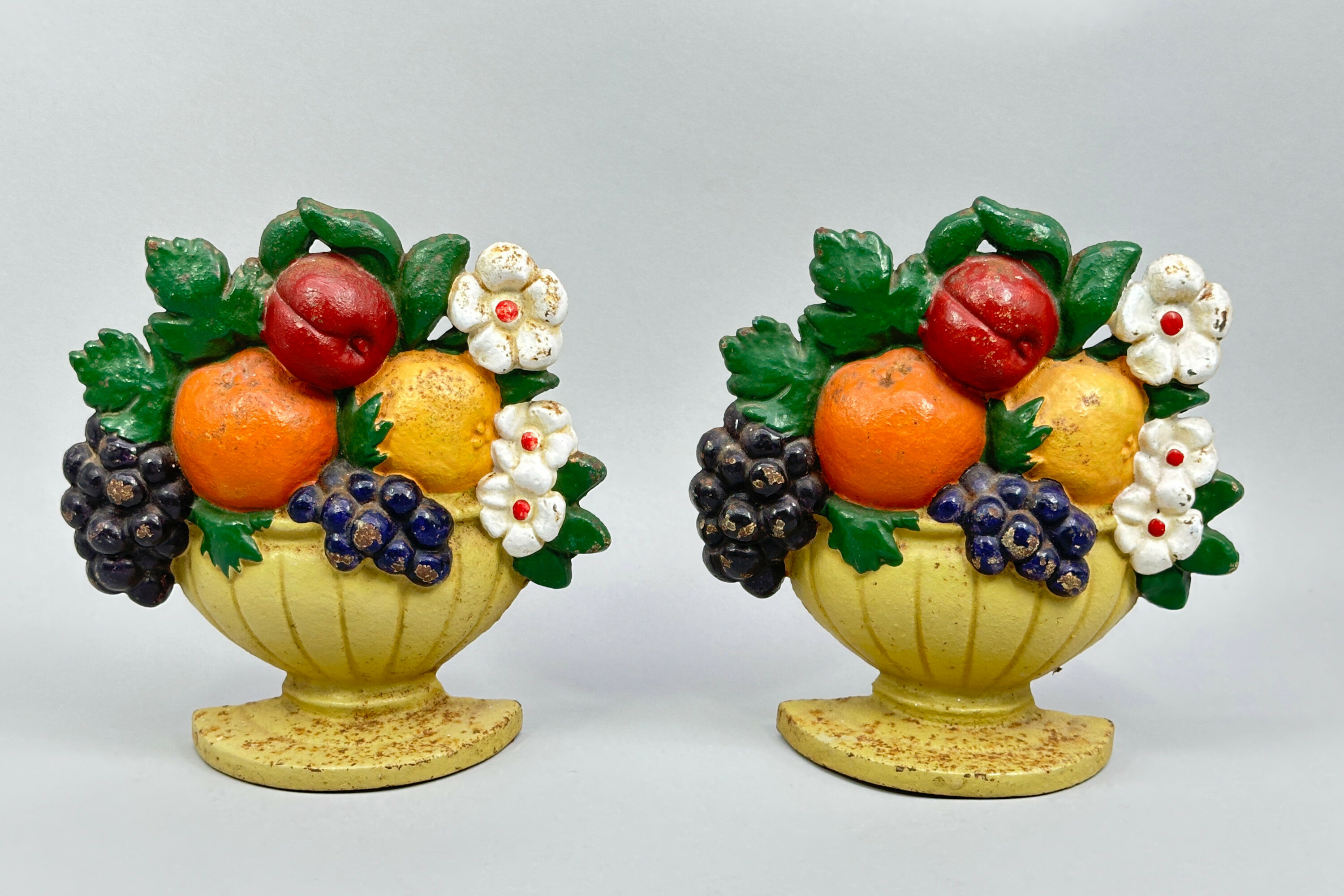
Pair cast iron Doorstops, Basket of Fruit, probably American mid C20th
Price: £45
Pair of Capodimonte ceramic Wall Hanging Plaques, boy and girl praying, Italian 1960s
Price: £25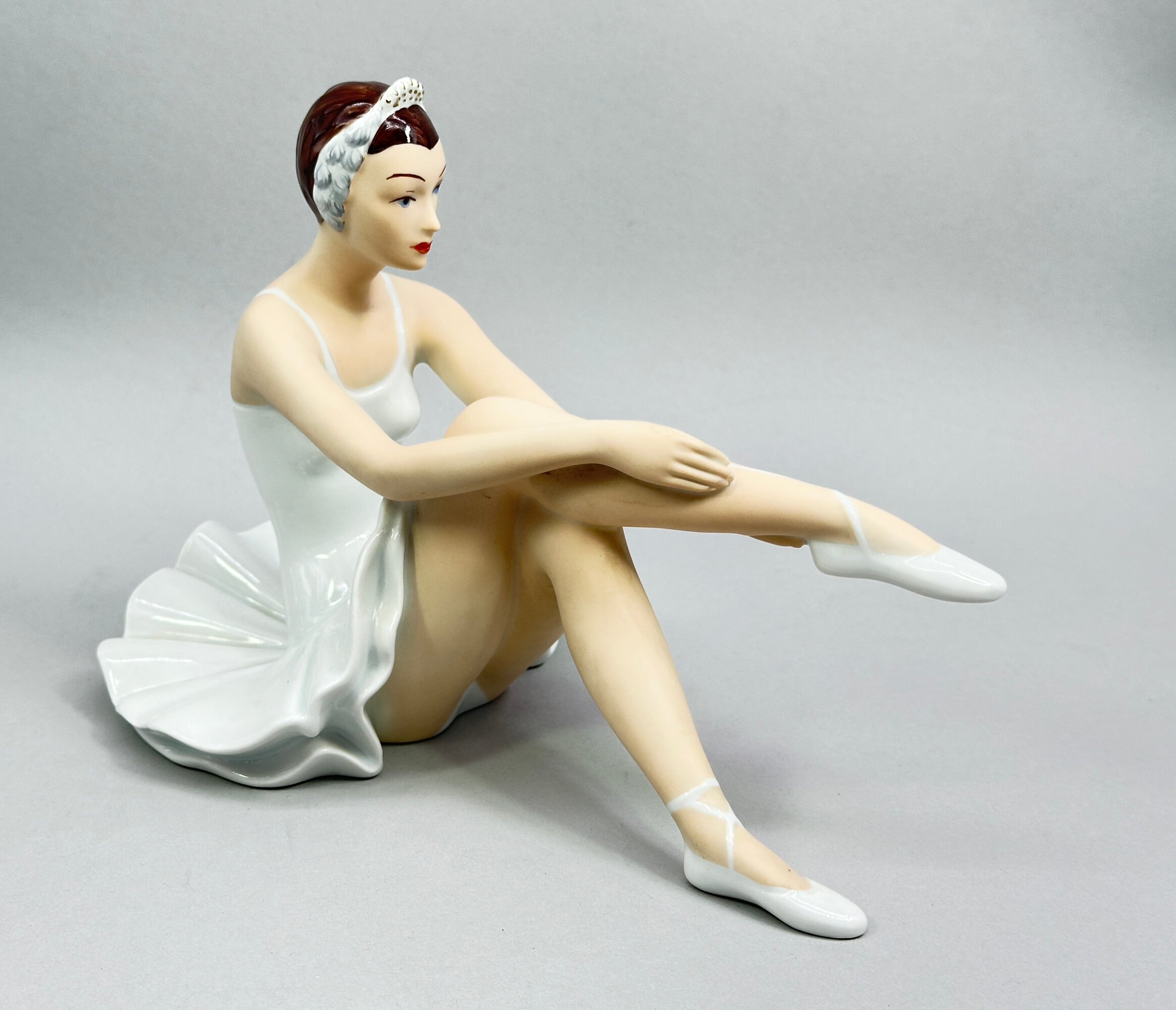
Figure of a Seated Ballerina, Royal Dux, late C20th
Price: £75Duxer Porzellanmanufaktur, or the Dux Porcelain Manufactory, was started in 1860 by Eduard Eichler in what was then Duchov, Bohemia, later to become part of Czechoslovakia. Production was to continue until the beginning of the second world war and beyond and their later pieces are now generally referred to by the abbreviated name, ‘Royal Dux’. The distinctive pink triangle plaque mark was first used in the late nineteenth century but appears on pieces from all dates, the version found here indicating late twentieth century work which is also confirmed by the rather indistinct stamped mark comprising a triangle surrounded by the wording ‘Hand Painted Made in Czech Republic’. The artist is named as ‘V.David’ and there seem to be two other companion pieces in different poses. The quality is quite excellent and explains the original popularity of the firm when it began manufacturing in the nineteenth century and produced highly successful imitations of its contemporary rivals.

Large graduated necklace of nut carving beads, 1930s
Price: £25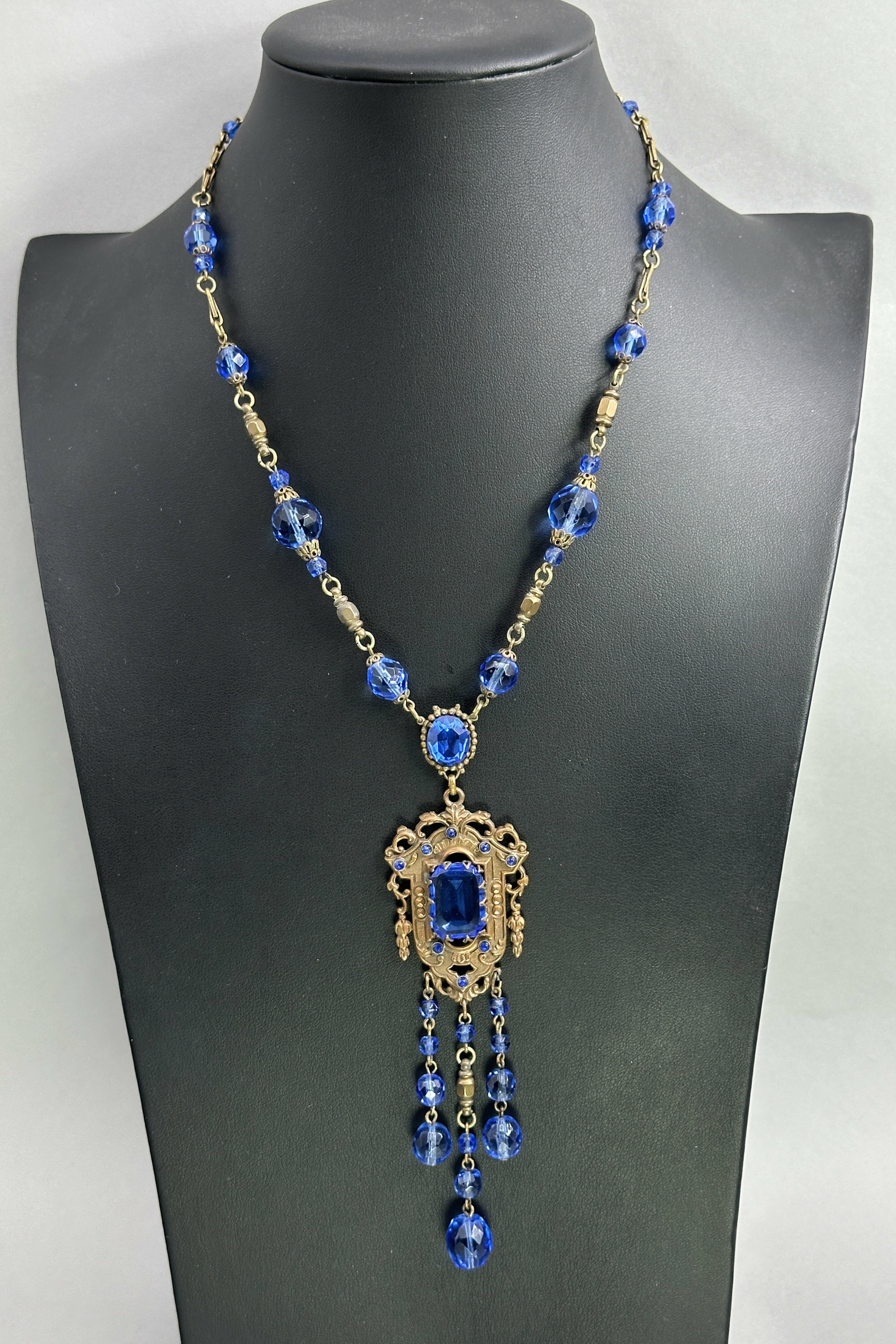
Edwardian Transitional necklace c1920
Price: £75
Art Deco necklace with blue paste stones 1930s
Price: £45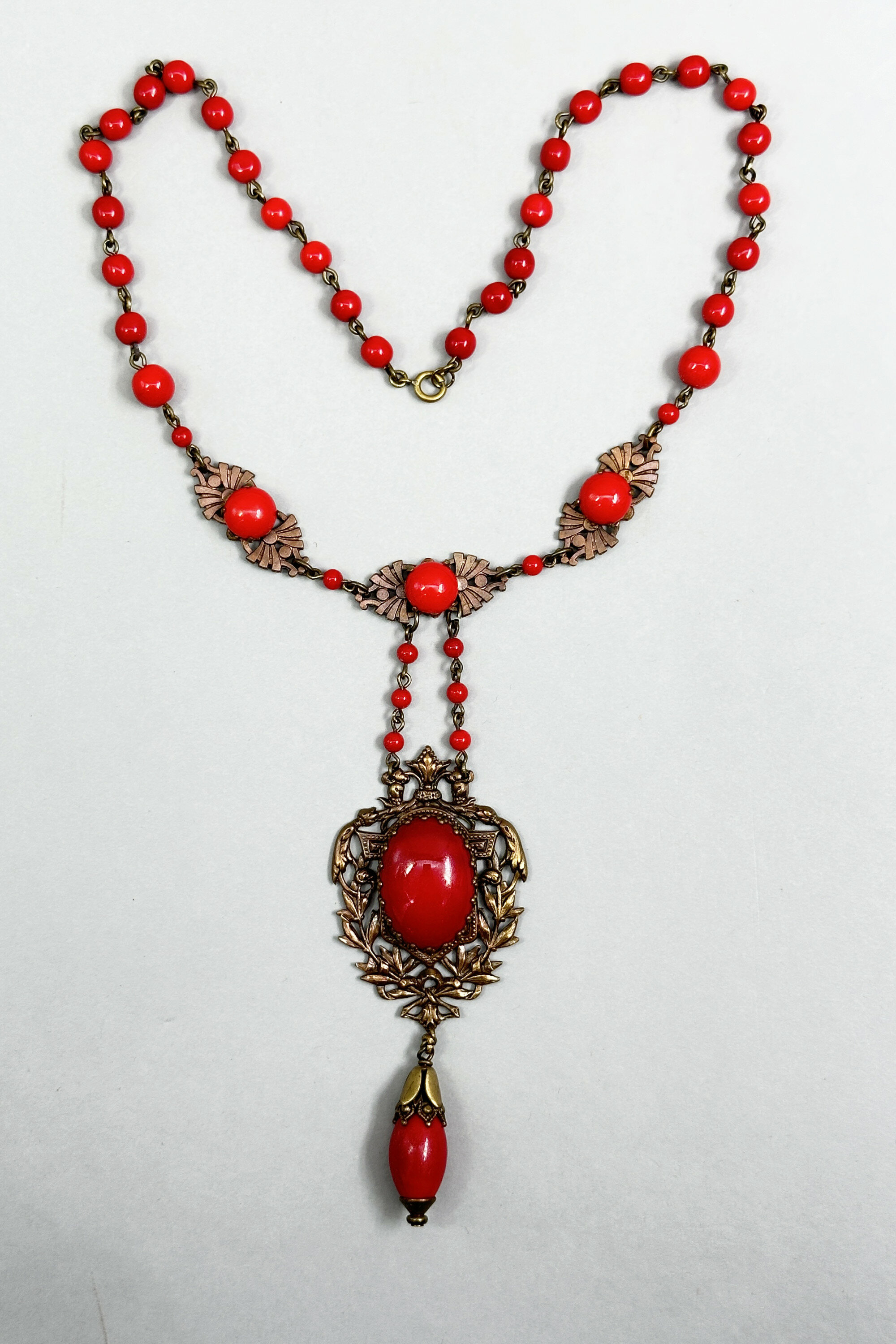
Victorian style Czech glass statement necklace c1930
Price: £40
Perfume Bottle and Stopper, Stuart Akroyd, signed J S A, late C20th
Price: £75The signature here, which occurs on other pieces by the same artist, is for Stuart Akroyd, a celebrated English glassmaker who worked from studios in Sunderland then Sheffield from 1991 to 2021(see image 8). Born in 1966, Akroyd studied at Sunderland University, following this with a Post Graduate Diploma at the International Glass Centre, Brierley Hill. After working as the head maker at Lakeland Crystal, Cumbria he went on to establish his own business, Stuart Akroyd Glass Designs, in 1991, renaming it Stuart Akroyd Contemporary Glass when he moved from Sunderland to Sheffield in 2000. Best known for his sculptural pieces which were inspired by the ‘Skylon’ structure, the well known symbol of the 1951 Festival of Britain, Akroyd also worked on a smaller scale and there a number of small bottles by him of which this is an excellent example. The glass effects are skilful and inventive and the flat panel to the body is both decorative and functional, allowing the level of fluid in the bottle to be seen clearly. Many of his sculptural pieces were made in his later Sheffield workshop which, with its greater space, allowed him to employ the techniques necessary to create them, so it is a reasonable guess that this bottle and its companions belong to the first phase of his output.
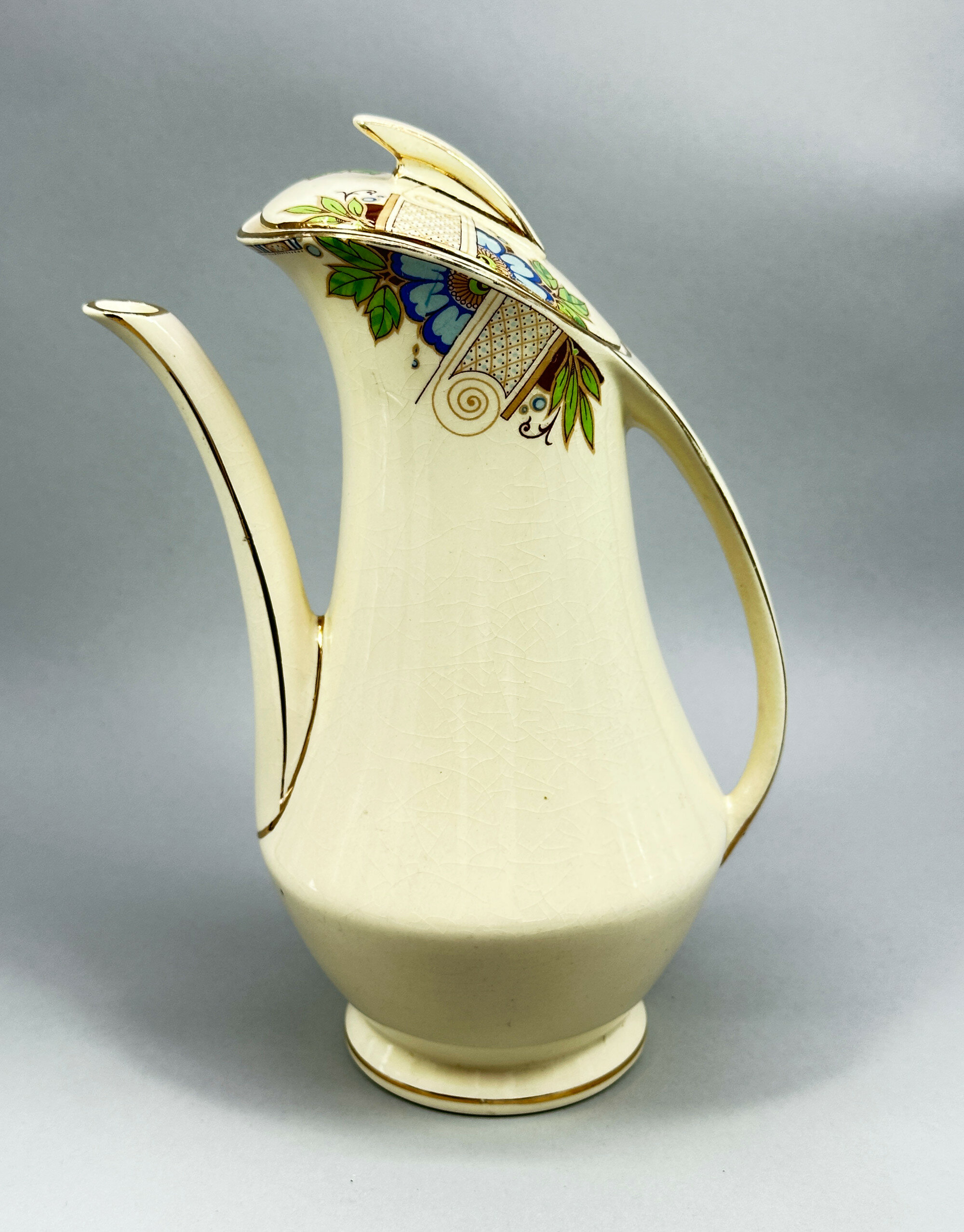
Art Deco Coffee Pot, Crownford Burslem, Staffordshire 1930s
Price: £35Burslem in Staffordshire was one of the famous six ‘pottery towns’ and immortalised in the novels of Arnold Bennett as ‘Bursley’. The firm Thomas Ford and Sons began its production there in the late nineteenth century, continuing until 1938 when the business was purchased by Oswald Shufflebottom who renamed it Ford & Sons (Crownford) Ltd. The trade name ‘Crownford’ had been adopted quite early on by the Ford family and was kept by the Shufflebottom family until the late 1980s. The ‘Crownford Burslem’ wares were mostly produced in the fashionable Art Deco style during the late 1920s and 1930s and this coffee pot is a fine and representative example of their work.
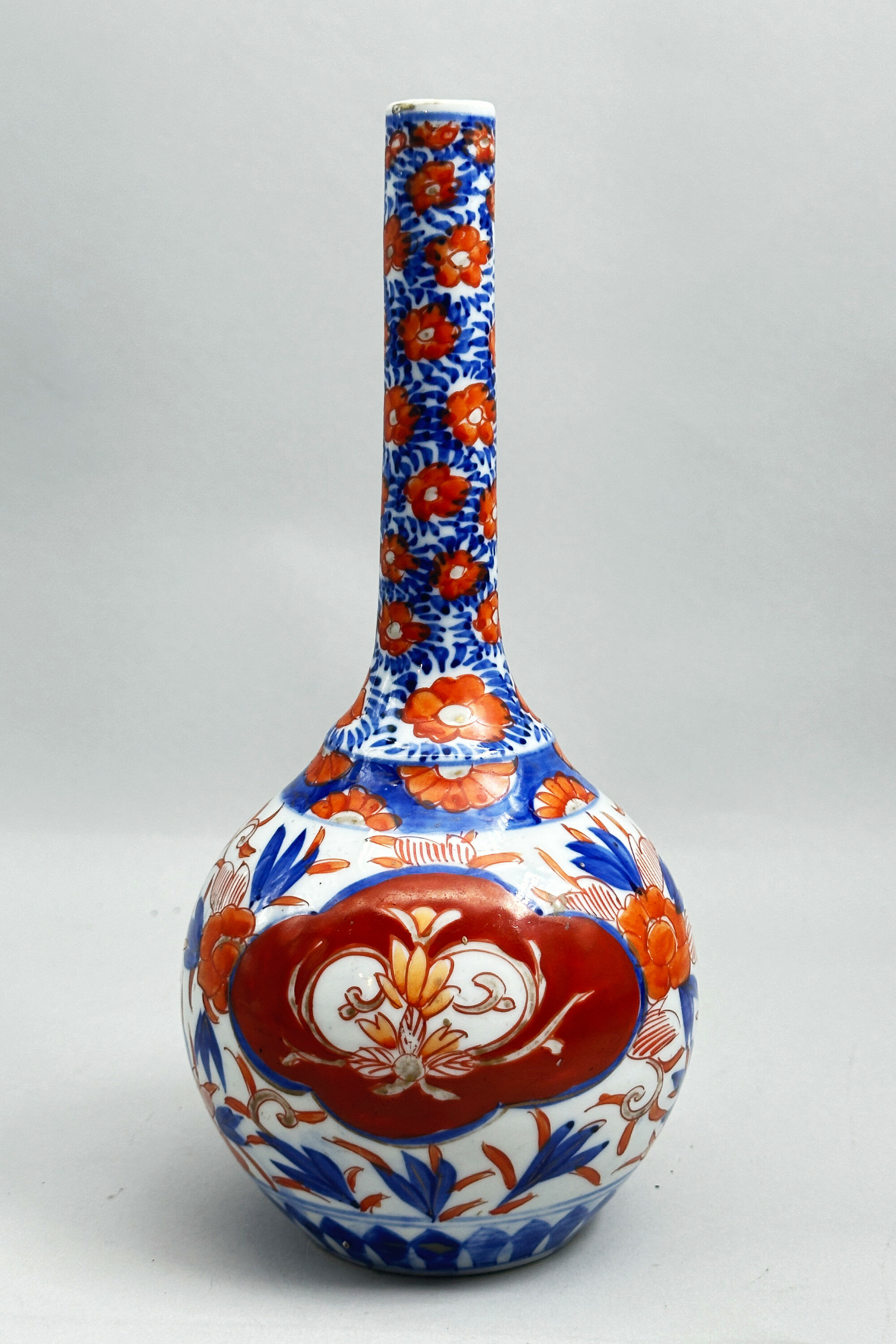
Japanese Imari Bottle Vase, circa 1900
Price: £30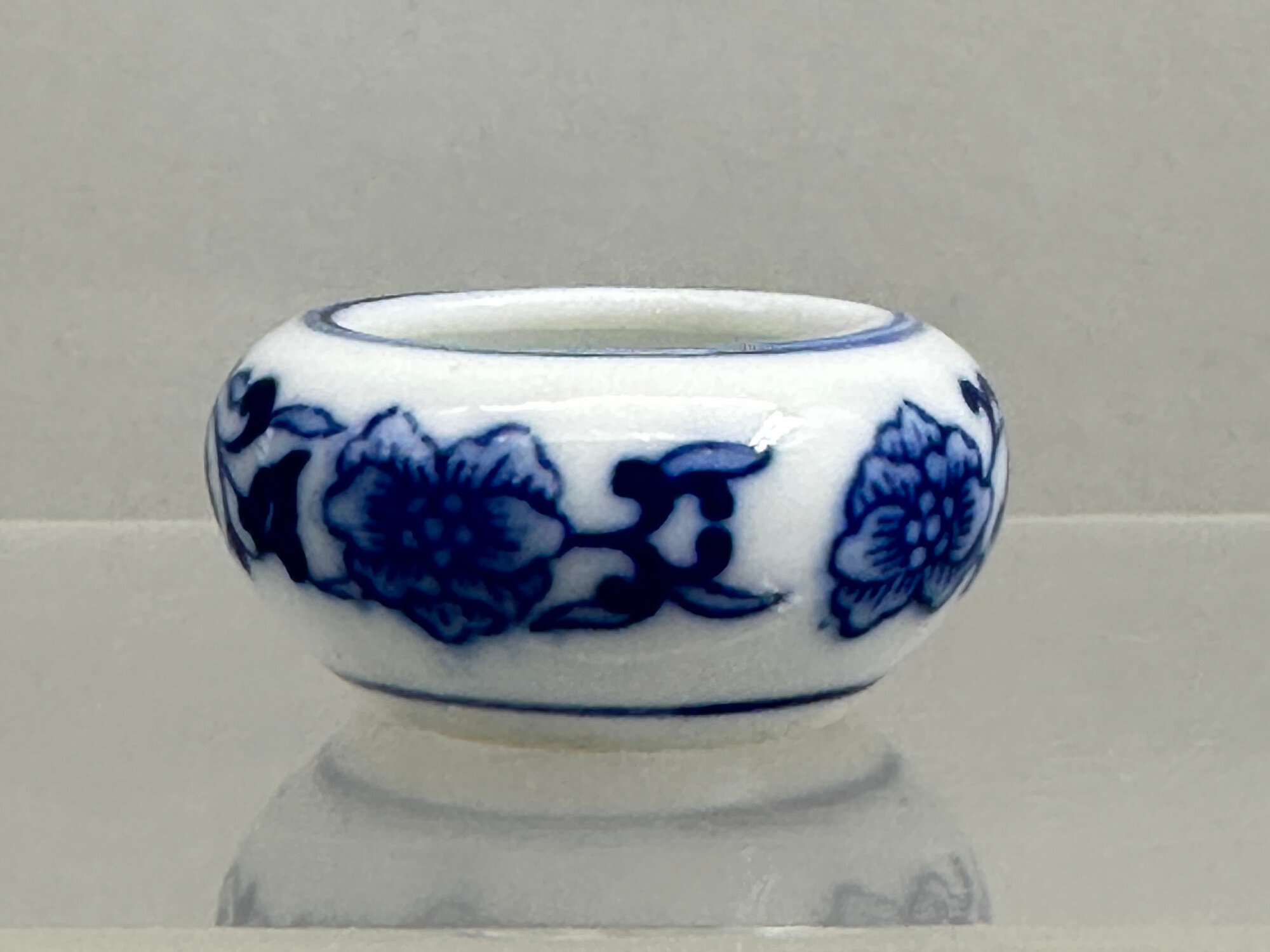
Small Chinese Blue and White Brushwasher, C20th
Price: £25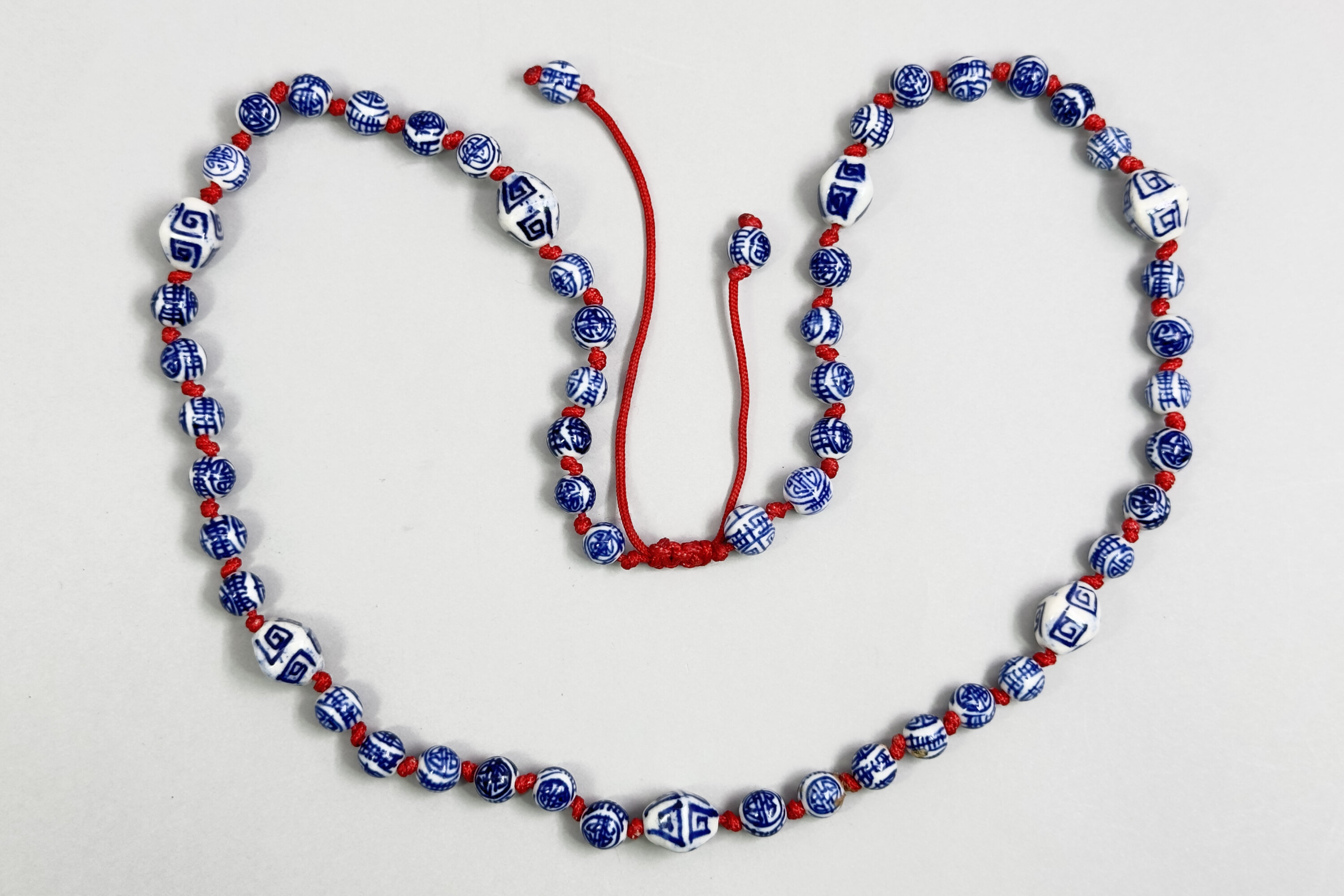
Chinese Blue and white ceramic beads, C20th
Price: £15PLEASE NOTE THAT THERE IS FREE UK SHIPPING ON THIS ITEM. For international buyers the shipping cost will be reduced by the UK shipping cost, so don't worry if you are outside the UK, you still receive this benefit!
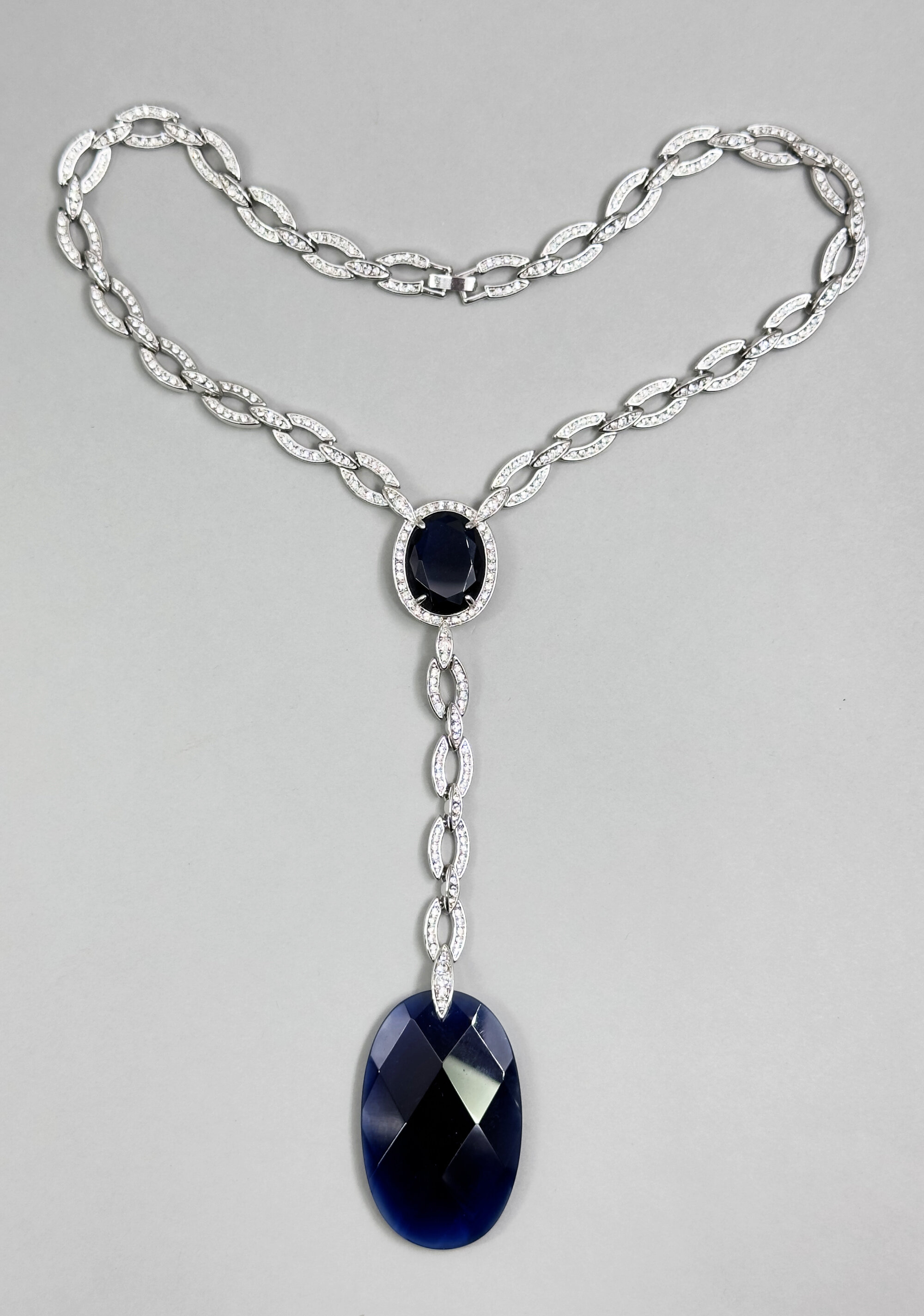
Art deco style necklace with large blue stone c1970
Price: £35
Long Art Nouveau necklace with multiple drops c1930
Price: £75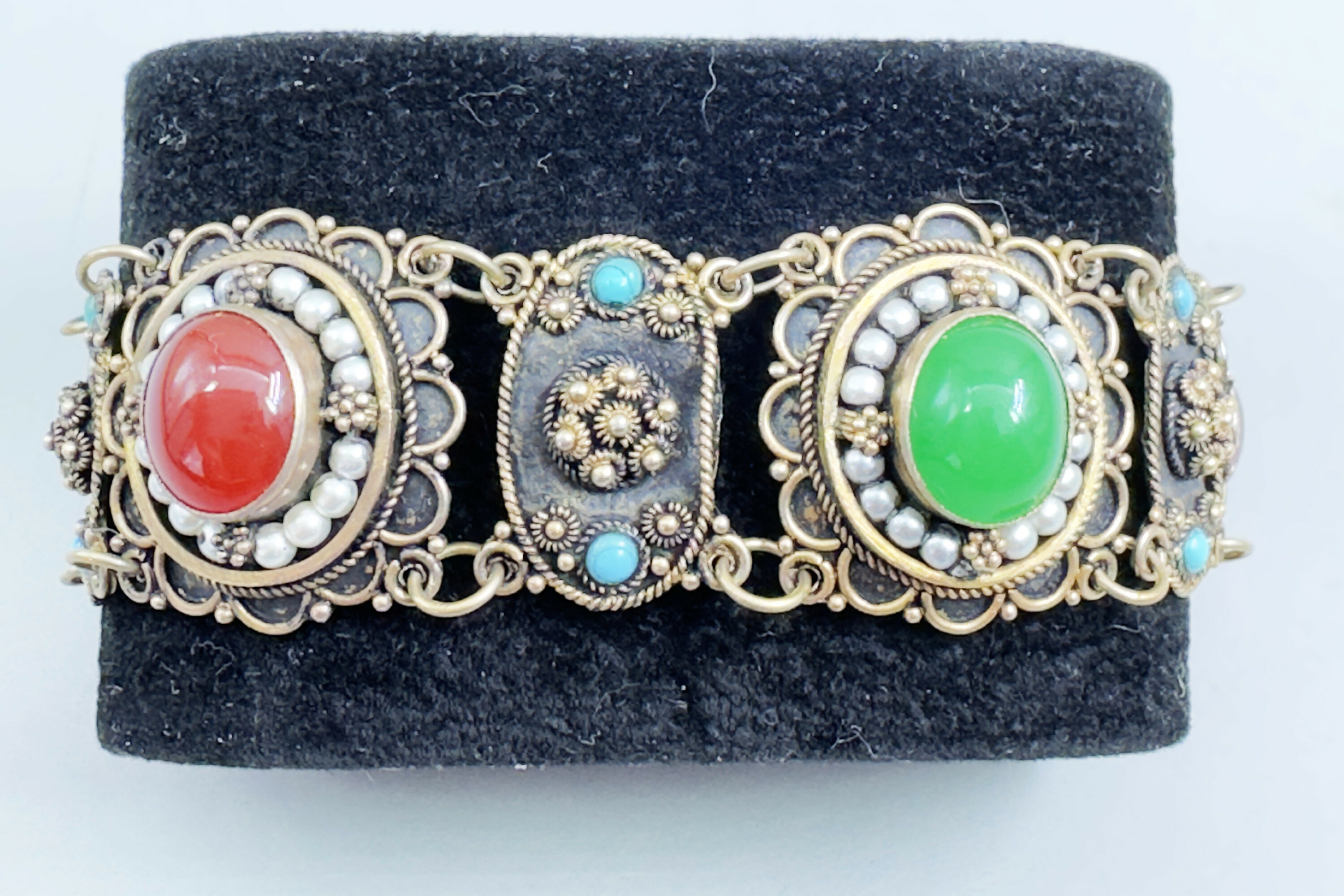
Victorian silver gilt filigree bracelet, Morocco
Price: £95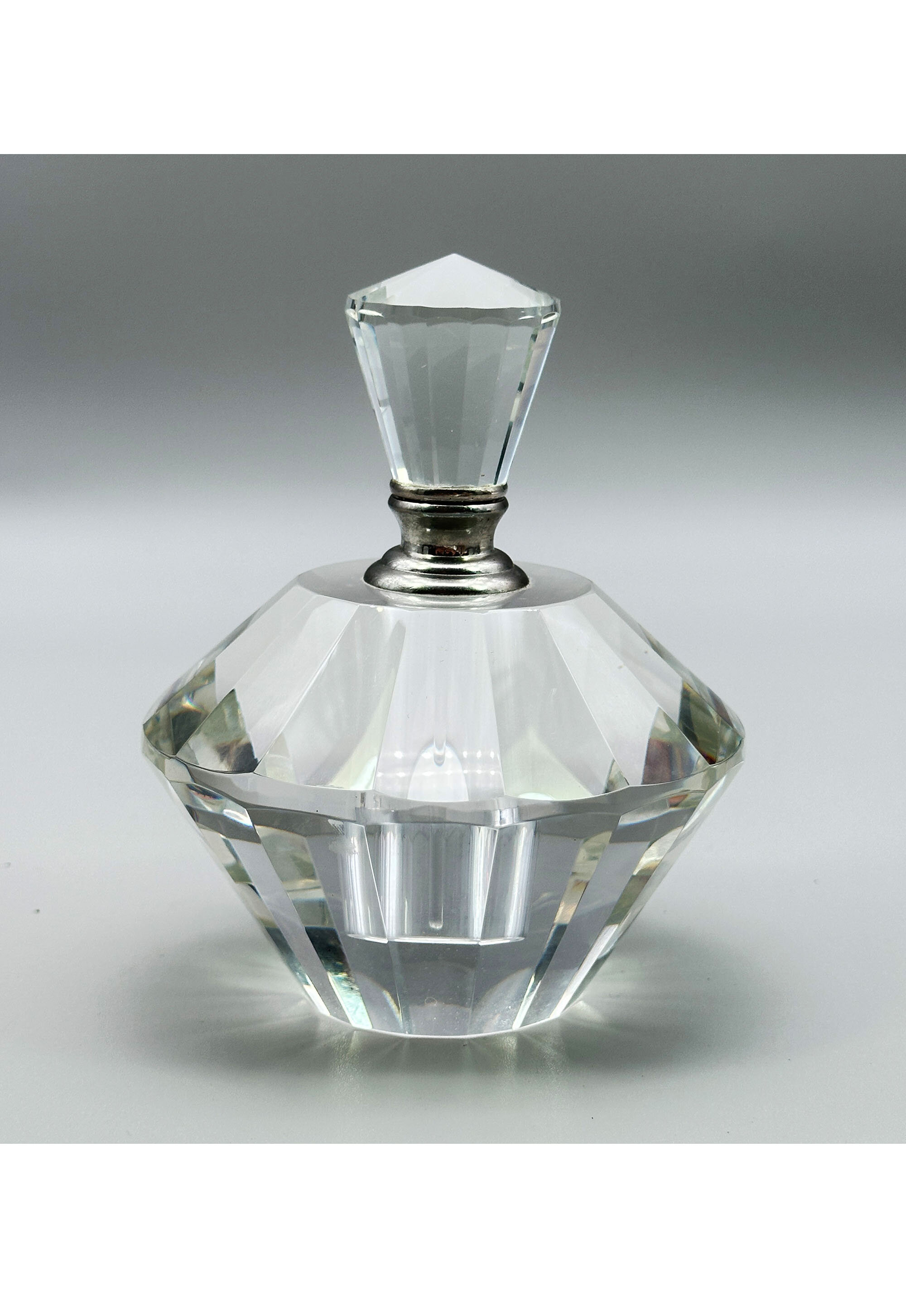
Art Deco style crystal glass Perfume Bottle and Stopper, late C20th
Price: £35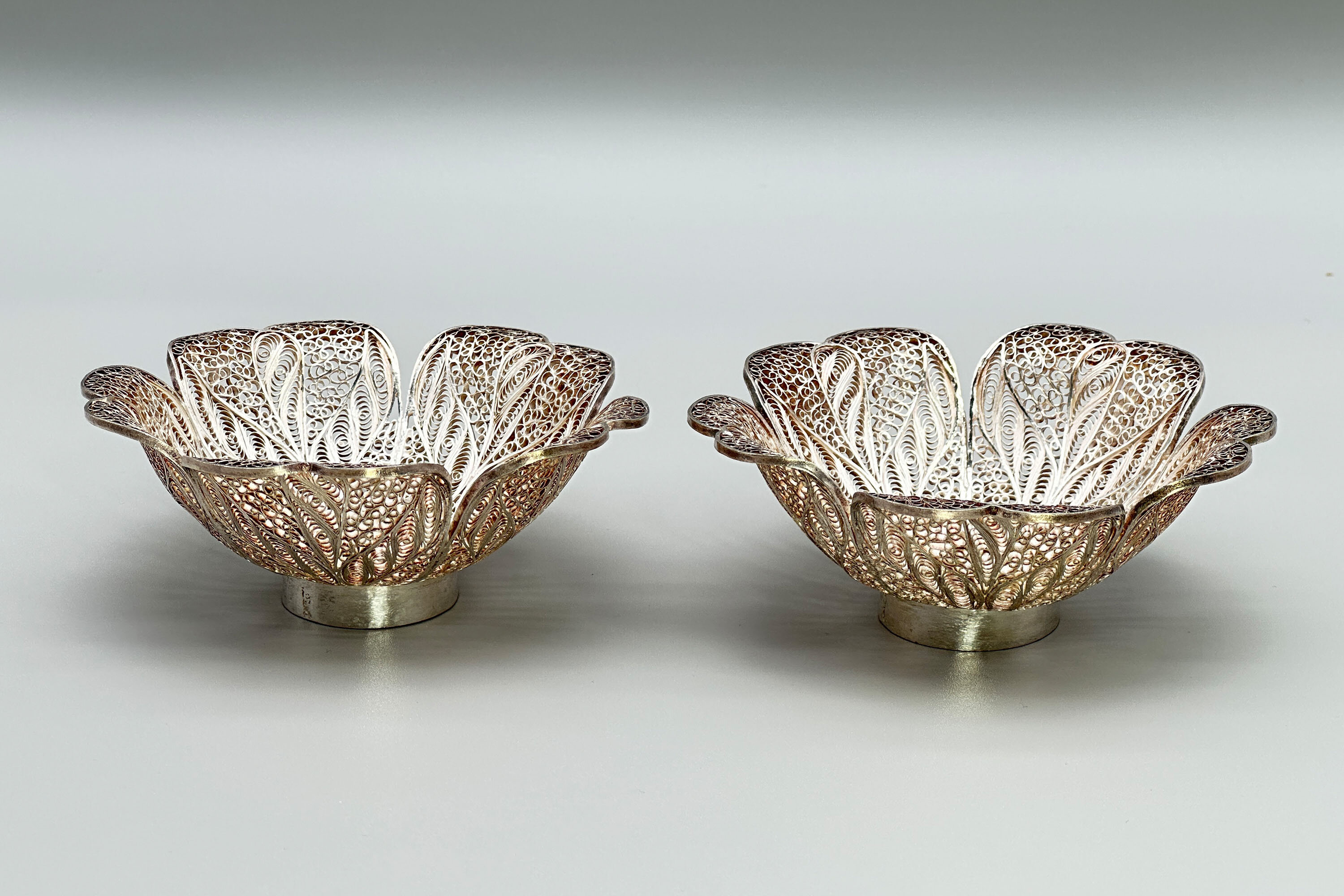
Pair of Silver Filigree Bonbonnieres, probably continental circa 1900
Price: £110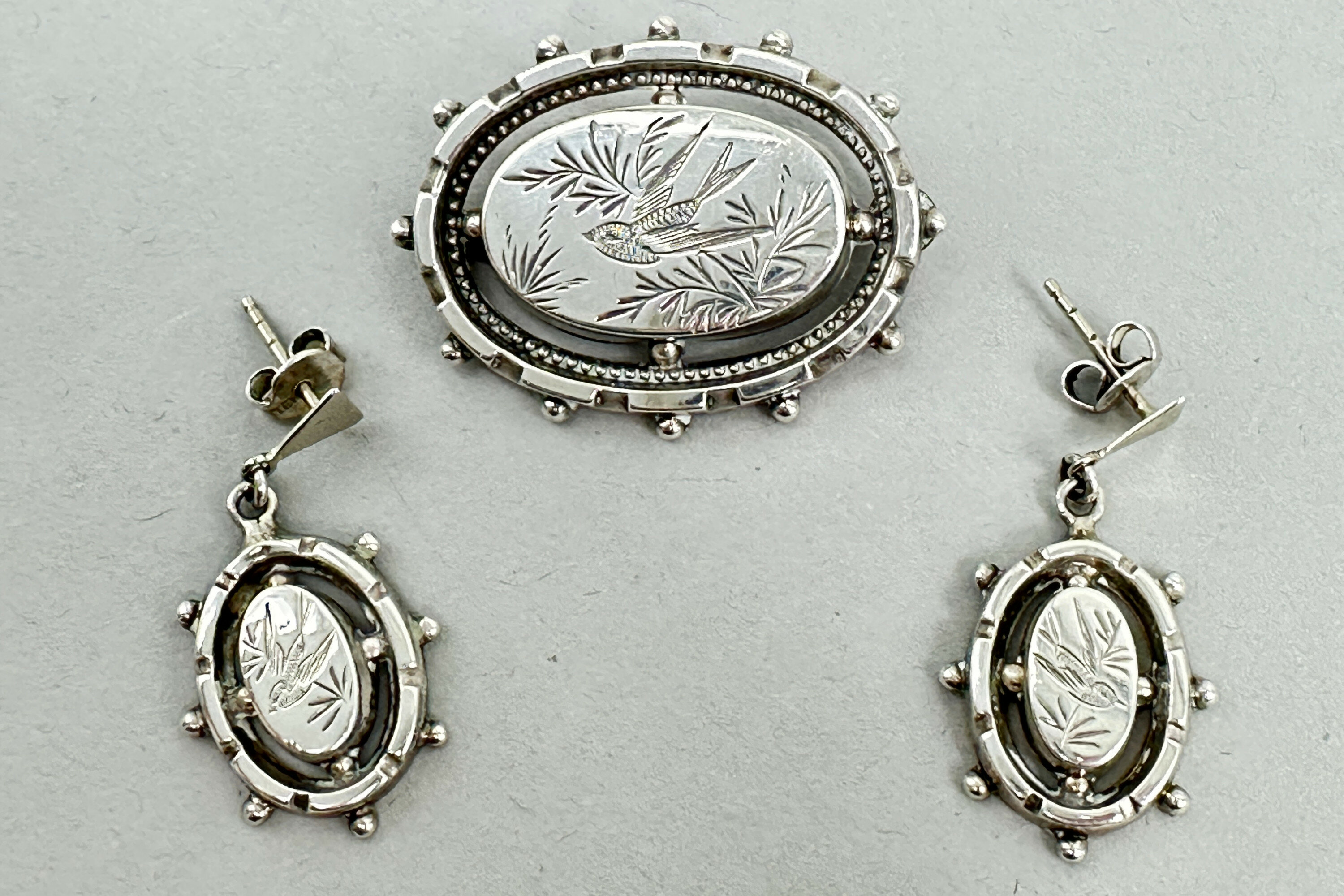
Aesthetic Movement silver brooch and earrings c1890
Price: £125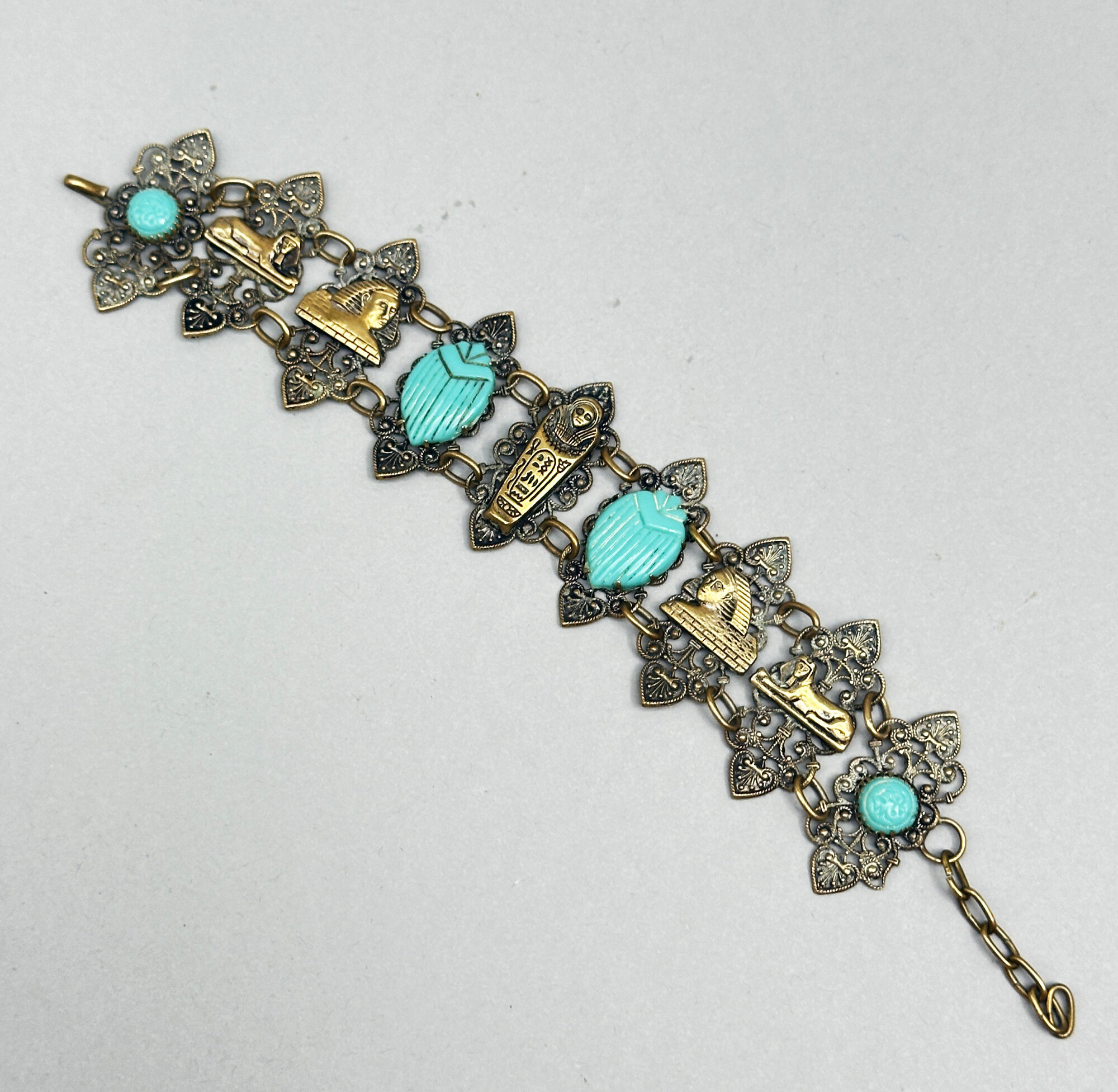
Czech Egyptian Revival bracelet 1930s
Price: £30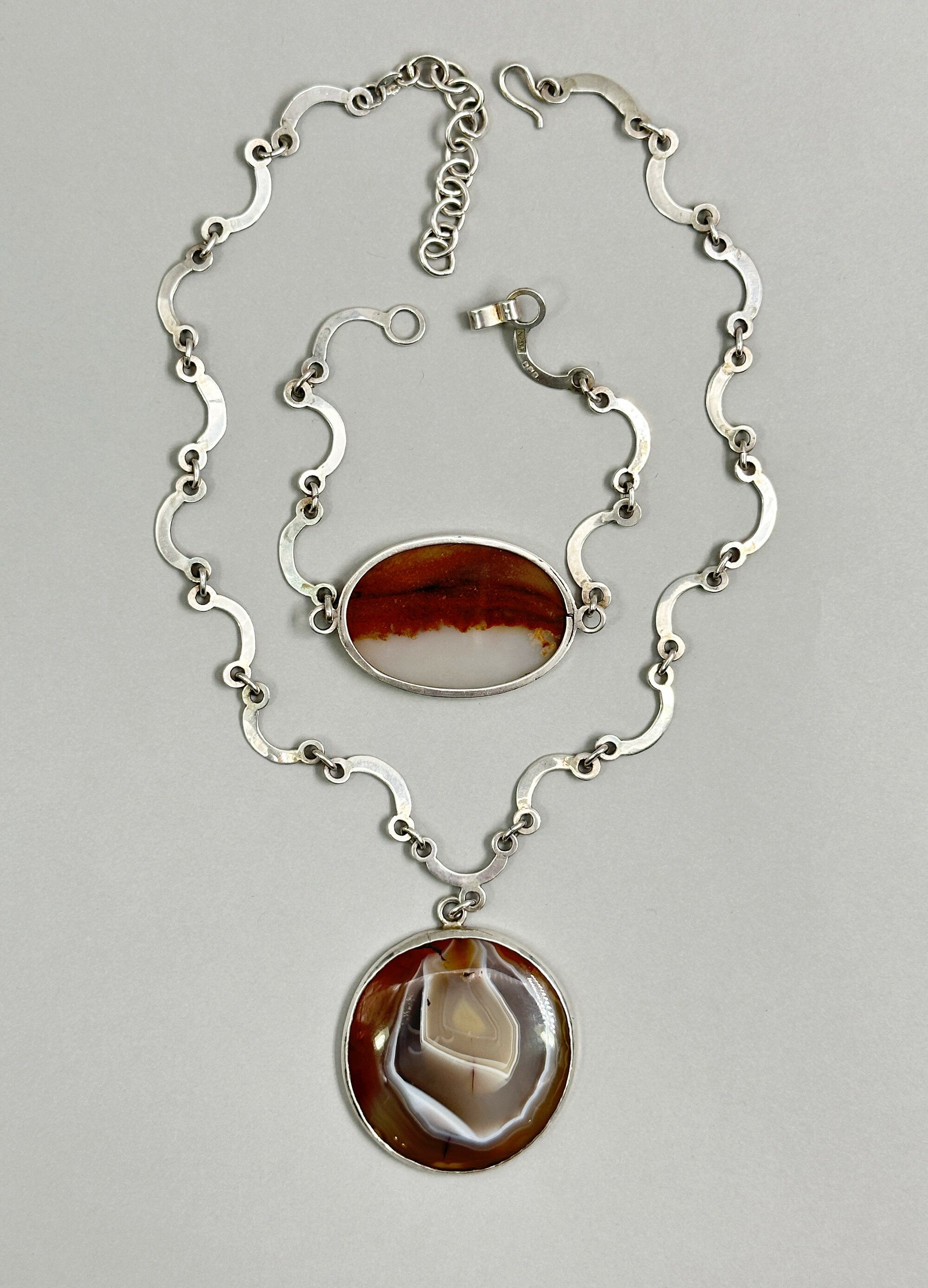
Suite of Scottish agate necklace and bracelet c1970
Price: £50
Large Art Nouveau enamel and silver brooch c1910
Price: £150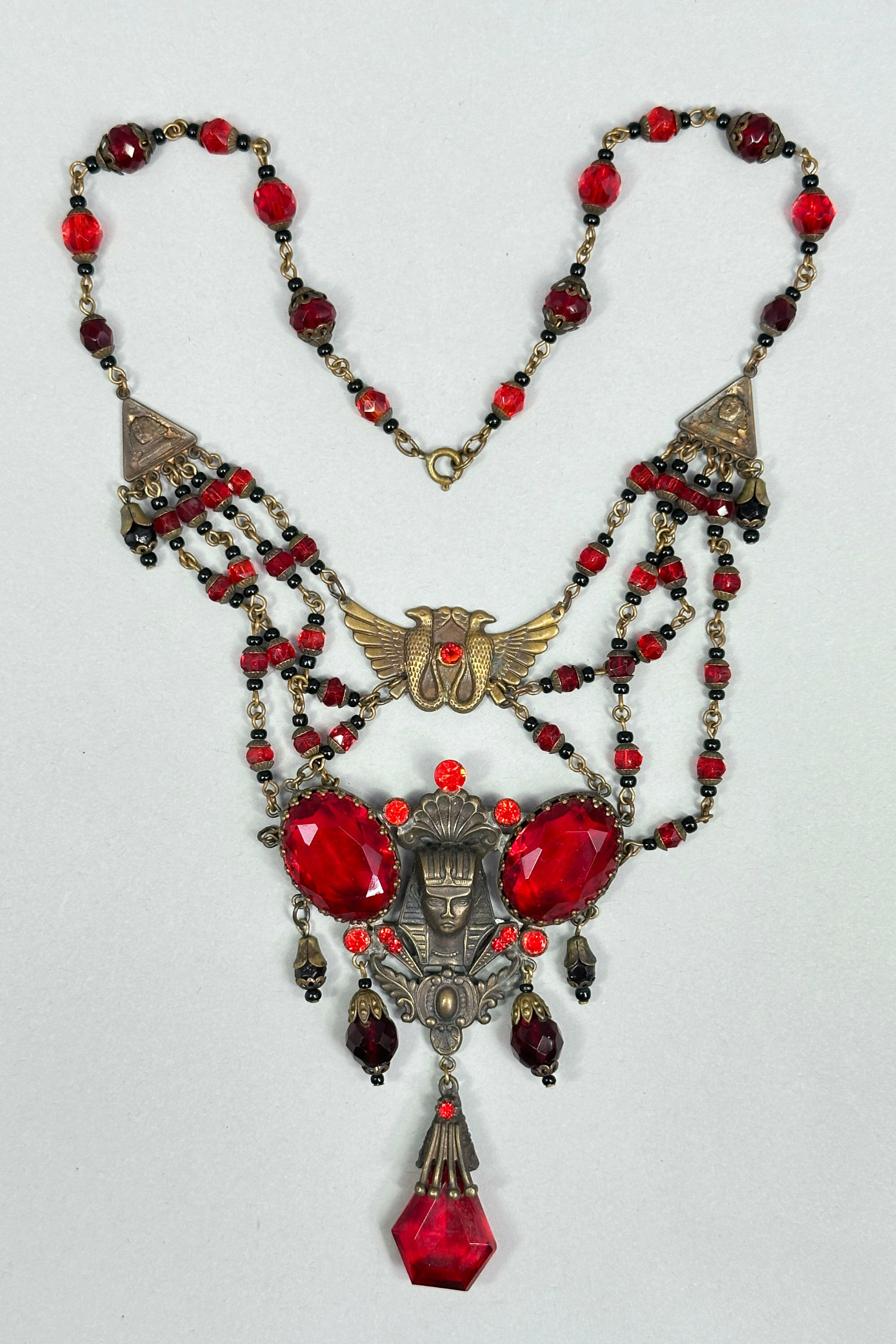
Early Egyptian Revival necklace with ruby glass stones c1900
Price: £175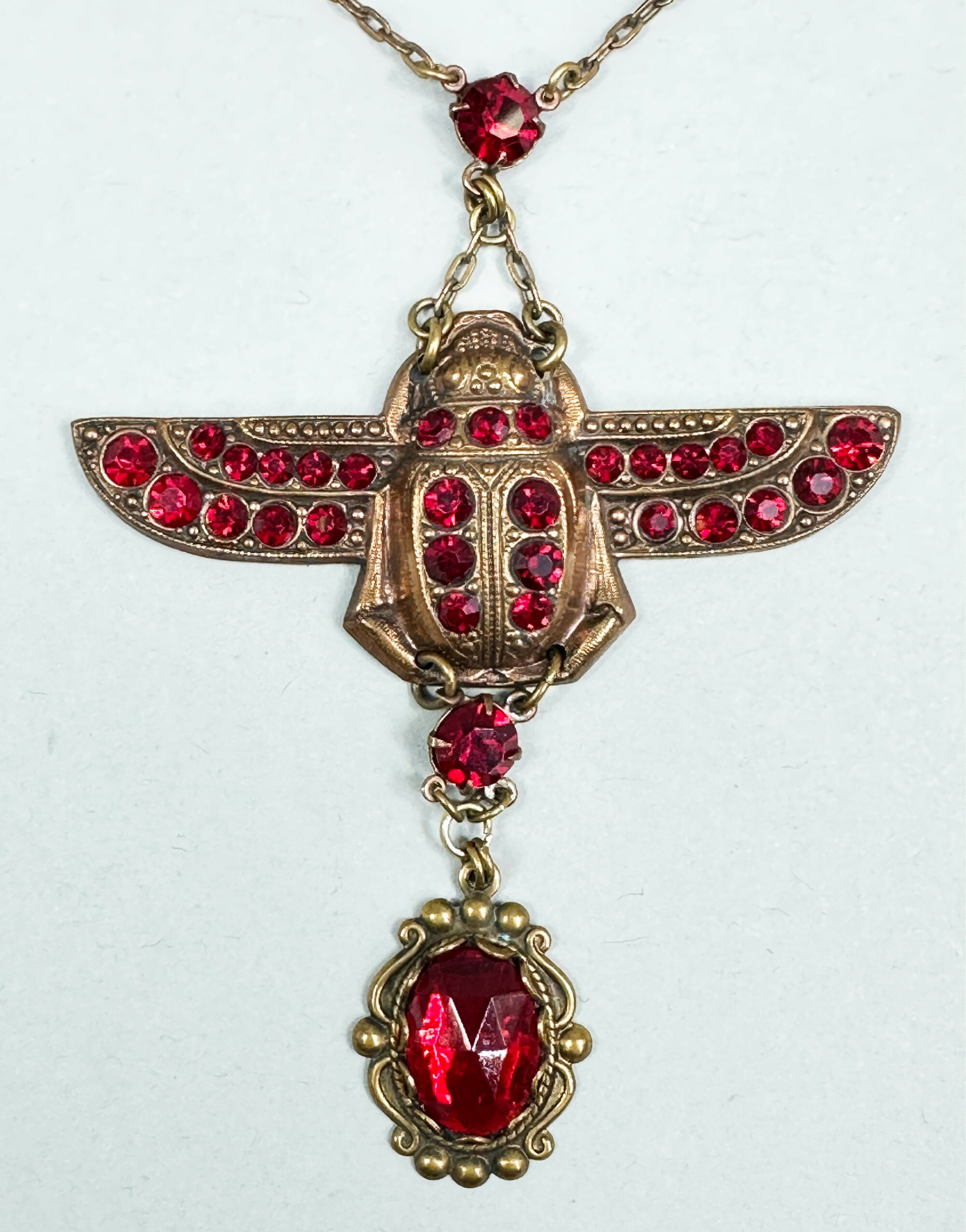
Early Egyptian Revival necklace c1900
Price: £35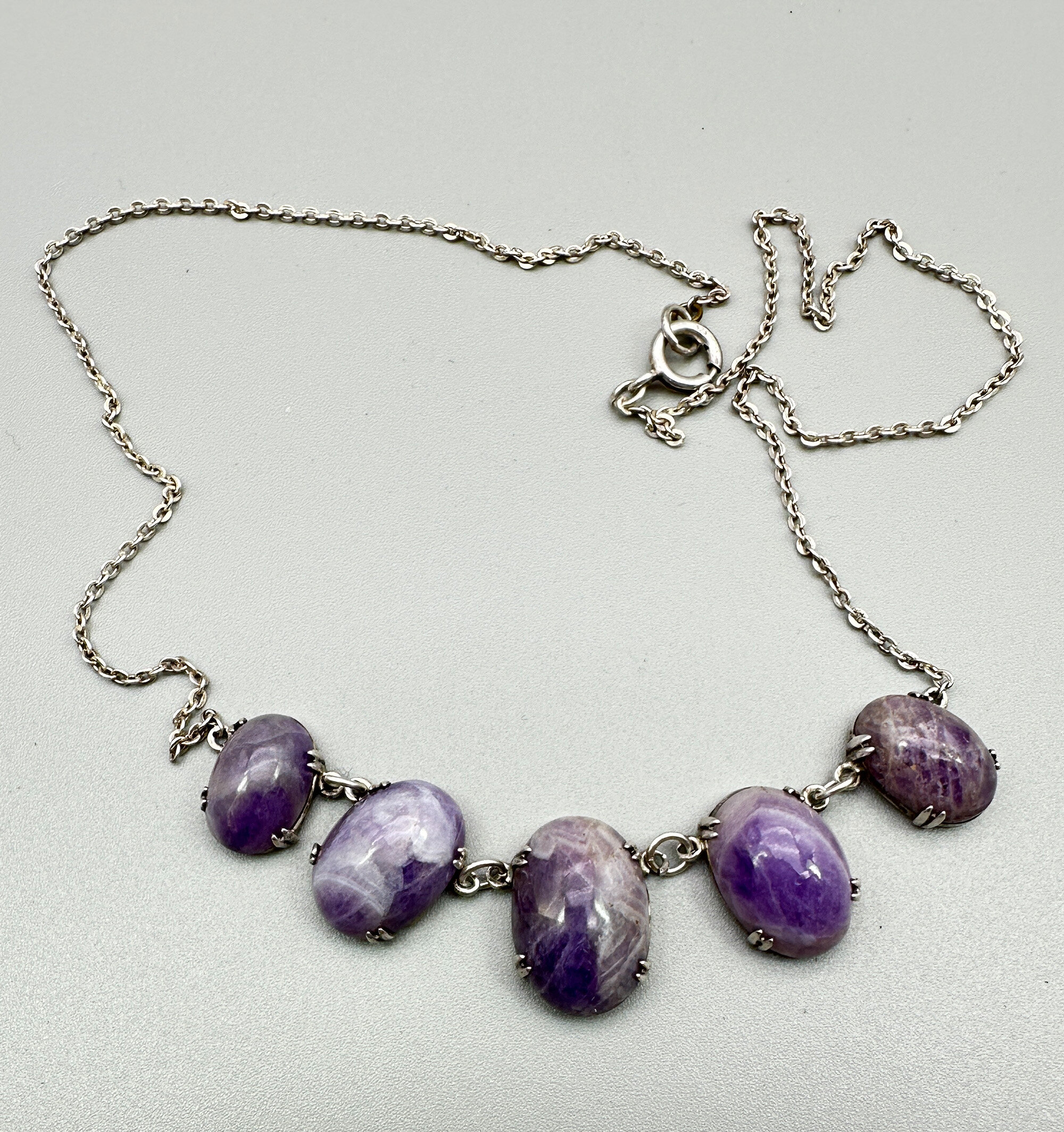
Scottish amethyst specimen necklace c1950
Price: £35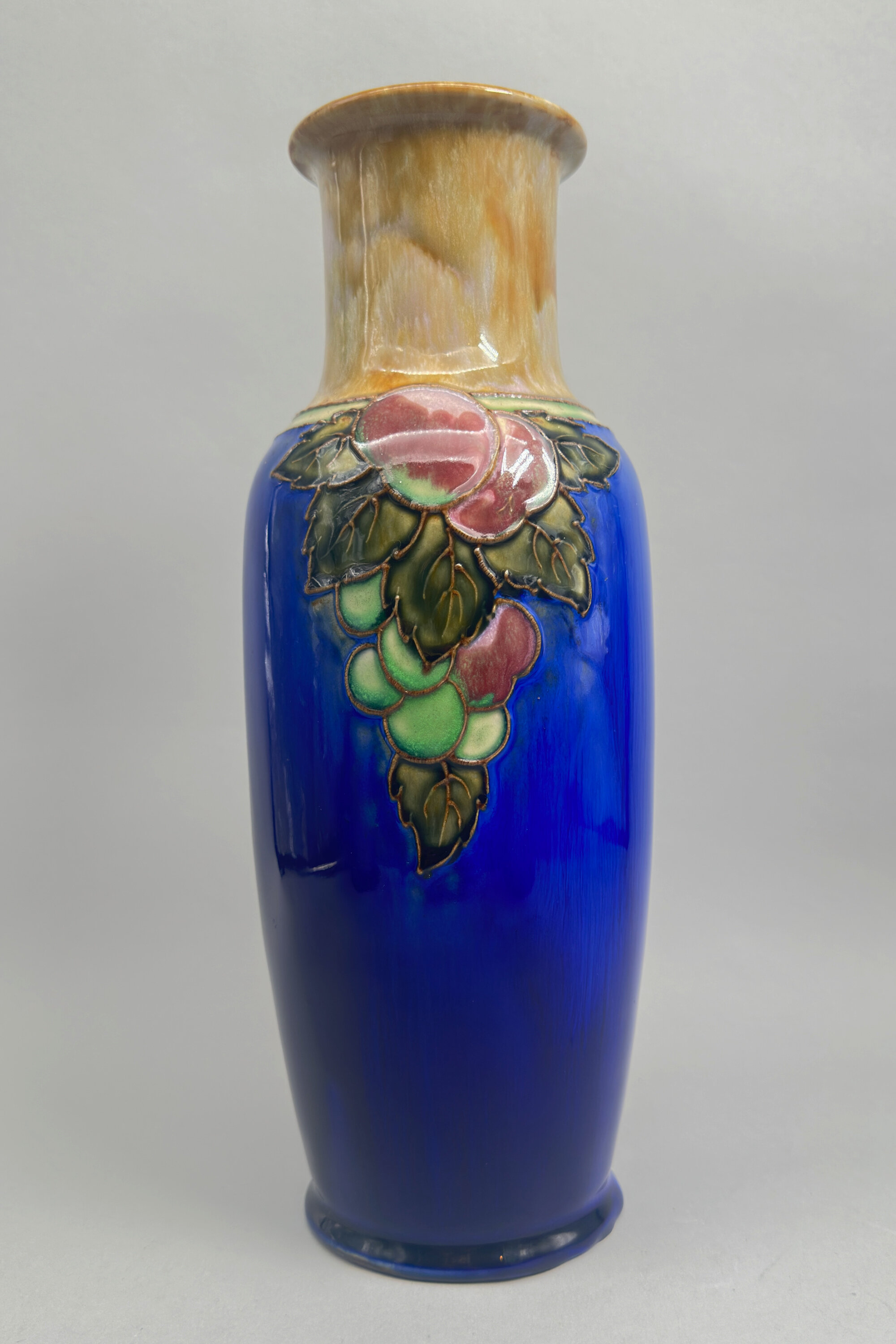
Doulton Vase with raised grape and peach decoration, 1920s
Price: £110The mark for Doulton is one of the standard impressed 'Royal Doulton England' marks where the lettering forms part of a circle combined with three thick lines and the centre is filled with four interlocking 'D's. The addition of a lion but not with the usual accompanying crown allows a fairly precise dating to between 1923 and 1927, although the pattern number beginning with ‘X’, which appears on other pieces with similar decoration but a different shape, is supposedly found on pieces made for couple of years thereafter. Either way, the mid to late 1920s dating fits with both the form and the decoration which have a distinctly Art Deco feel. The mark ‘P’ is for the decorator Lizzie Padbury but the scratched mark cannot be identified. Presumably the second set of numbers indicate the shape.
Royal Doulton produced many pieces reflecting the Art Deco style and other similar vases can be found on this site. They are an elegant reinterpretation producing pieces of great decorative appeal.
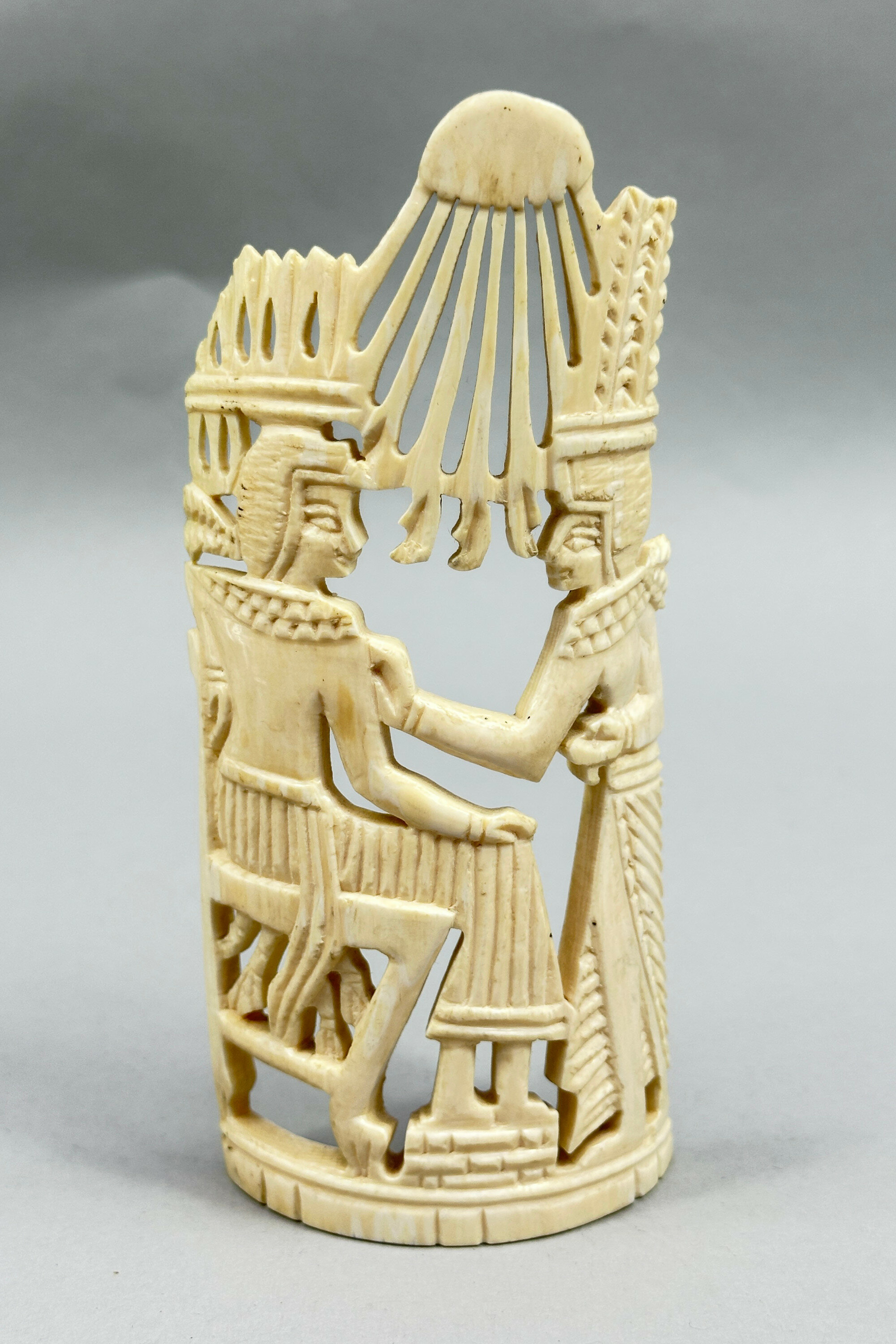
Egyptian table decoration depicting a Pharoah and Attendant, c1940
Price: £45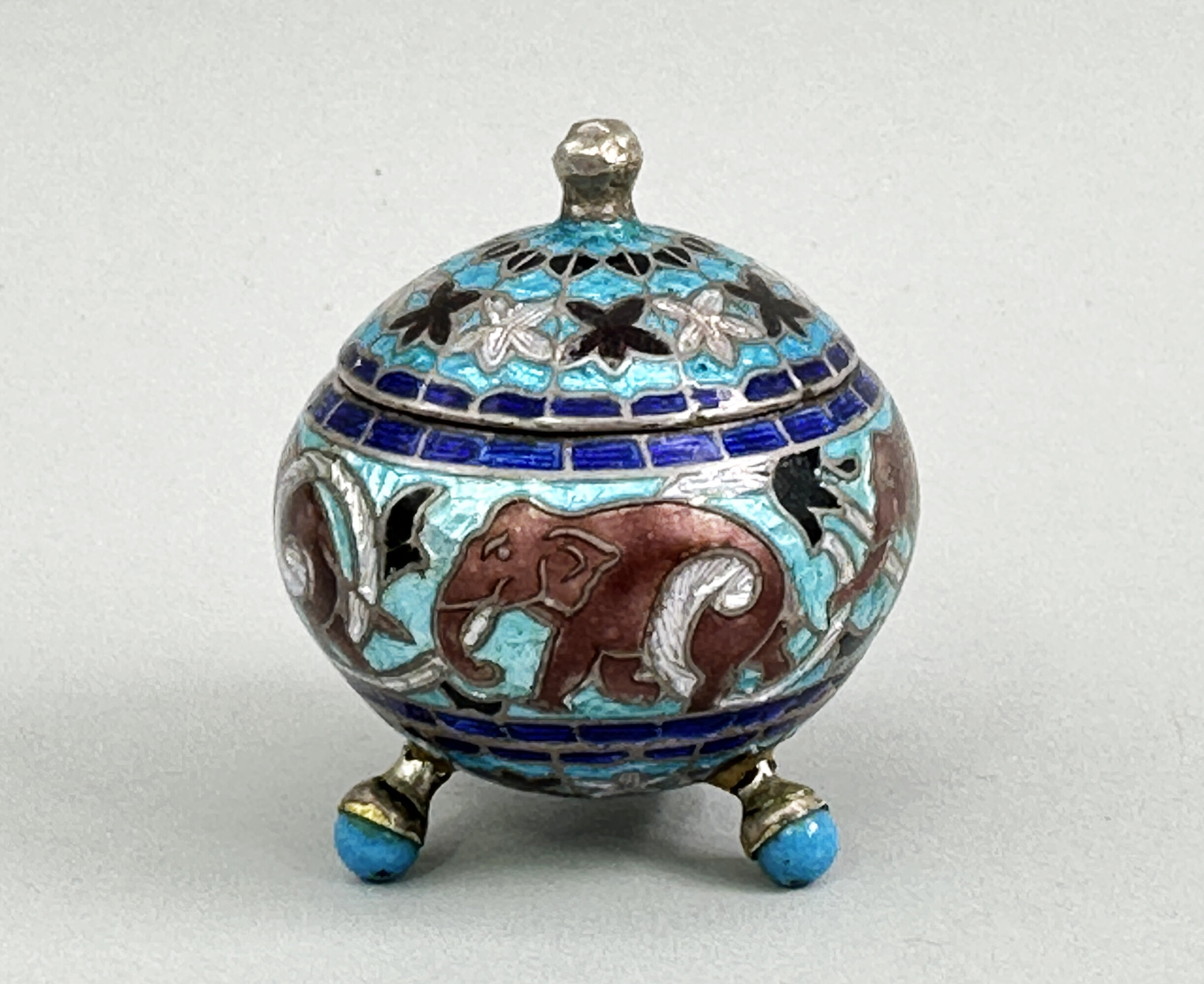
Indian Silver and Enamel pill or trinket Box, early C20th
Price: £55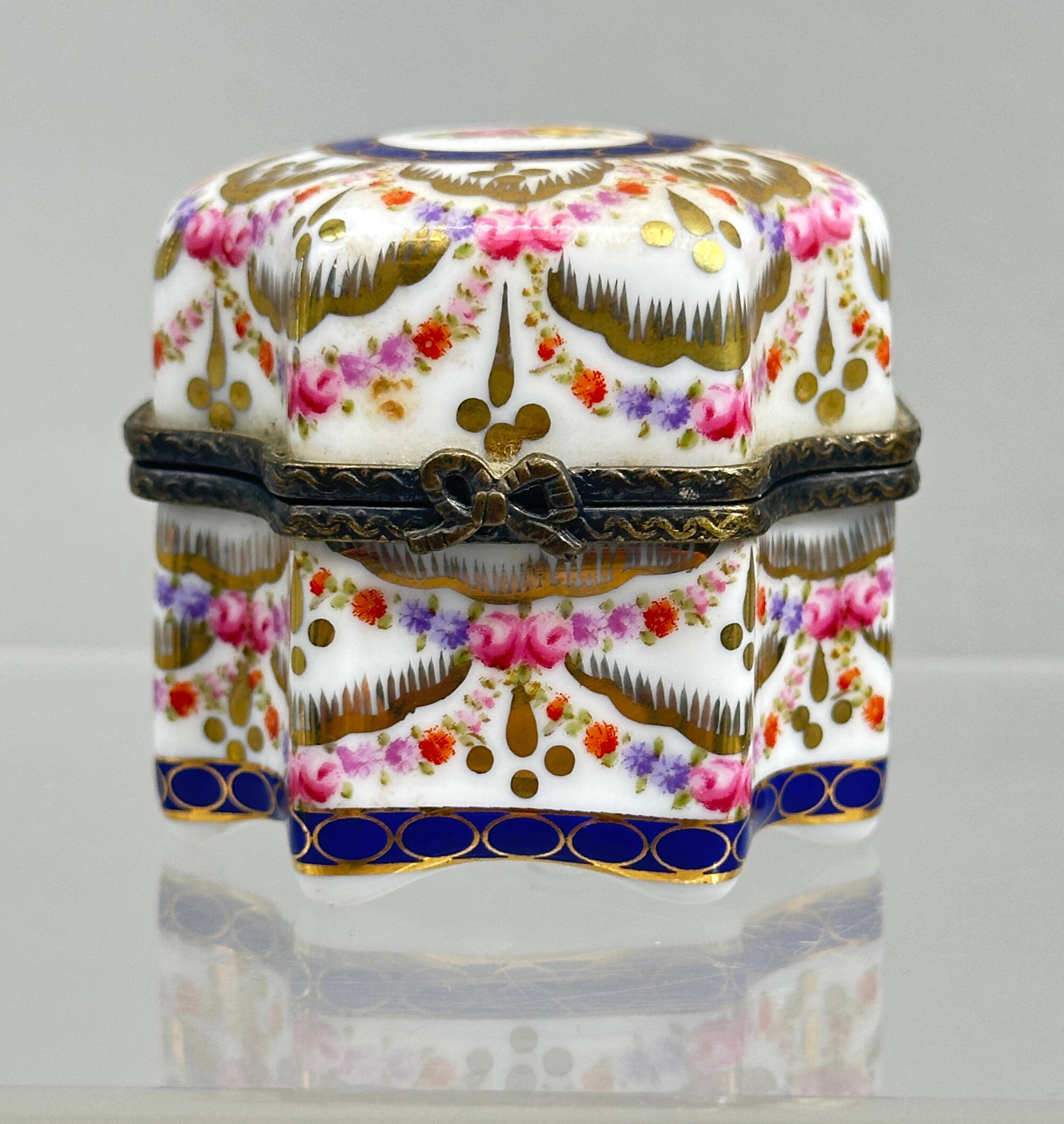
Reproduction Limoges Porcelain Box with Scent Bottles, Modern
Price: £25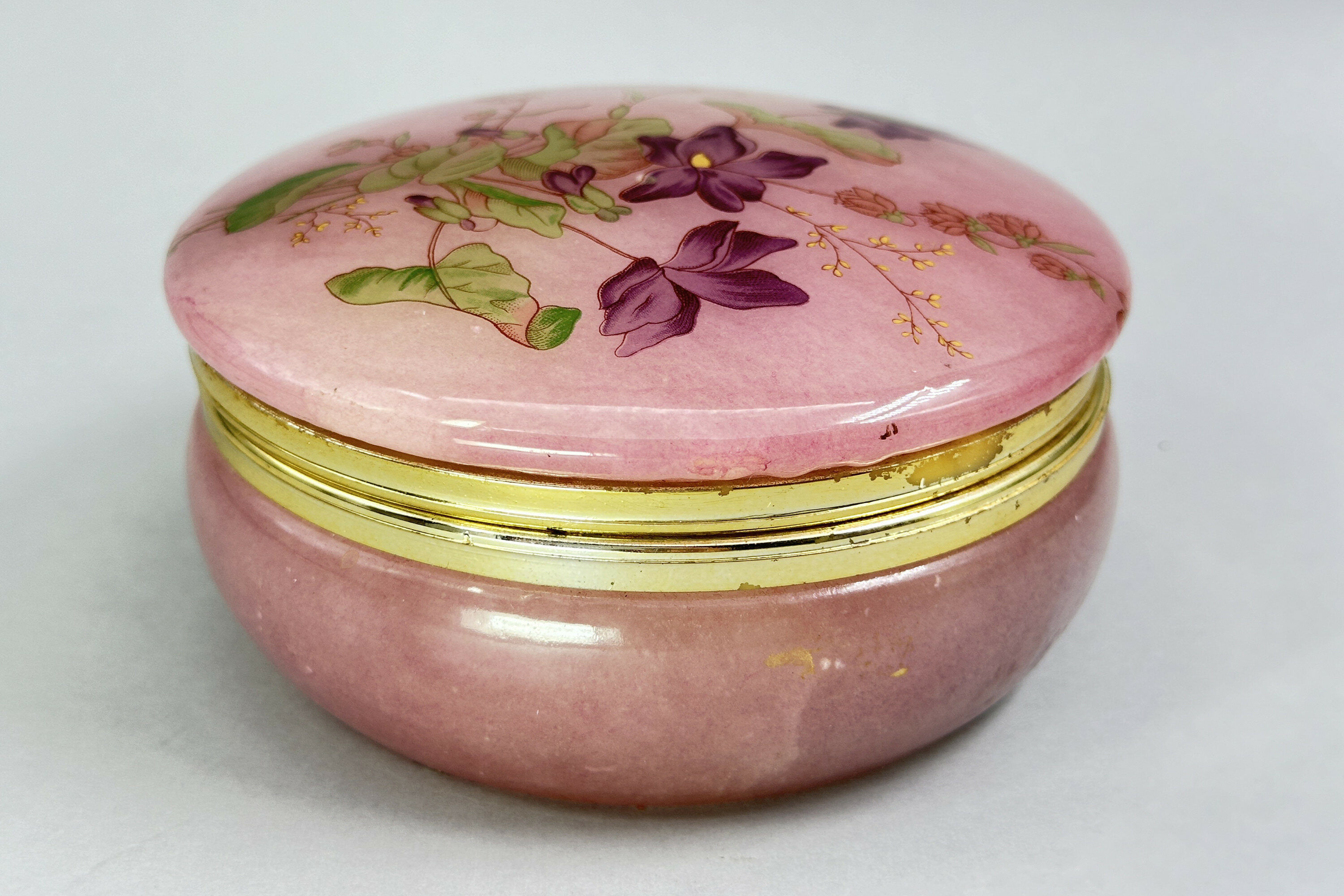
Pink Alabaster Box and Cover, Italy late c20th
Price: £25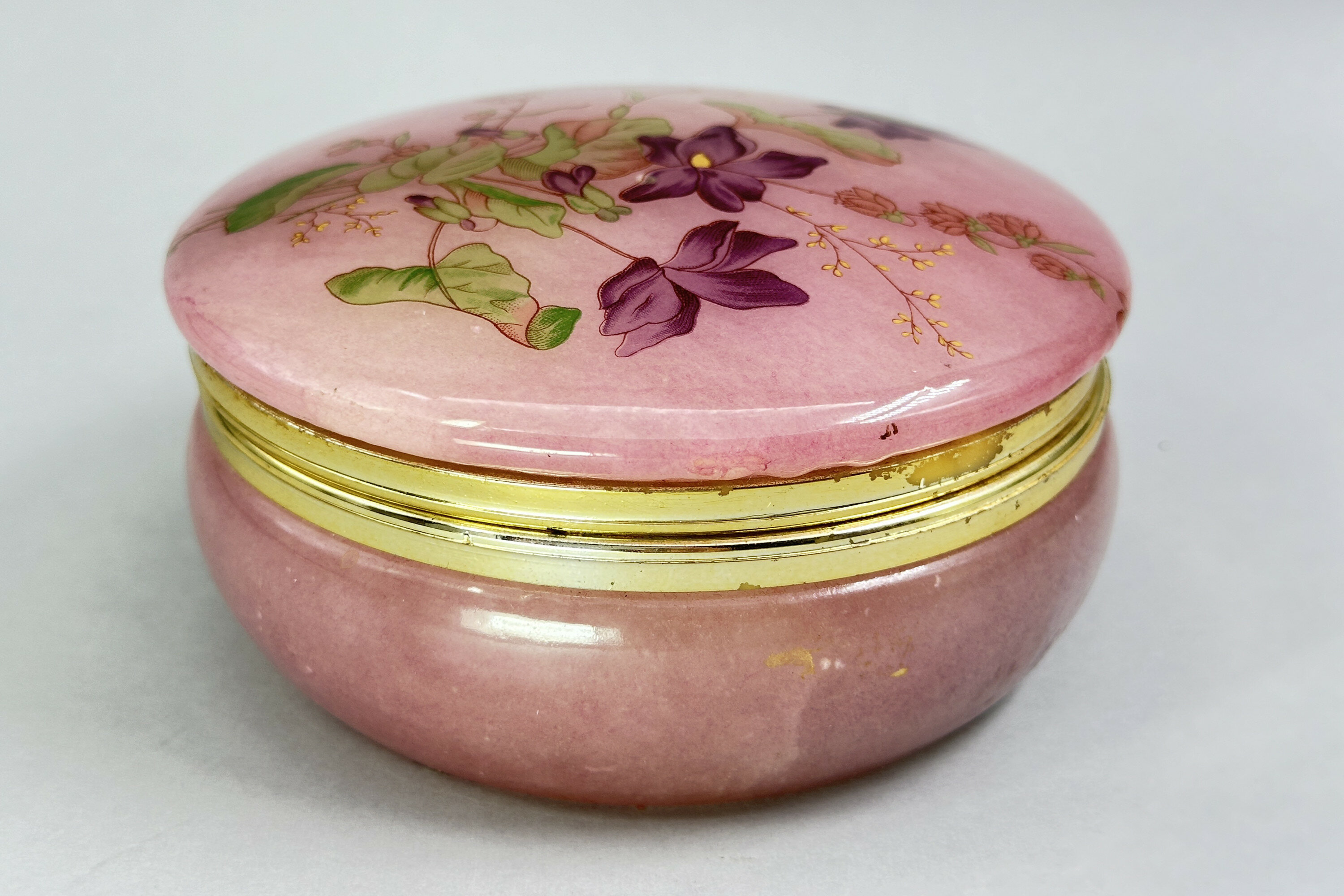
Pink Alabaster Box and Cover, Italy late c20th
Price: £25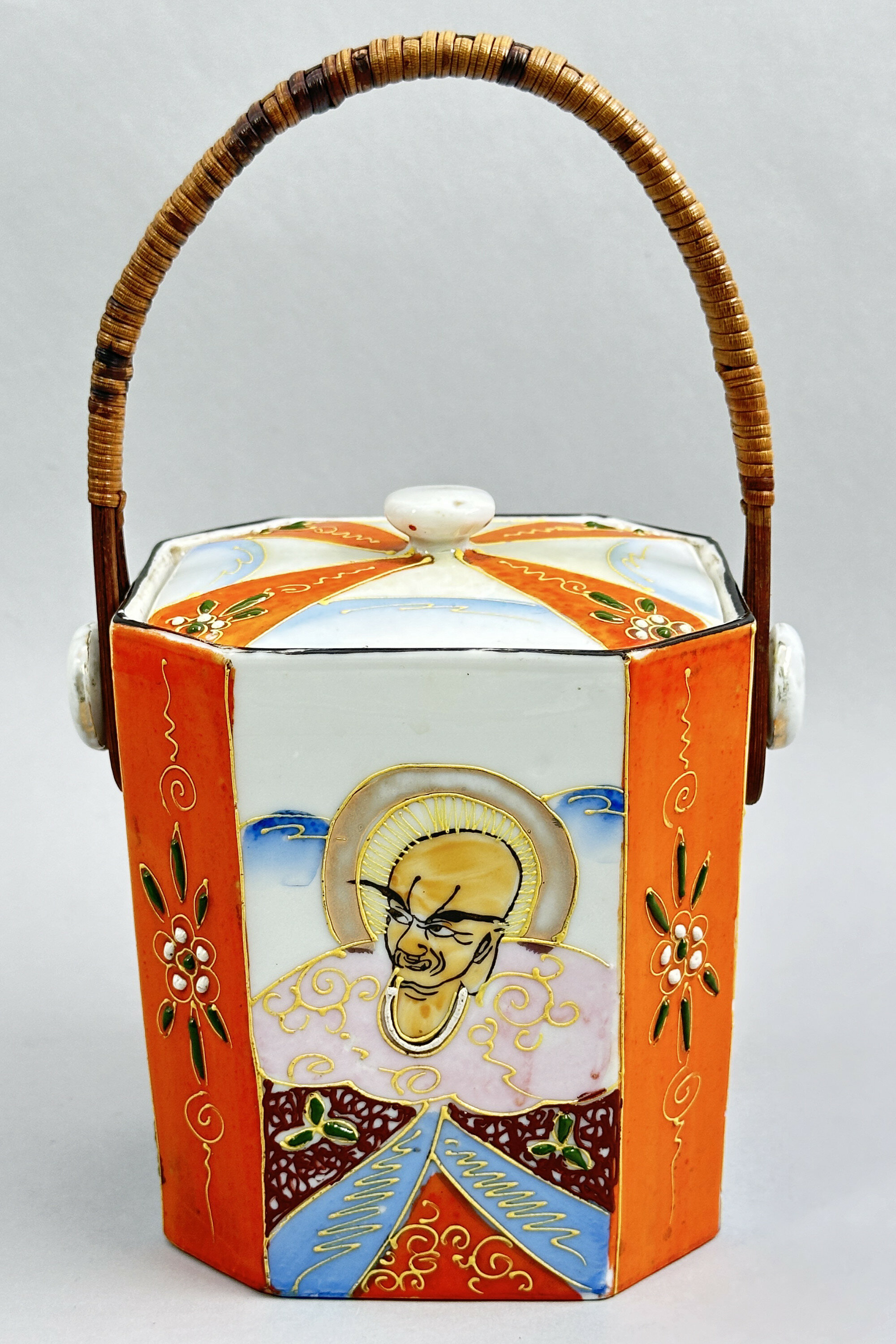
Japanese Samurai China Biscuit Box and Cover, C20th
Price: £25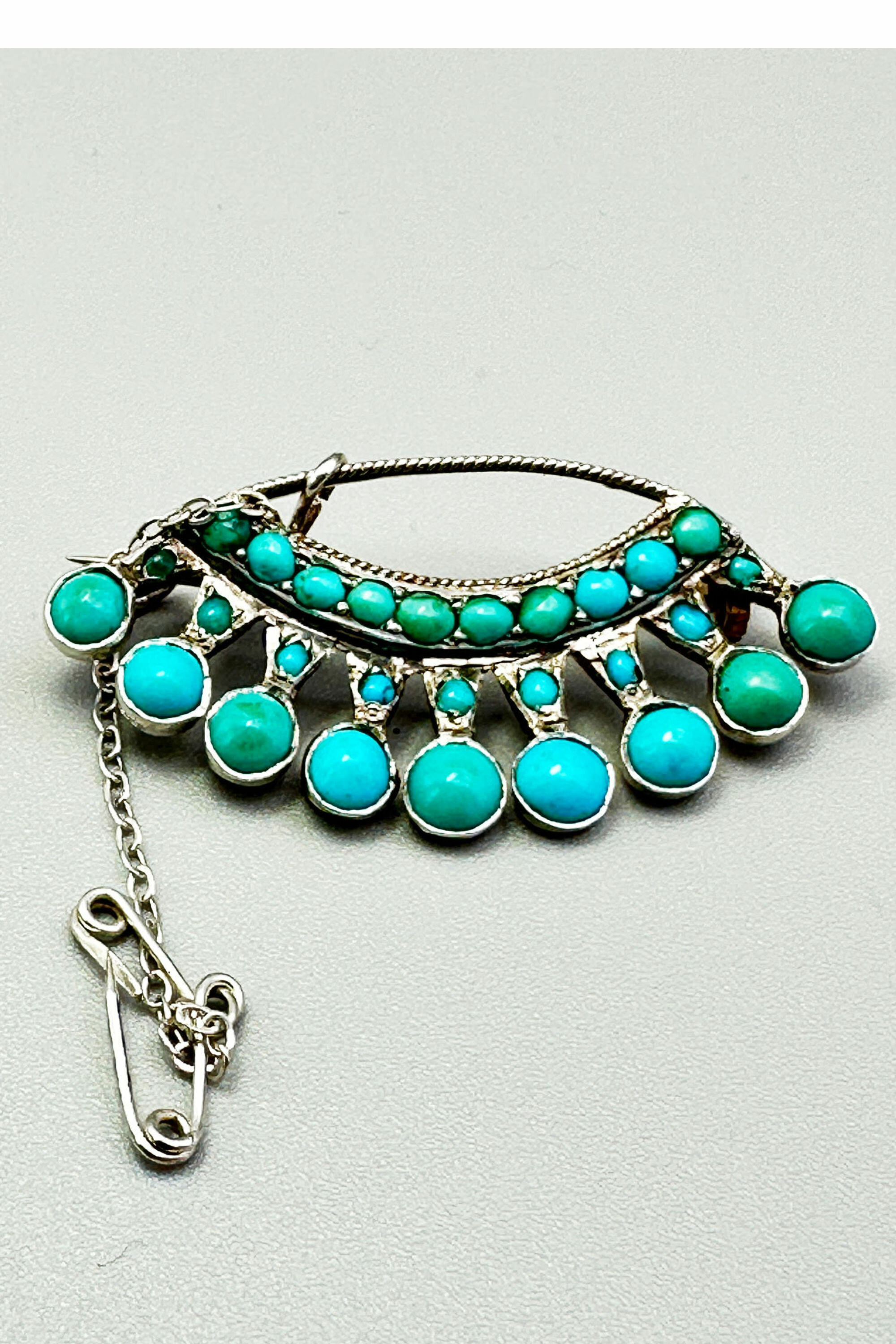
Edwardian silver and turquoise brooch c1910
Price: £55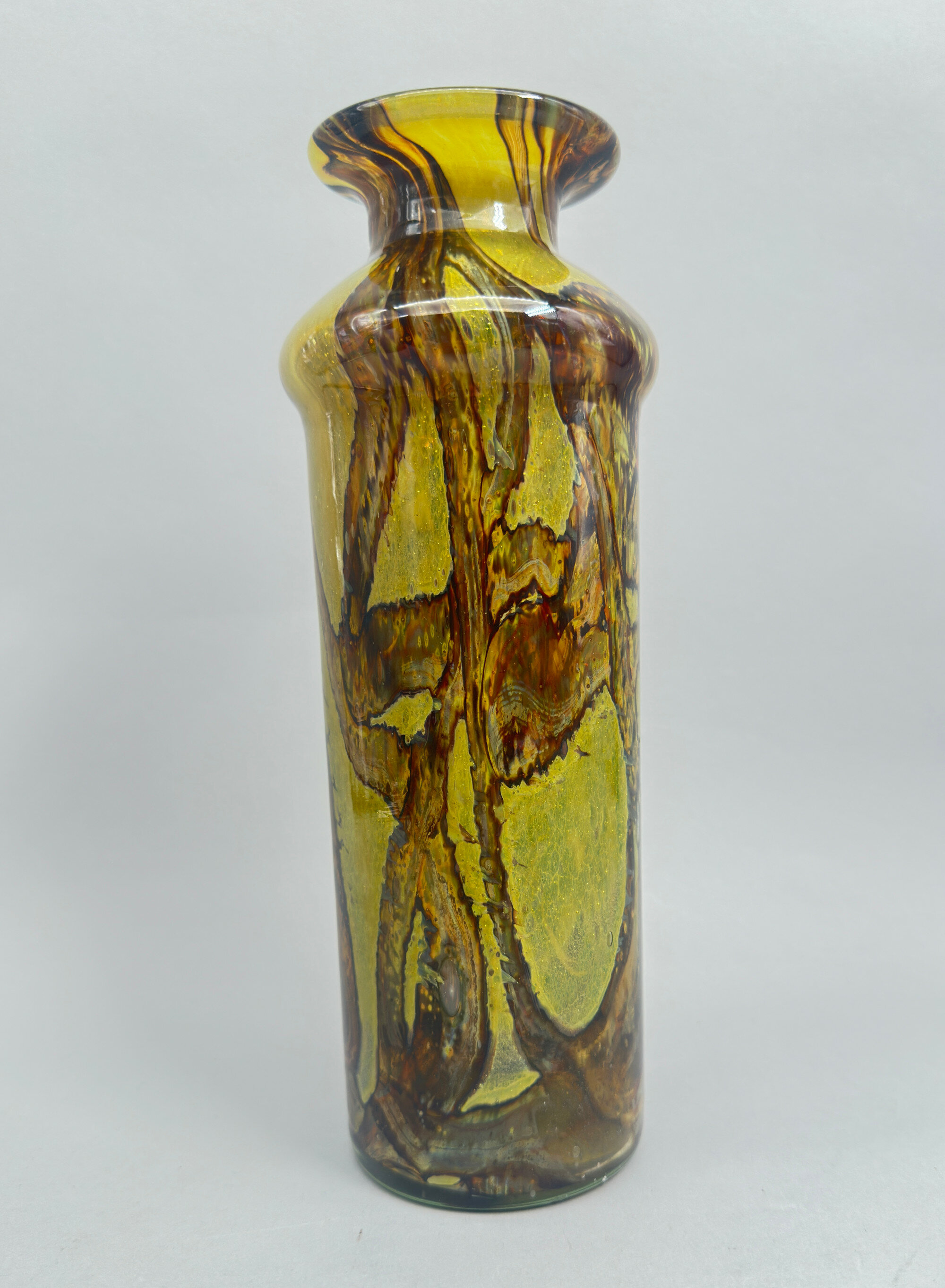
Mdina Earthtones Pattern Vase, late C20th
Price: £85Mdina Glass was founded in the Maltese town of Mdina in 1968 by Michael Harris and Eric Dobson. The town had no history of glass making but the venture proved to be a success. Its wares, free formed organic glassware, often in colours inspired from the sea, sand, earth and sky, proved very popular with tourists visiting Malta. Michael Harris left Mdina in 1972 and formed a new company, Isle of Wight Studio Glass, on the Isle of Wight, UK, leaving Eric Dobson in charge, but many of the designs he created continued to be made at Mdina Glass after his departure although new designs and patterns were added as well of which this vase is an example. Ownership of the company later changed but it is still producing a popular range of glasswares today.
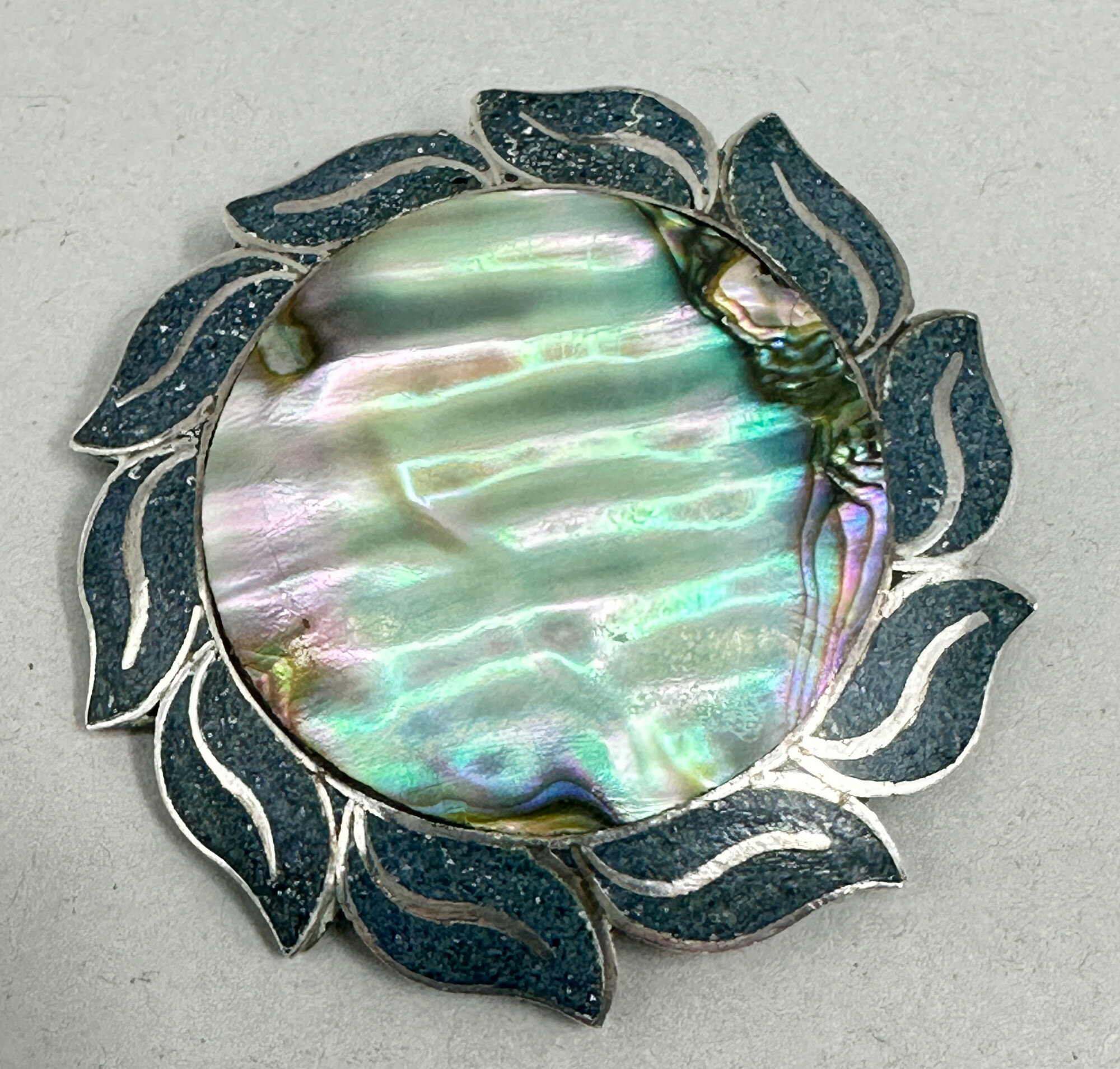
Taxco brooch with abalone shell c1950
Price: £20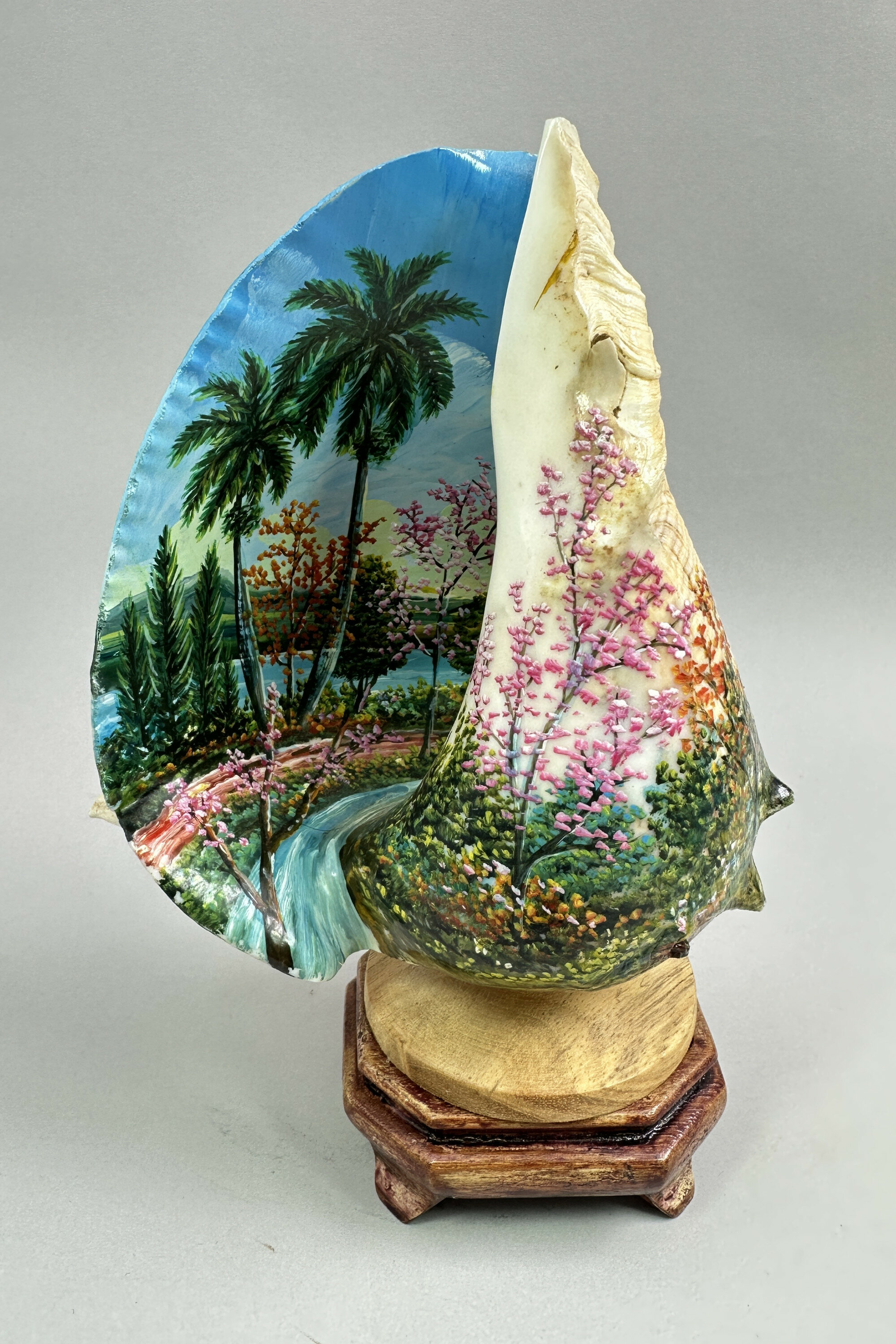
Kitsch Style Conch Shell with painted landscape decoration, C20th
Price: £45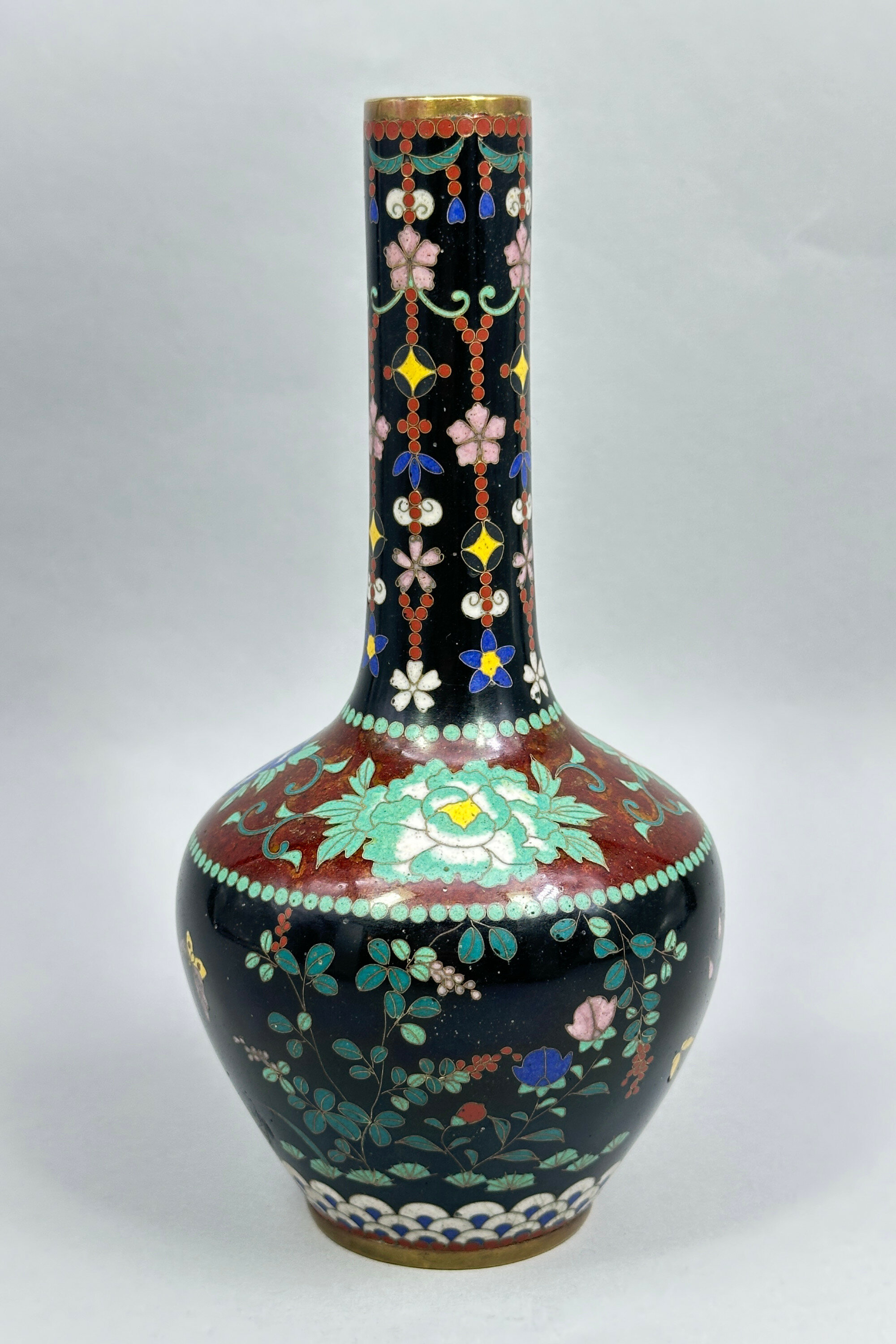
Fine quality Japanese Cloisonne bottle form Vase with black ground, late C19th
Price: £45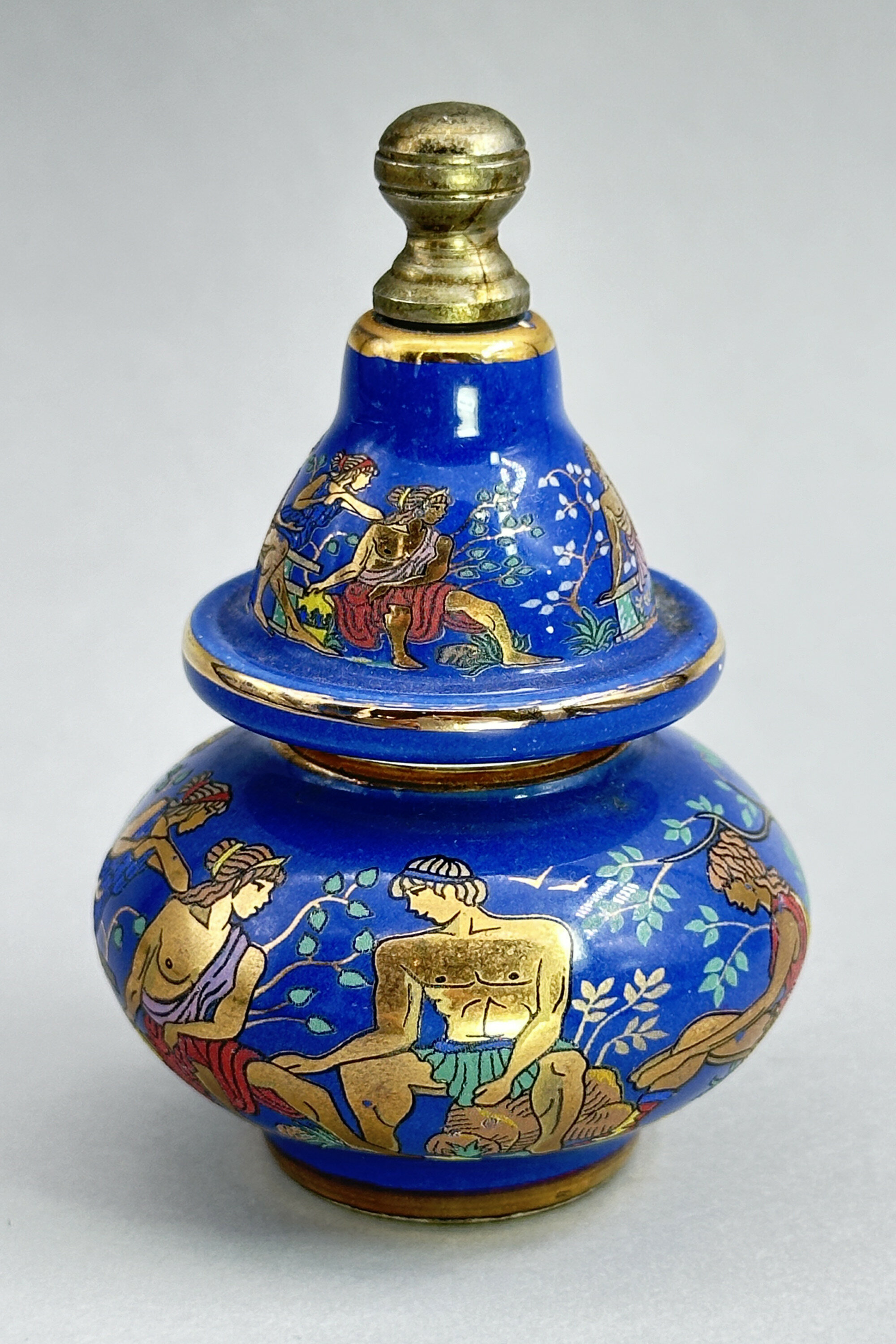
Novelty Perfume Bottle with Grecian Scenes, late C20th
Price: £15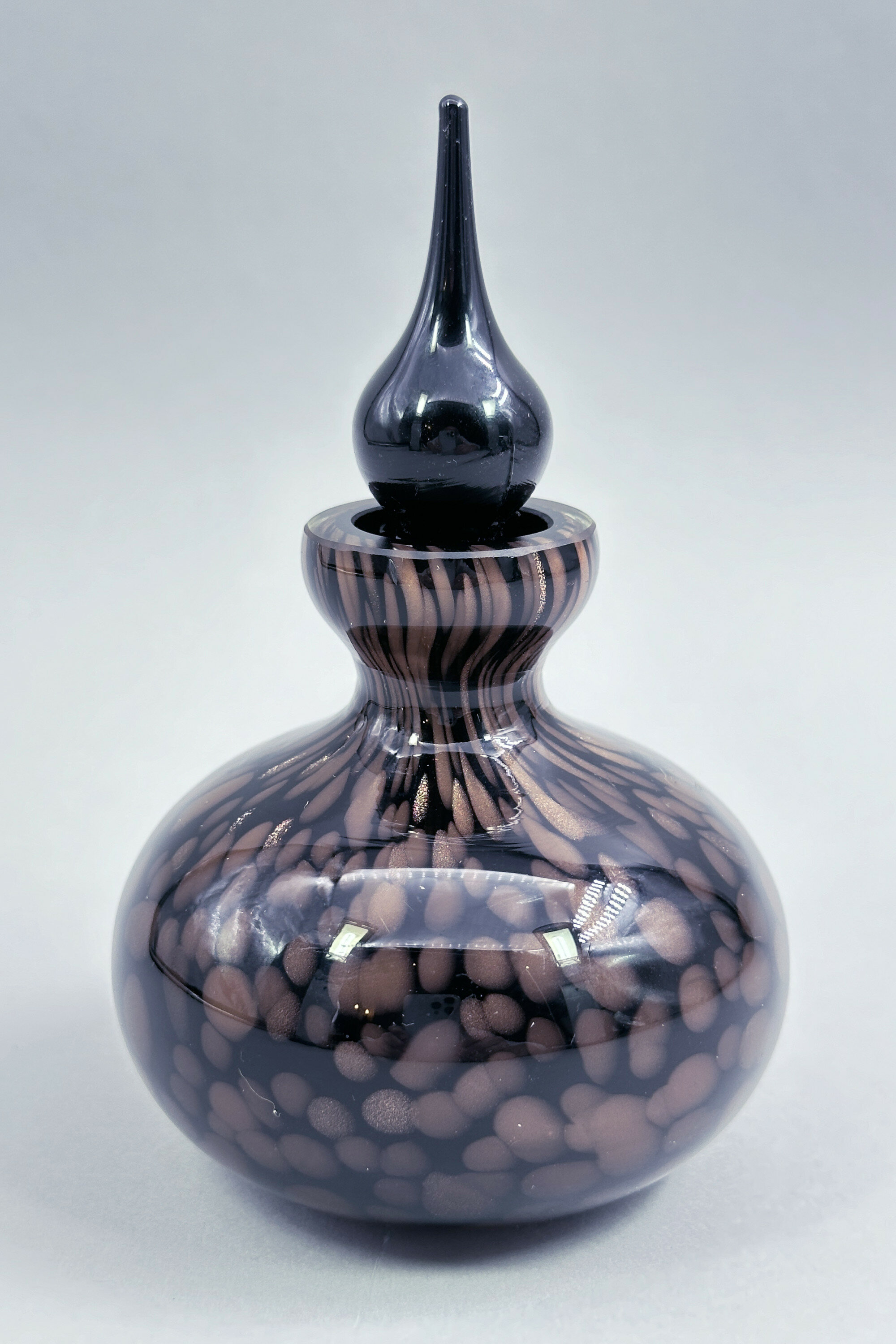
Black and Gold Copper Glitter Art Glass Scent Bottle, probably Murano late C20th
Price: £55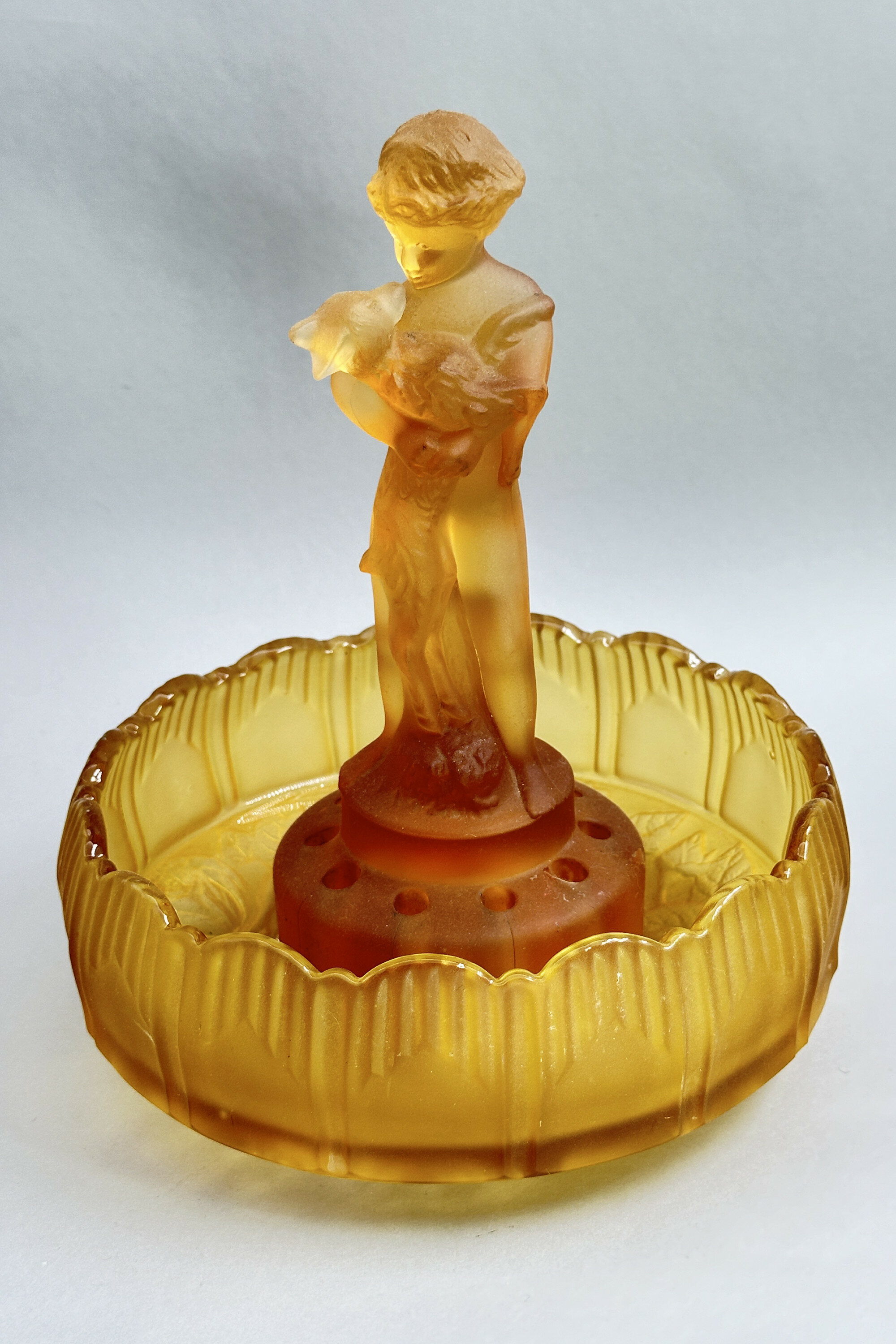
Sowerby Amber Glass Centrepiece circa 1930
Price: £75The Sowerby family came from the North West of England near Carlisle and settled in Gateshead in the late eighteenth century. The firm Sowerby Glassworks is known from 1807 onwards and continued production until 1972, concentrating on pressed glass. Catalogues of their wares still exist and they produced pieces in a wide variety of styles and shapes which retain their popularity today.
The centrpiece figurine, which was intended as a flower holder or ‘frog’, is rather unusual; normally the figures are female but the style of the modelling is identical. Similar designs to the bowl can be found in a 1936 catalogue but versions of it even appear in another catalogue from 1882. Many centrepiece/bowl combinations are found and some of them are not always original. This may possibly be the case here but if so the ‘match’ is extremely pleasing to the eye and the two elements set one another off perfectly to produce a striking example of Art Deco decorative design.
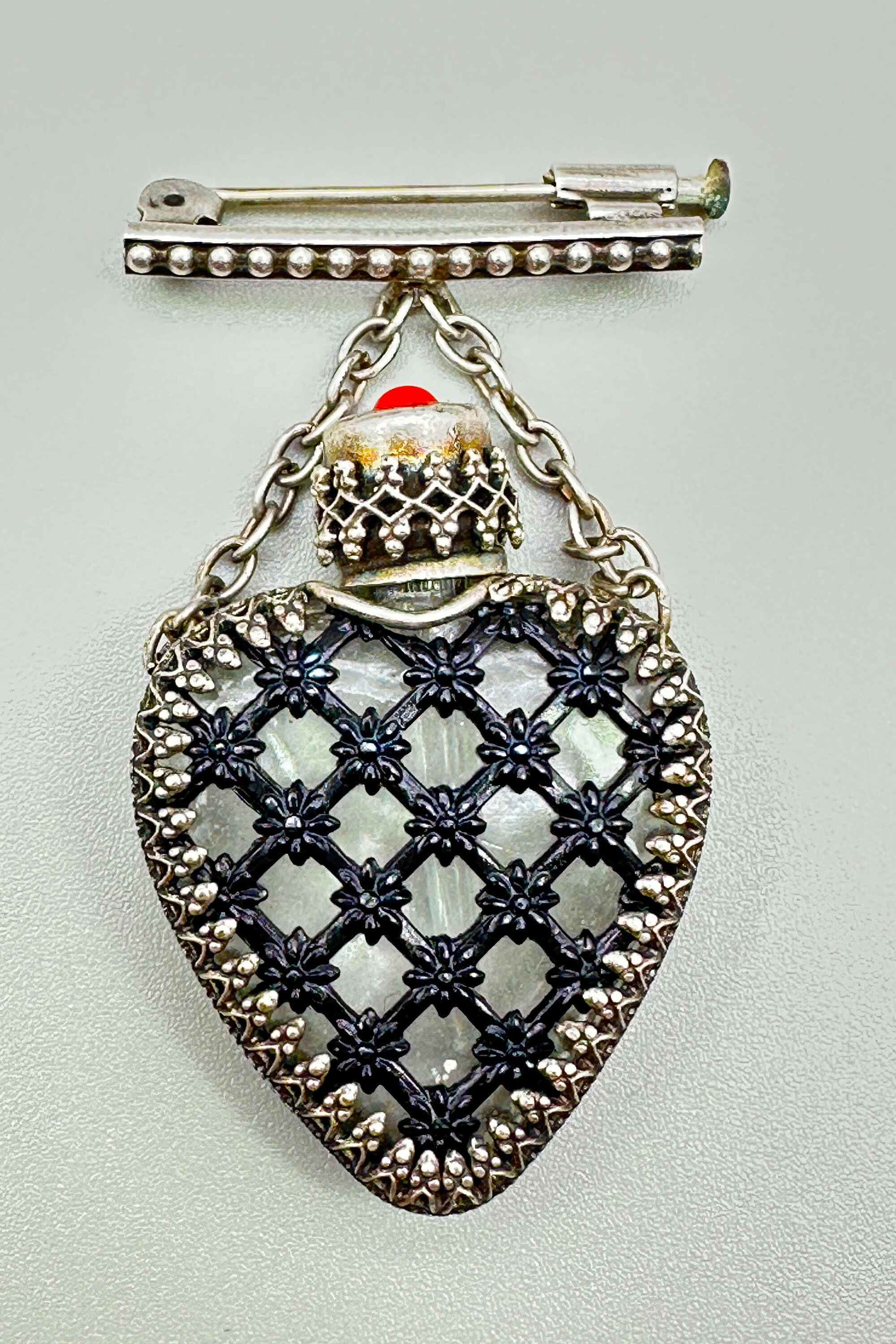
Perfume Bottle Brooch, probably French mid C20th
Price: £55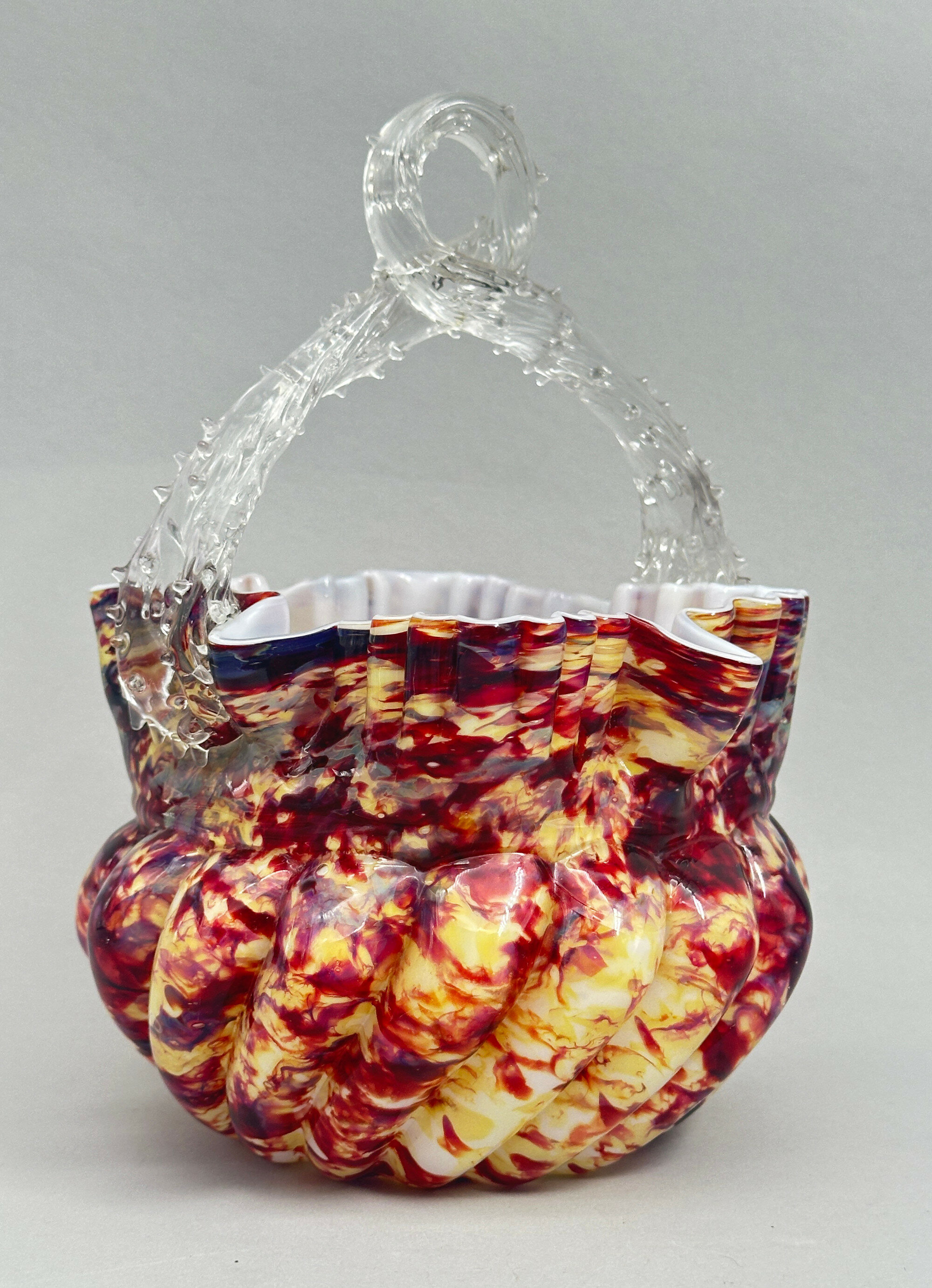
Spatter Glass Basket with thorn rope twist handle, probably Stourbridge, late C19th
Price: £75The 'spatter’ technique was known from Roman times but enjoyed something of a renaissance in the Victorian era when there was a general revived interest in the glass making techniques of the ancient world. Similar baskets are normally associated with the glassmakers at Stourbridge, Worcestershire, a centre of glass production since the 1600s, and this seems the most likely source of this piece, with a dating to the late nineteenth century. It is an excellent example of the type and remains in fine condition.
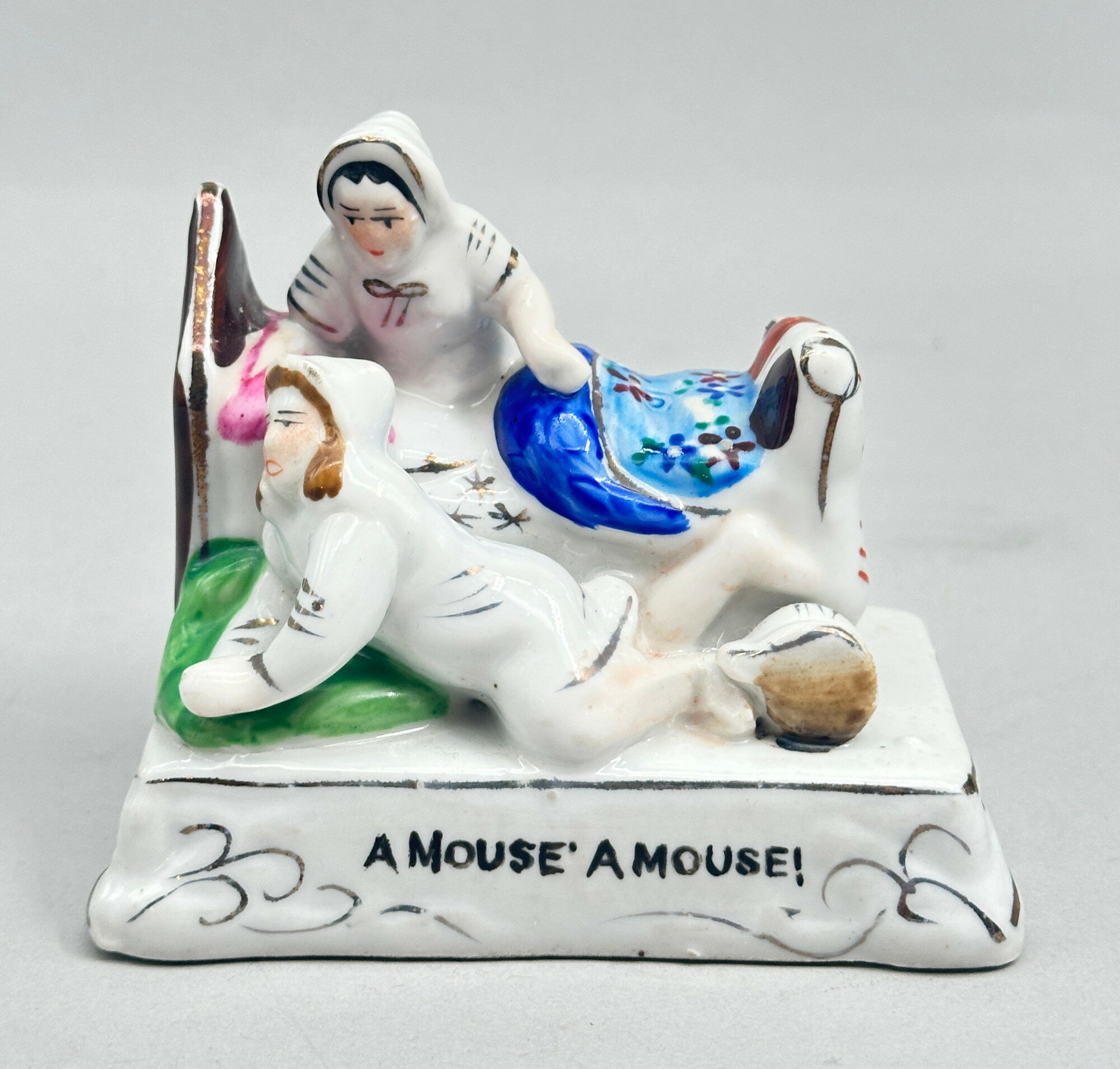
Fairing Figurine – A Mouse A Mouse, German, late C19th
Price: £25
Vintage Brass Vesta Case in the form of a Violin, circa 1900
Price: £55
Pair of Doulton Lambeth Vases, signed and dated 1882
Price: £150The Doulton factory began production in 1815, first at Vauxhall and later moving to Lambeth. In 1882 it opened an additional factory at Burslem, Stoke on Trent in the centre of the English pottery. Known at first mainly for utilitarian works it began to develop decorative wares more extensively in the 1860s and soon gained a reputation for its distinctive designs. As the factory mark indicates, these pieces were made at the Lambeth factory and the absence of ‘England’ below it indicates that it dates to before 1891. The Lambeth ware pieces were often marked with the date of manufacture, here 1882 which is fully consistent with a design inspired by Eastern influence. The artist’s mark, ‘B’ with a tail, which appears on both pieces, is for Alice L Burlton, whose signature can be seen on other pieces of a similar date with similar raised decoration. The other three markings ‘B’ and ‘OO’ presumably indicate the pattern number.
In general, Doulton designs were often both striking an experimental and this pair of vases is an example of their work at its best, a striking form combined with skilful decoration making them true collector’s items.

Japanese Arita Dish circa 1880
Price: £45The town of Arita in the former Hizen Province, northwestern Kyūshū island was a major cente for the production of porcelains in Japan. Best known for blue and white pieces it also produced polychrome wares as well, including the familiar imari colourings. While similar to Imari, the wider palette of colours used here is usually termed ‘Arita’ and the decorative appeal of the style is clear. This plate probably comes from an original set of five and its quality is much above average. Dating is to the Meiji era (1868 - 1912) probably around 1880.

Edwardian Scottish bloodstone bar brooch c1910
Price: £20
Large round Scottish agate cloak pin c 1900
Price: £125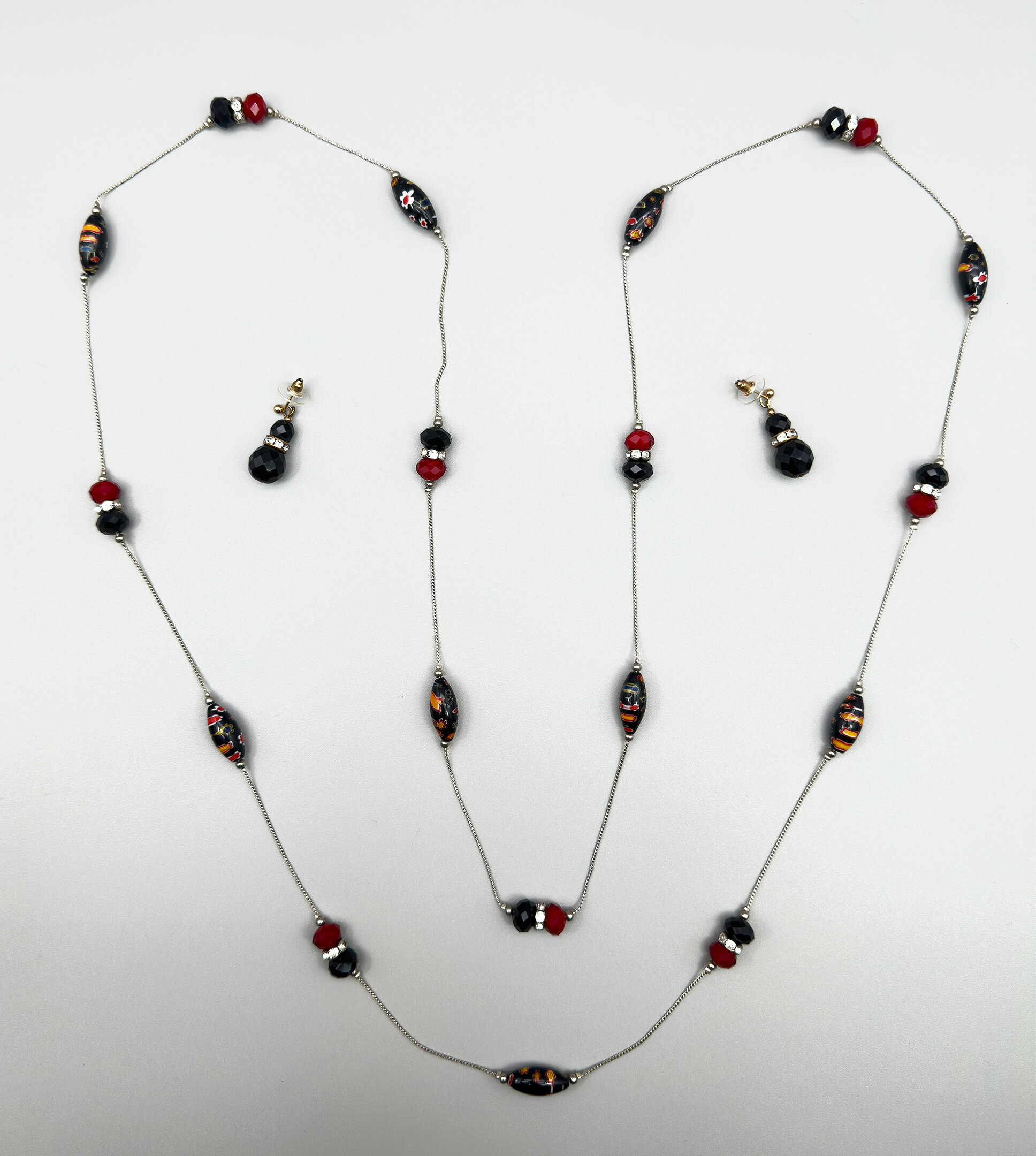
Opera length mille fiore station necklace and earrings c1950 and later
Price: £25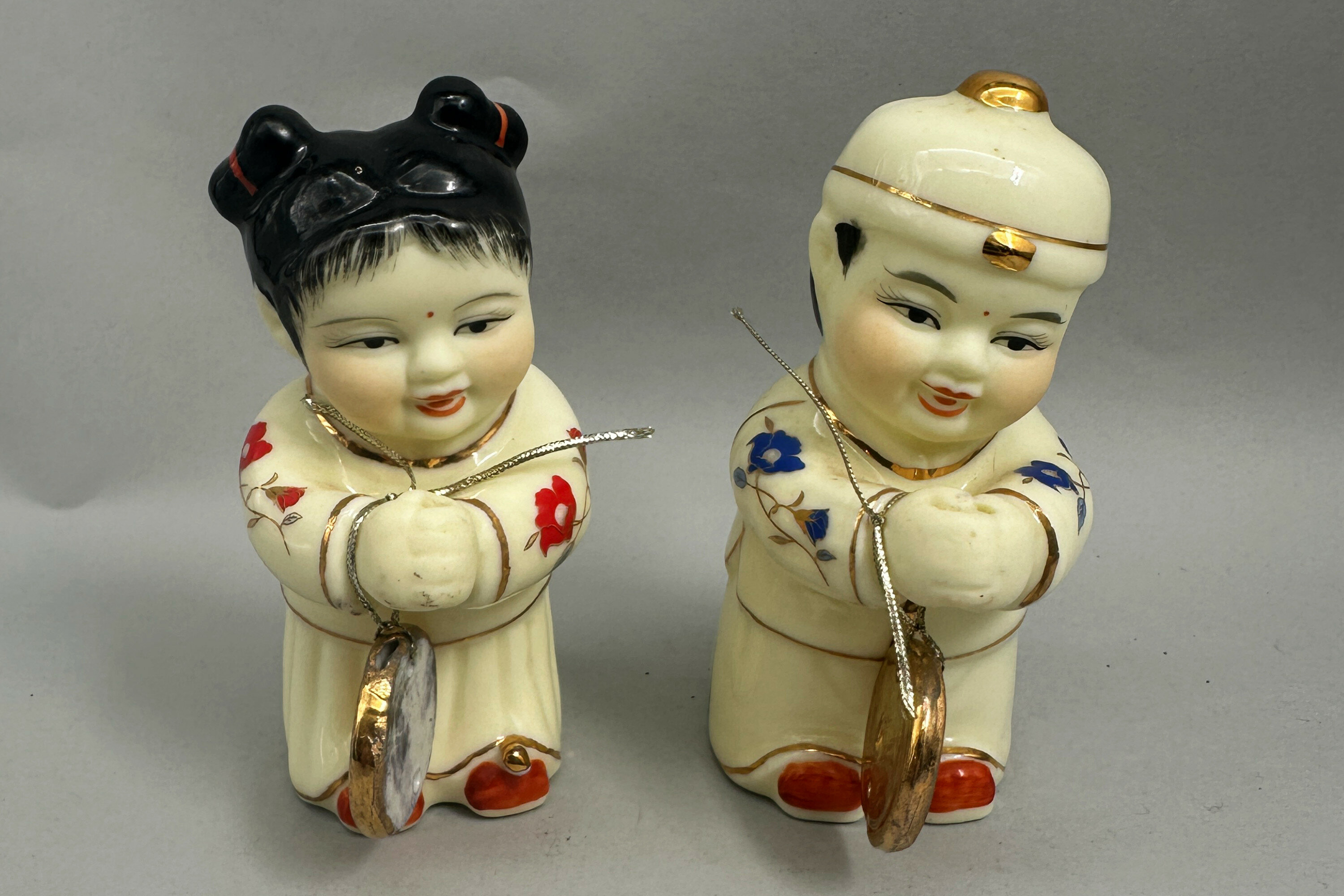
Decorative pair of Chinese ceramic figures of children, Yunu and Jintong , late C20th
Price: £45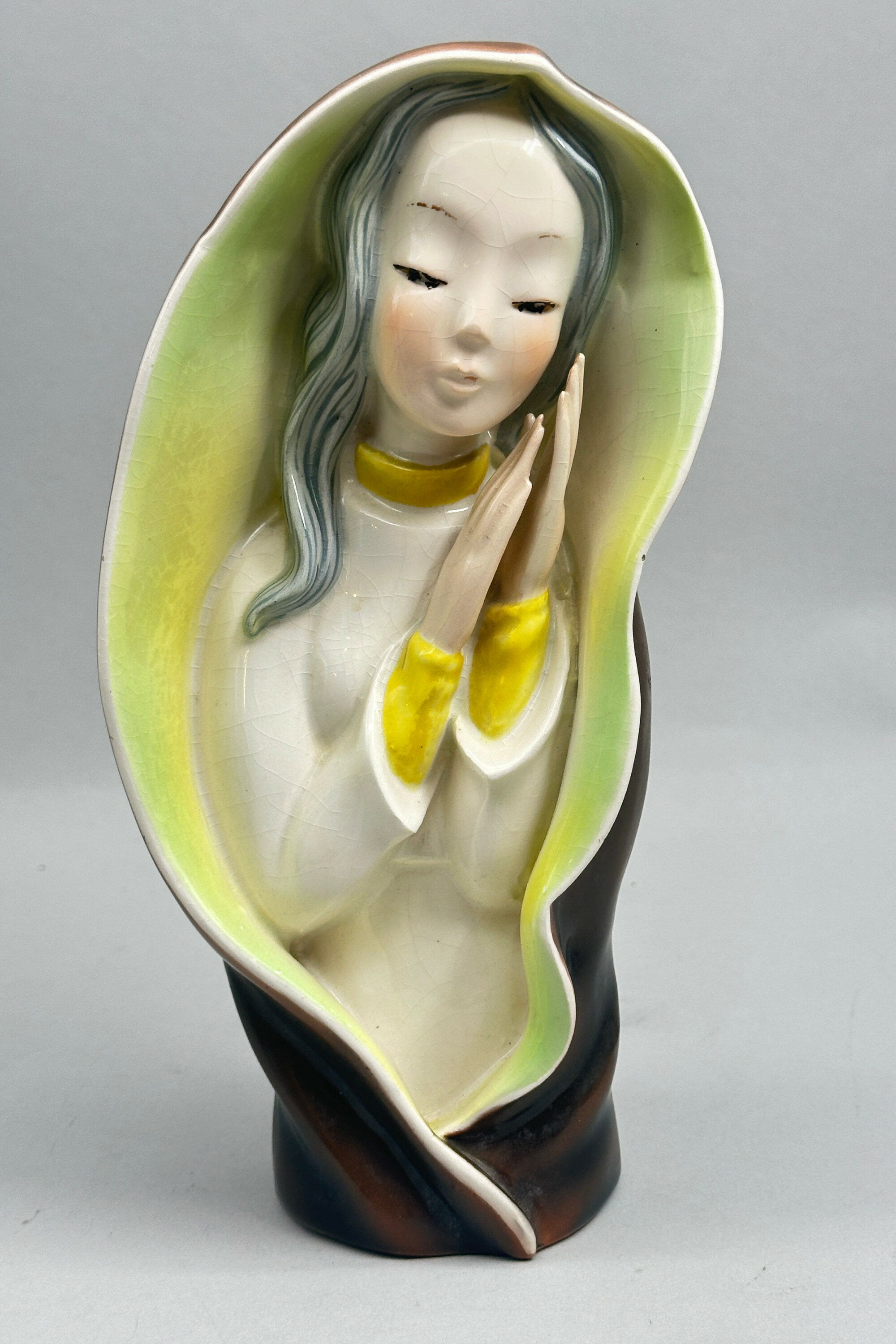
Figure of a Young Girl Praying, Continental, probably mid C20th
Price: £55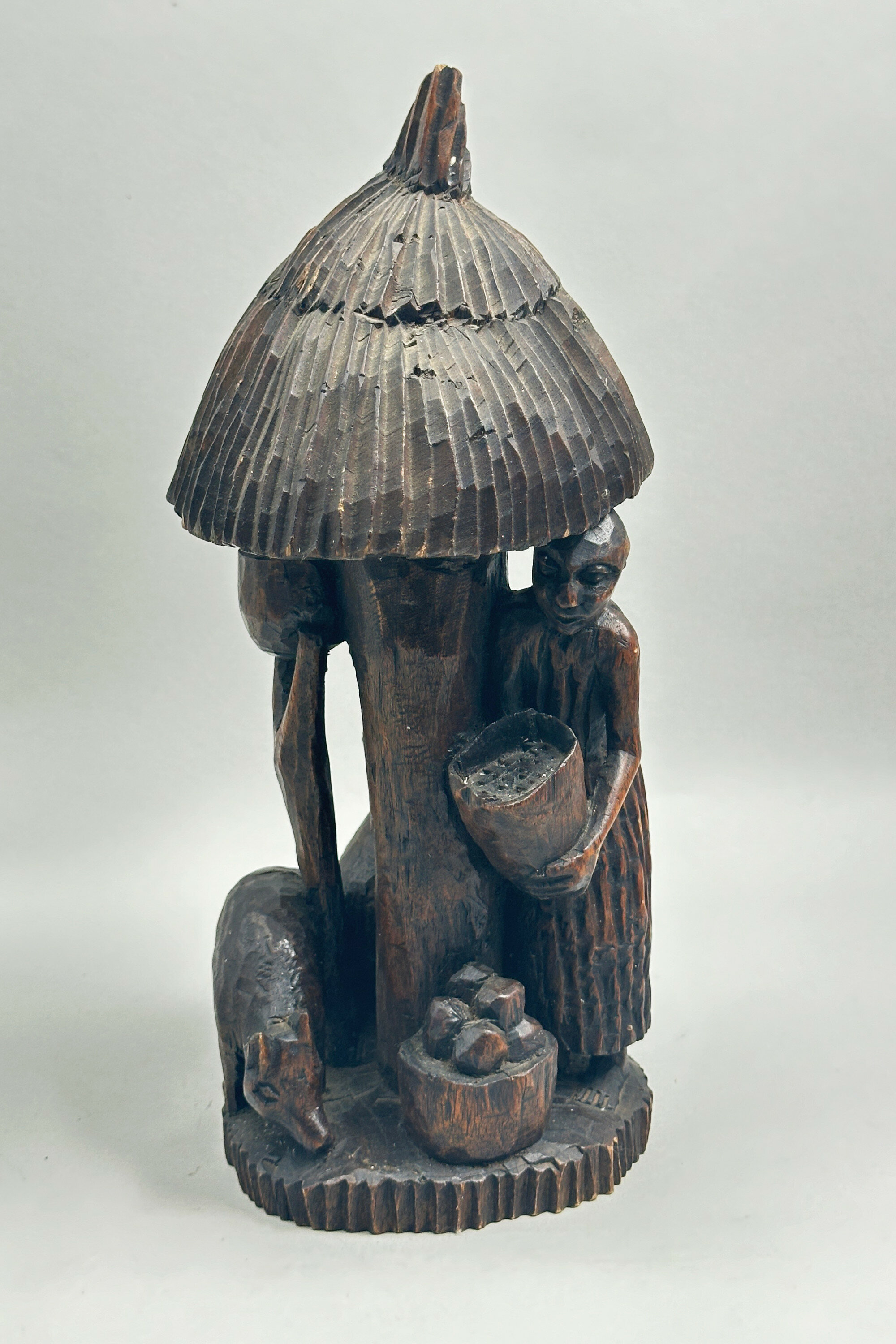
African wood figural group, Guinea c1970
Price: £35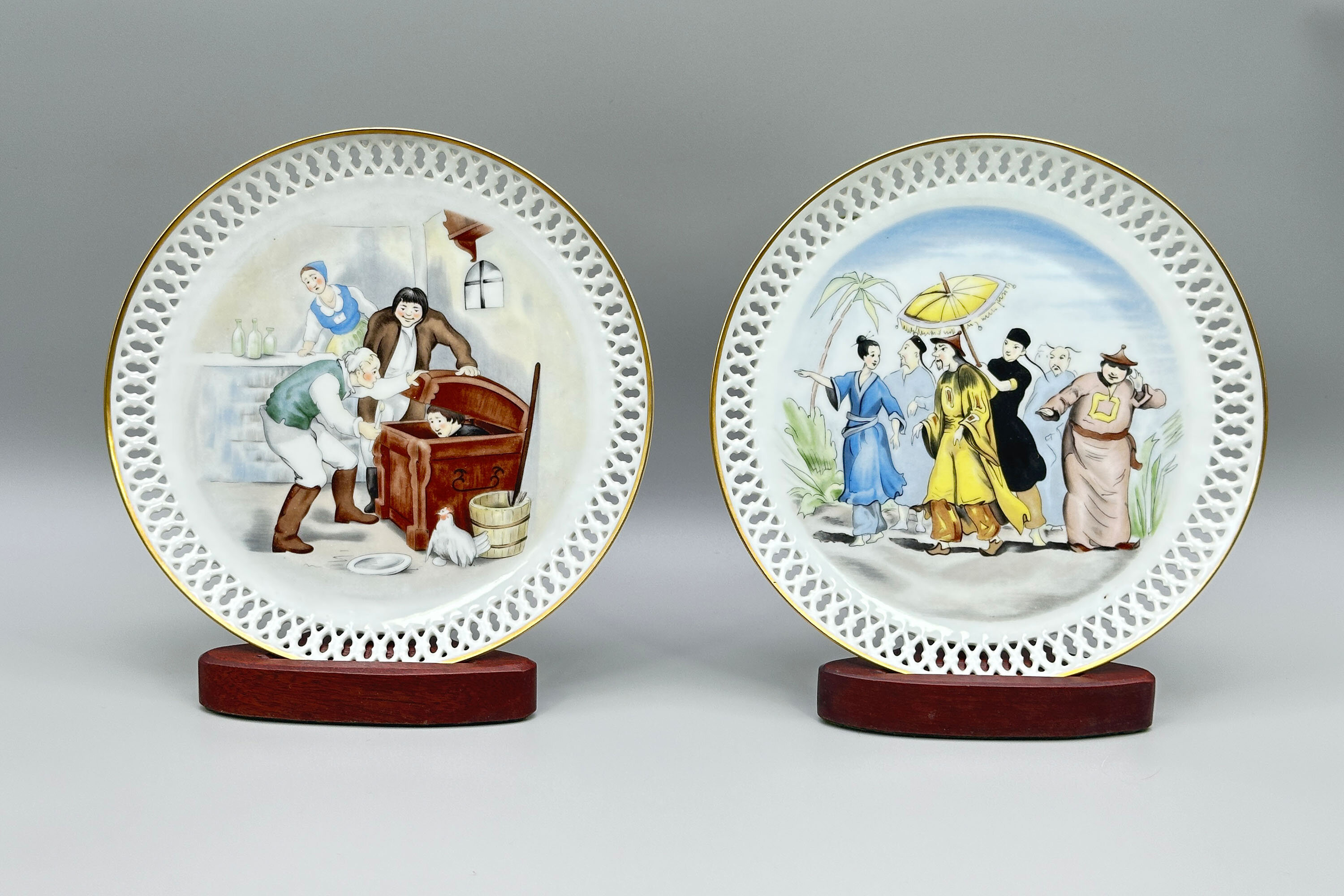
Two Bing & Grøndahl plates, scenes from Hans Christian Andersen, late C20th
Price: £45Bing & Grøndahl was established in 1853 by the sculptor Frederik Vilhelm Grøndahl and the merchant brothers Meyer Hermann Bing and Jacob Herman Bing. Their trademark, which can be seen on these two plates, was that of three towers, which was derived from the Coat of Arms of Copenhagen. Their designs proved popular and it is said that their dinnerware service in the ‘Seagull’ pattern could be found in one in ten Danish households in the 1950s. Eventually, in 1987 the company merged with its competitor, the Royal Porcelain Factory, under the name Royal Copenhagen, but some of the pieces produced thereafter still display the initials ‘B&G’ and the three tower symbol, as here. Originally sold with fitted boxes (not included here), these plates were probably produced in the early years after the merger and are sought after as collectors’ items today.

Fun lot of two Indian silver elephant brooches c1930
Price: £45
